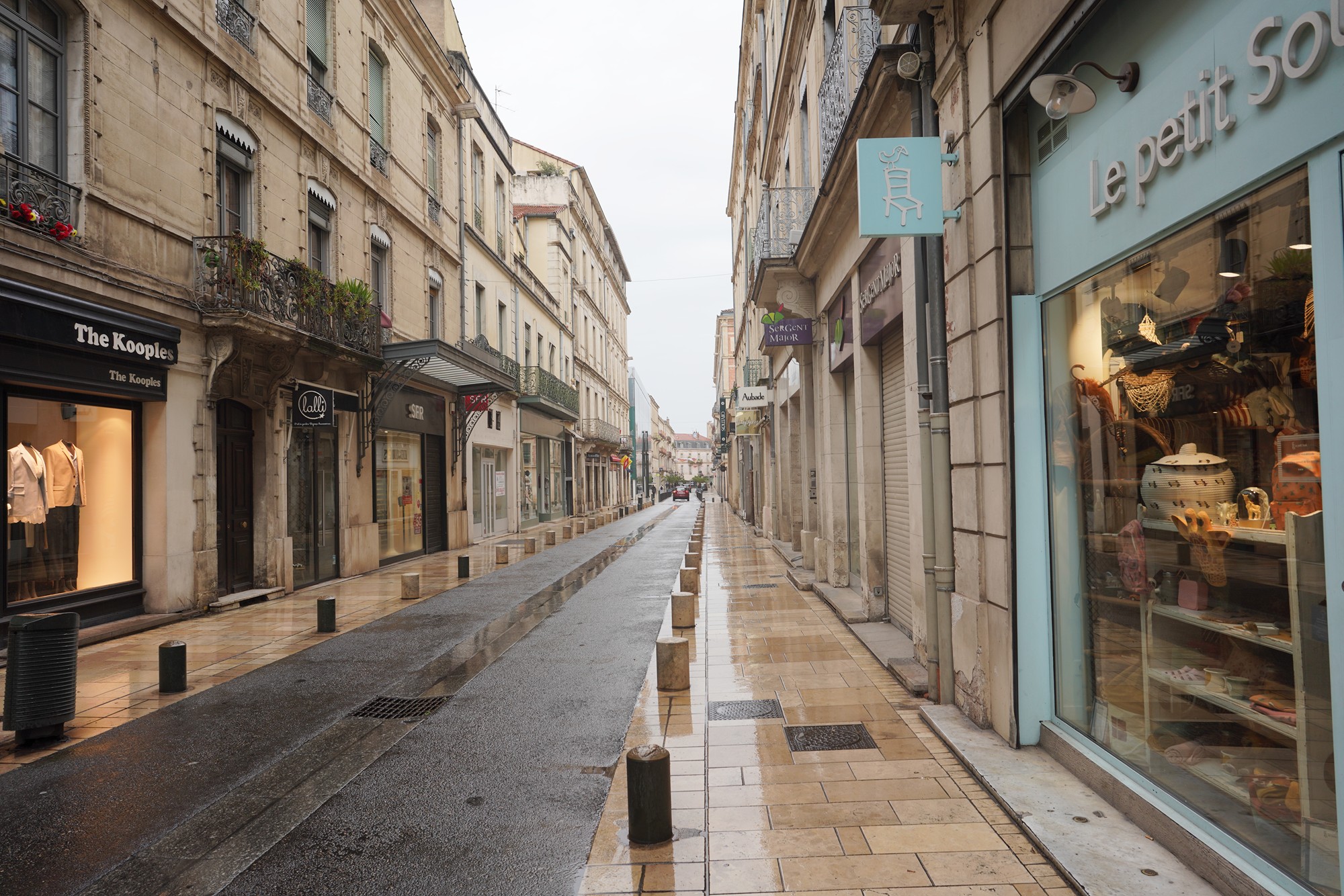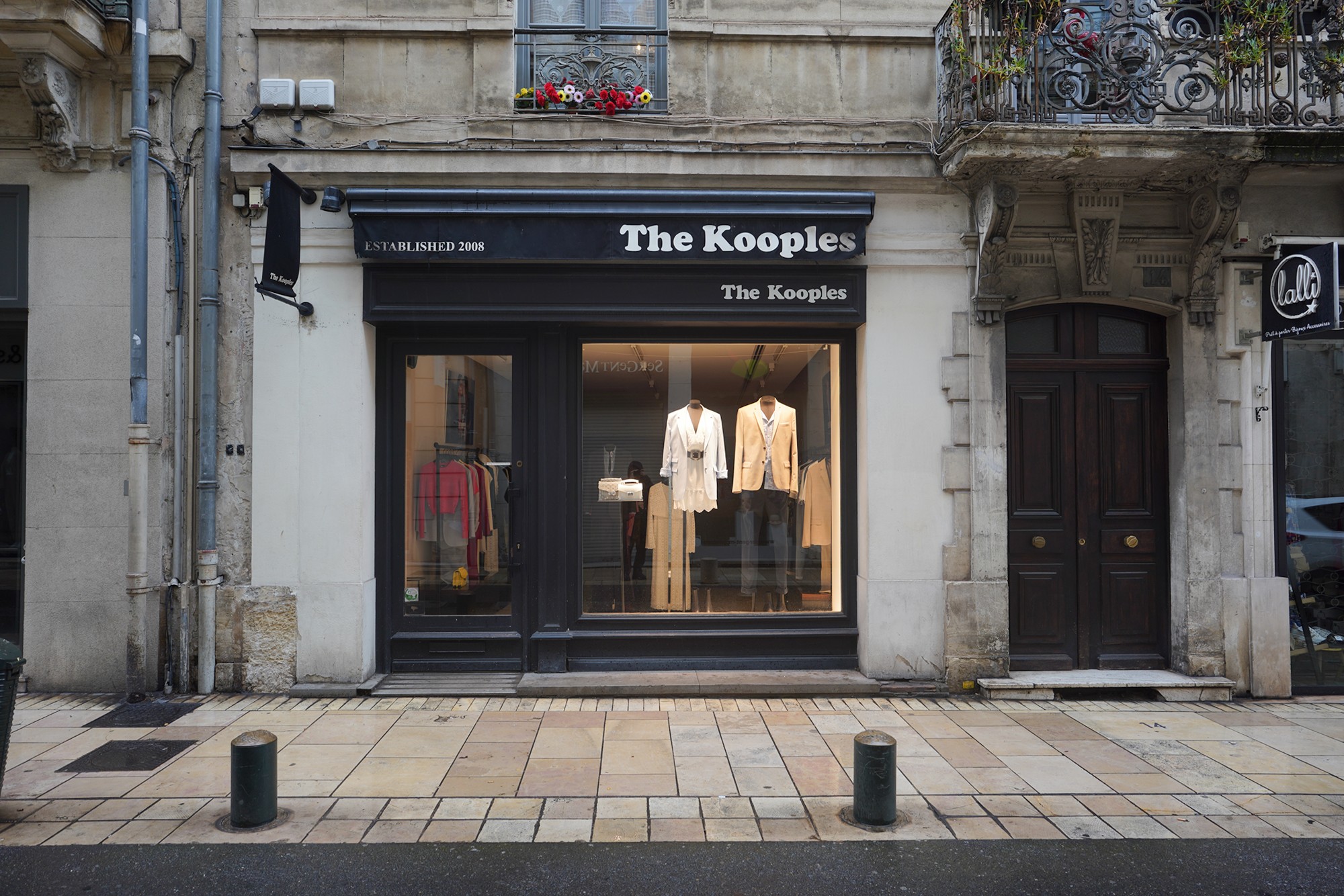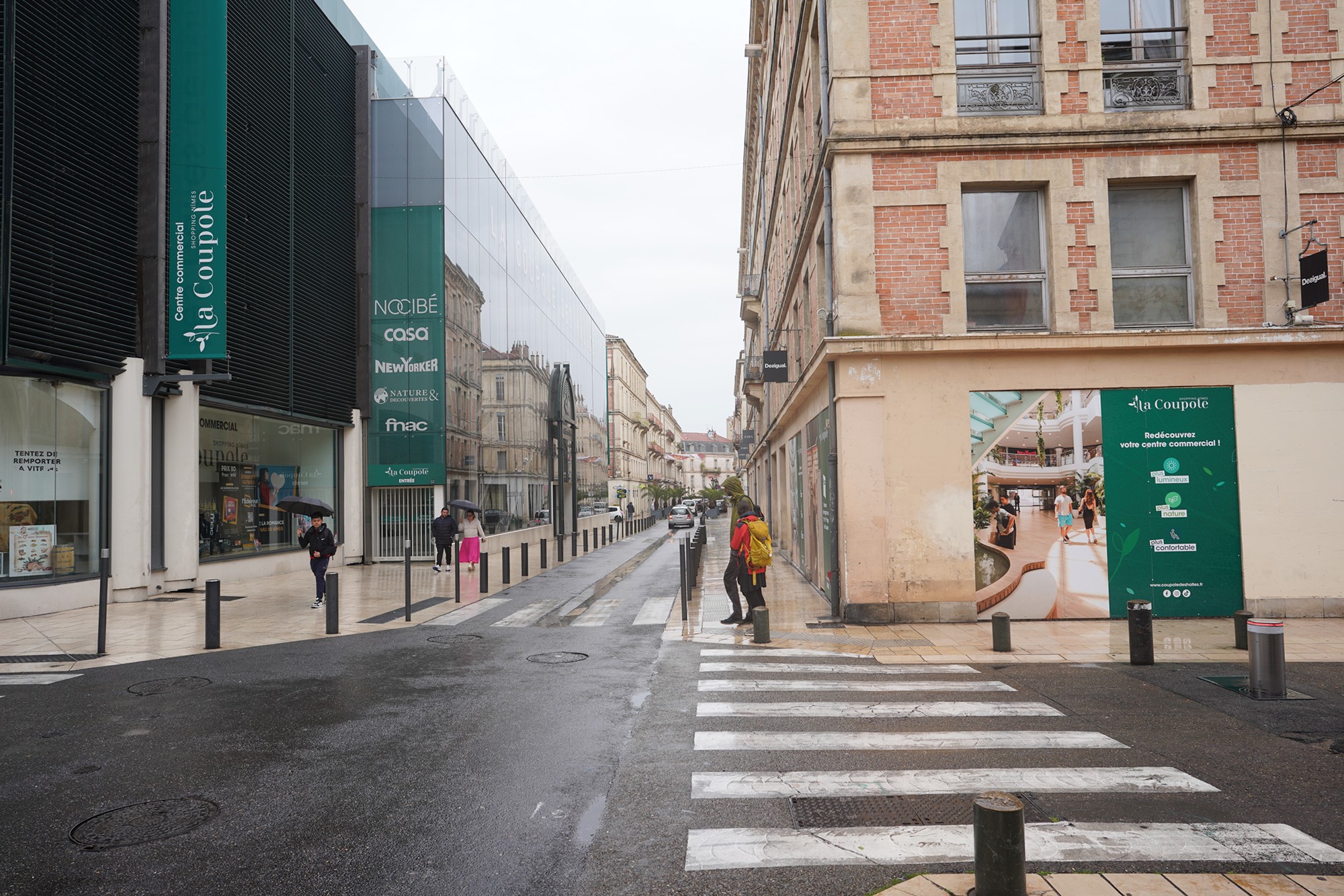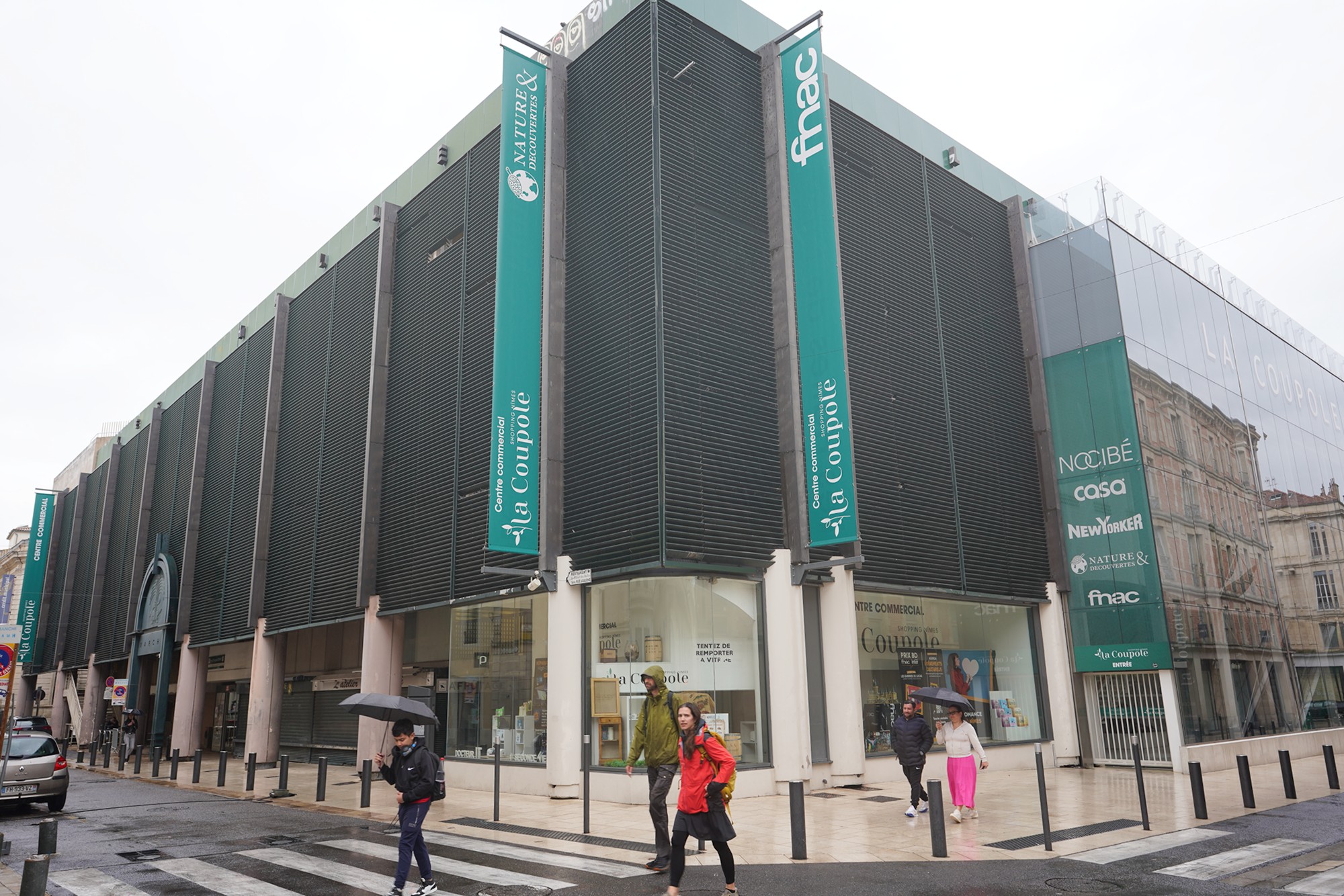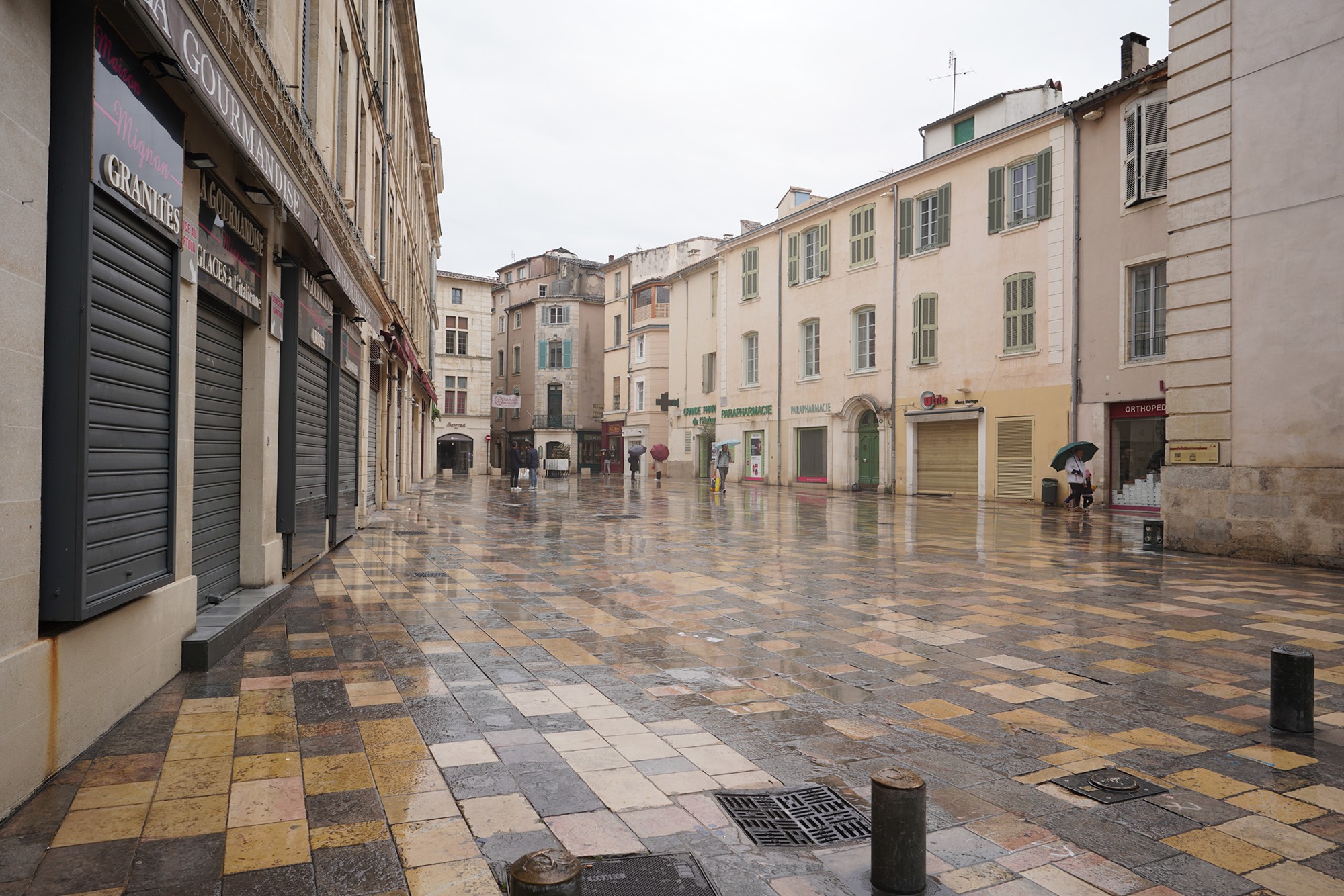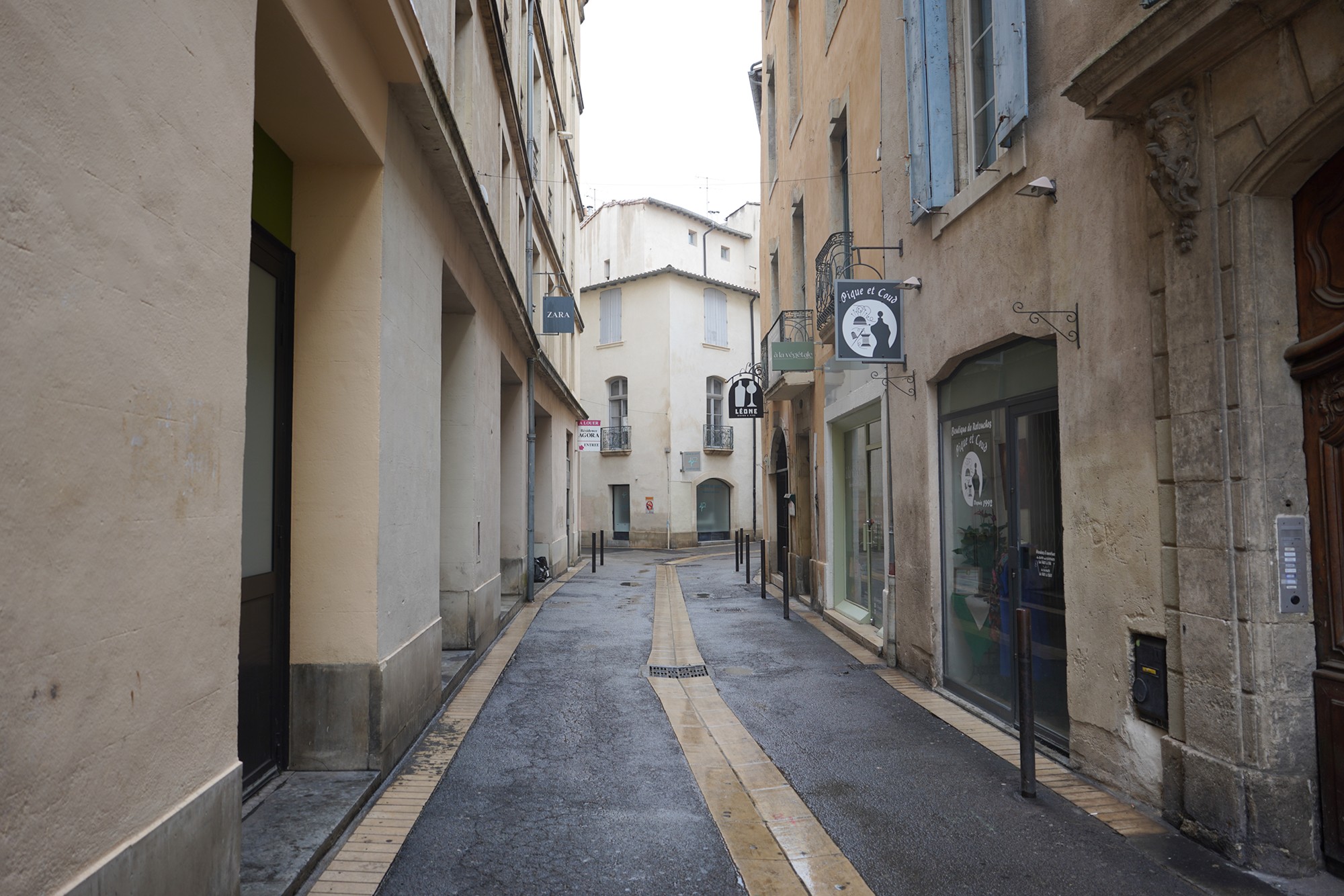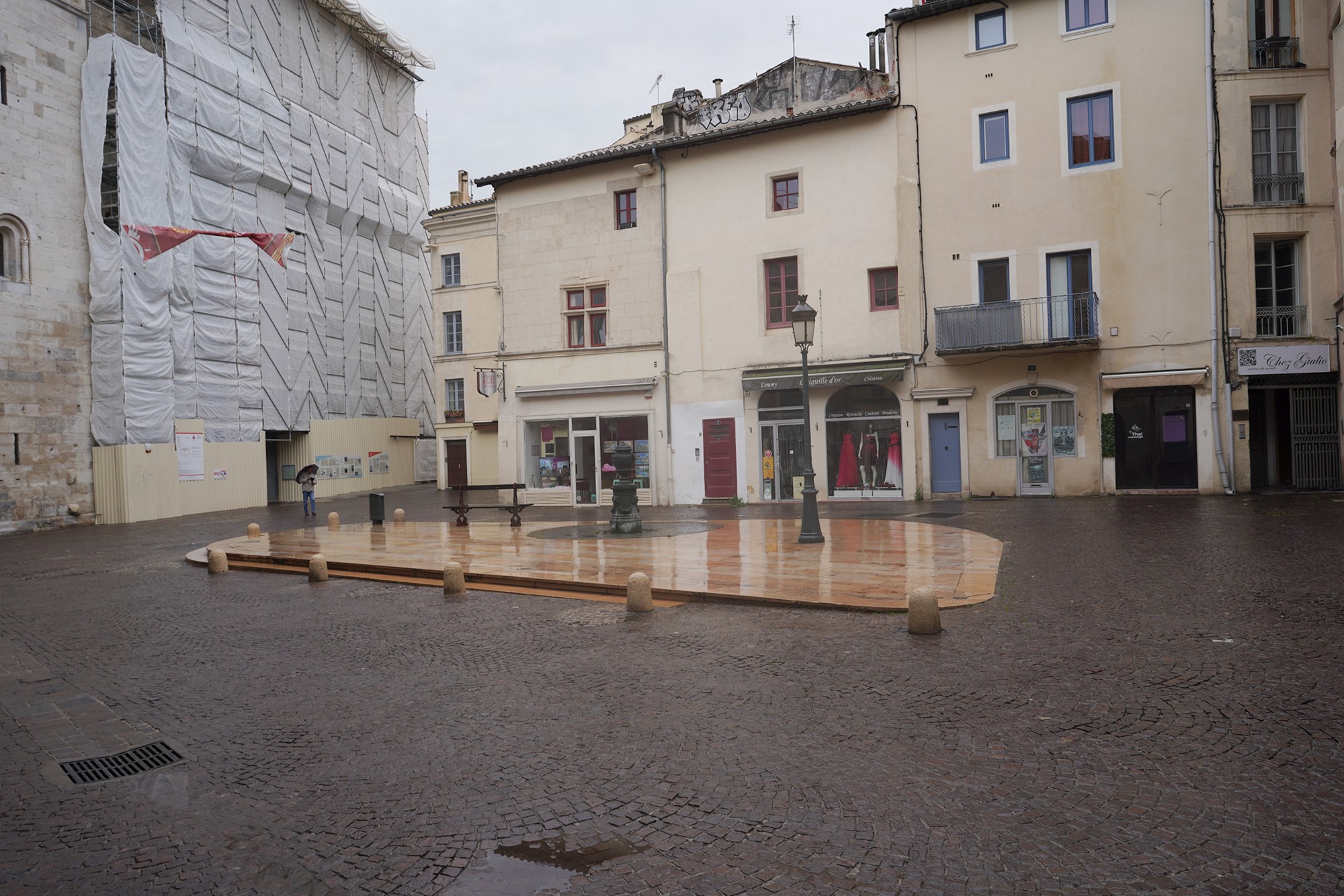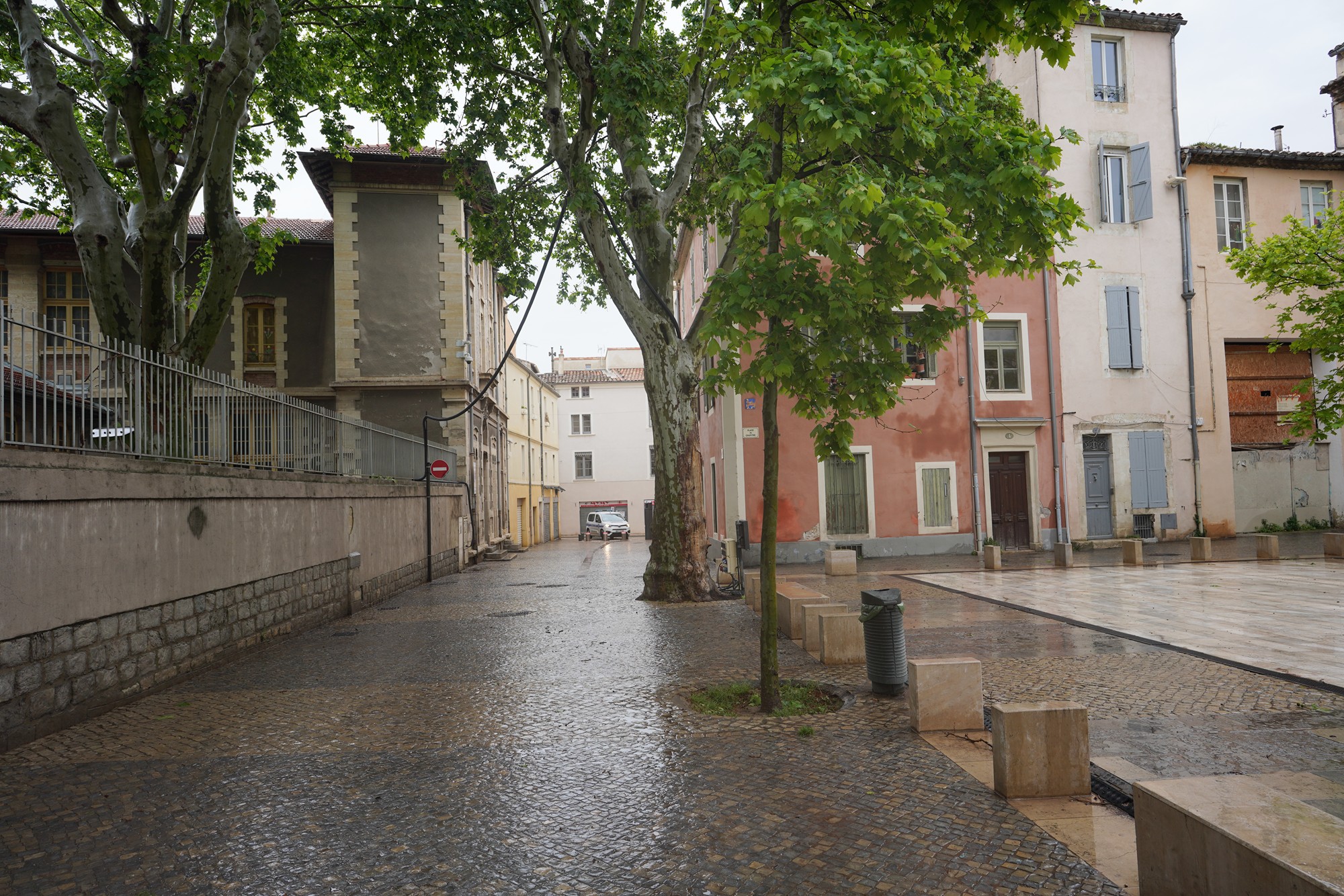Day Trip to Pont Du Gard and Nimes, France
Pont Du Gard and Nimes are two towns easily reachable from Arles. 896
Pont Du Gard Bridge: 30210 Vers-Pont-du-Gard, France
Nimes: Pl. de la Maison Carrée, 30000 Nîmes, France
Date Picture Taken: April, 2024
The main reason to visit Pont Du Gard is to see the Roman Aqueduct in the region. To reach this visitor center of the aqueduct, one must take a train and a bus from Arles.
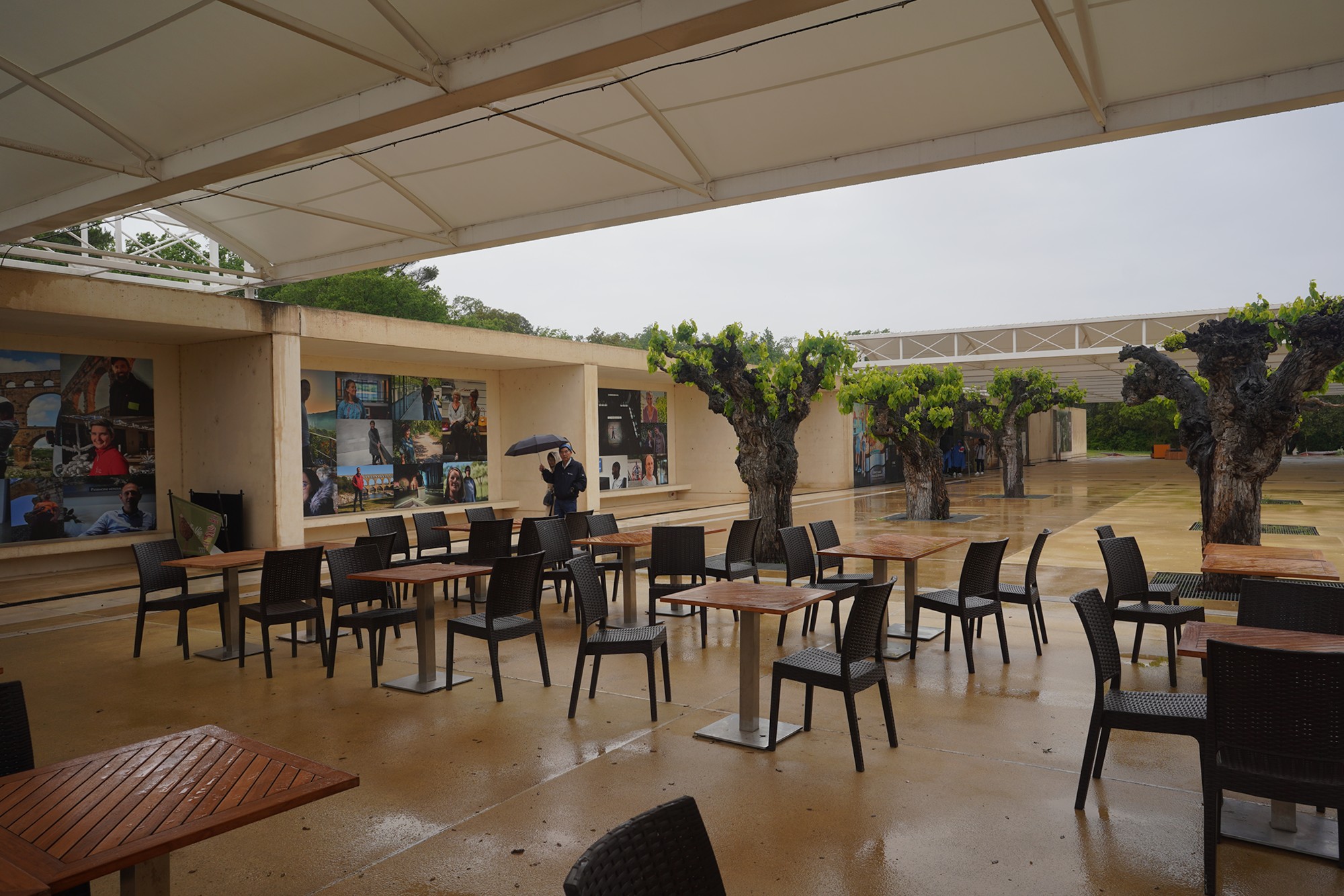
In the same building structure as the visitor center, is a museum about the aqueduct.
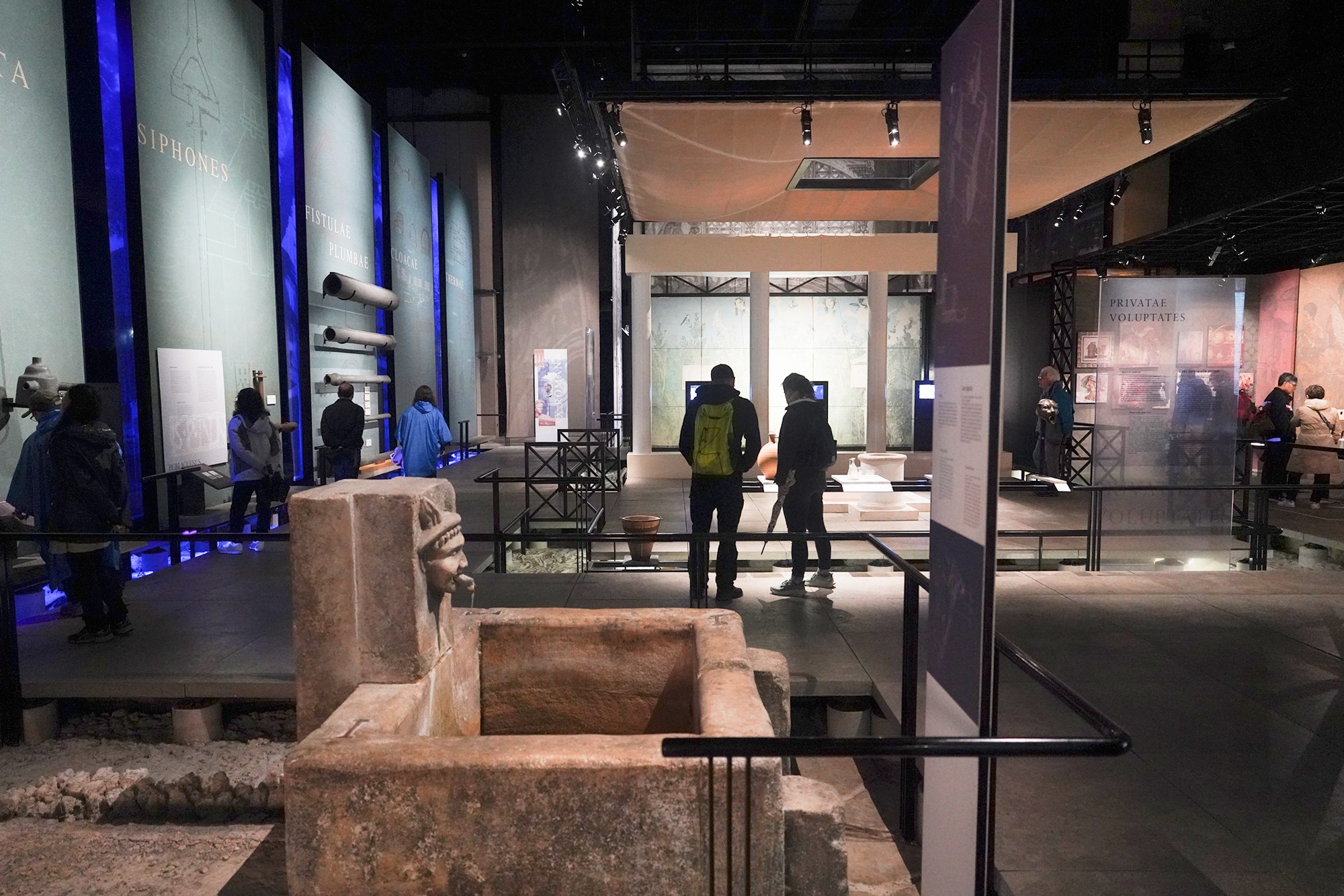
A model of a house in the Roman period with public water system. It looked very modern to me.
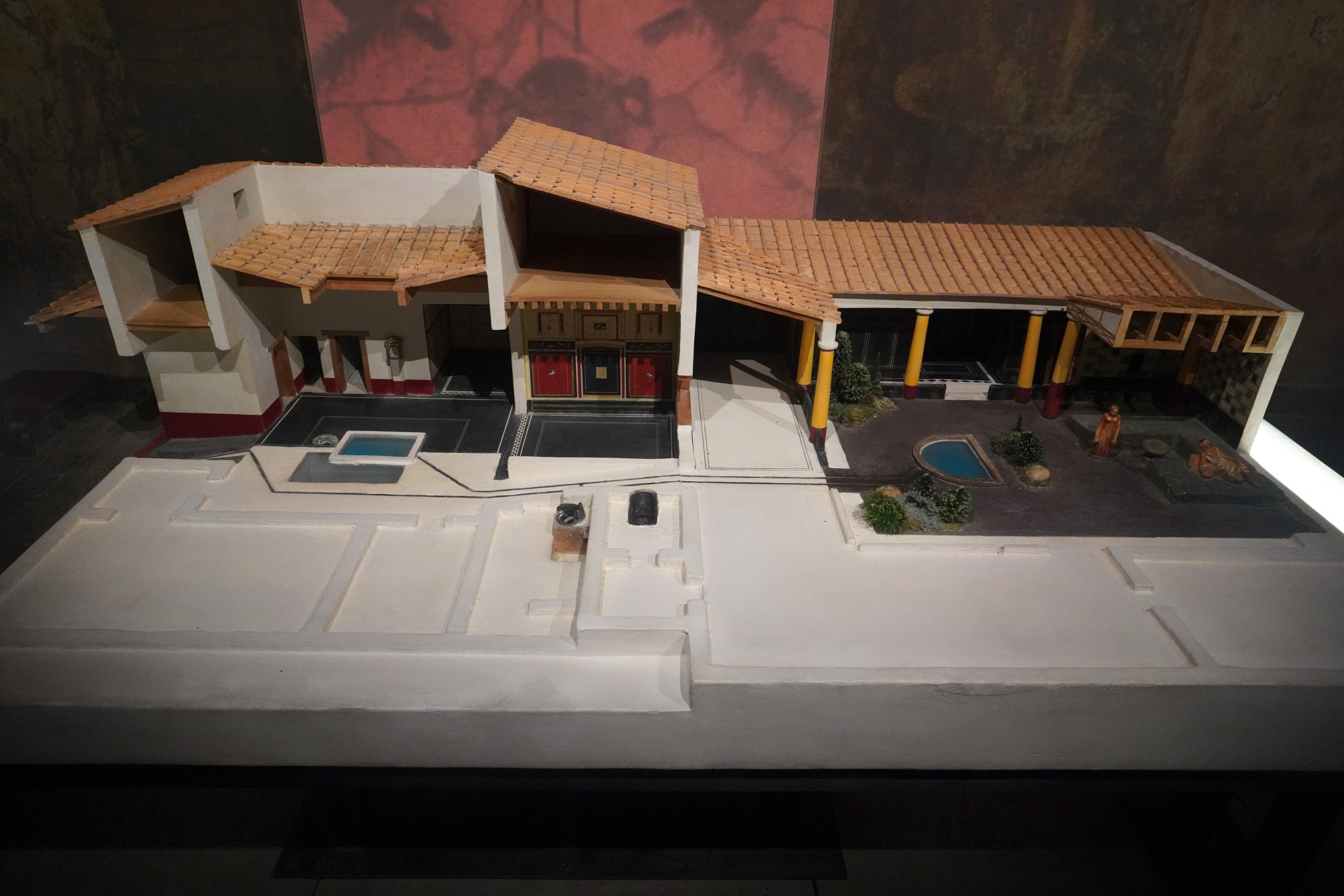
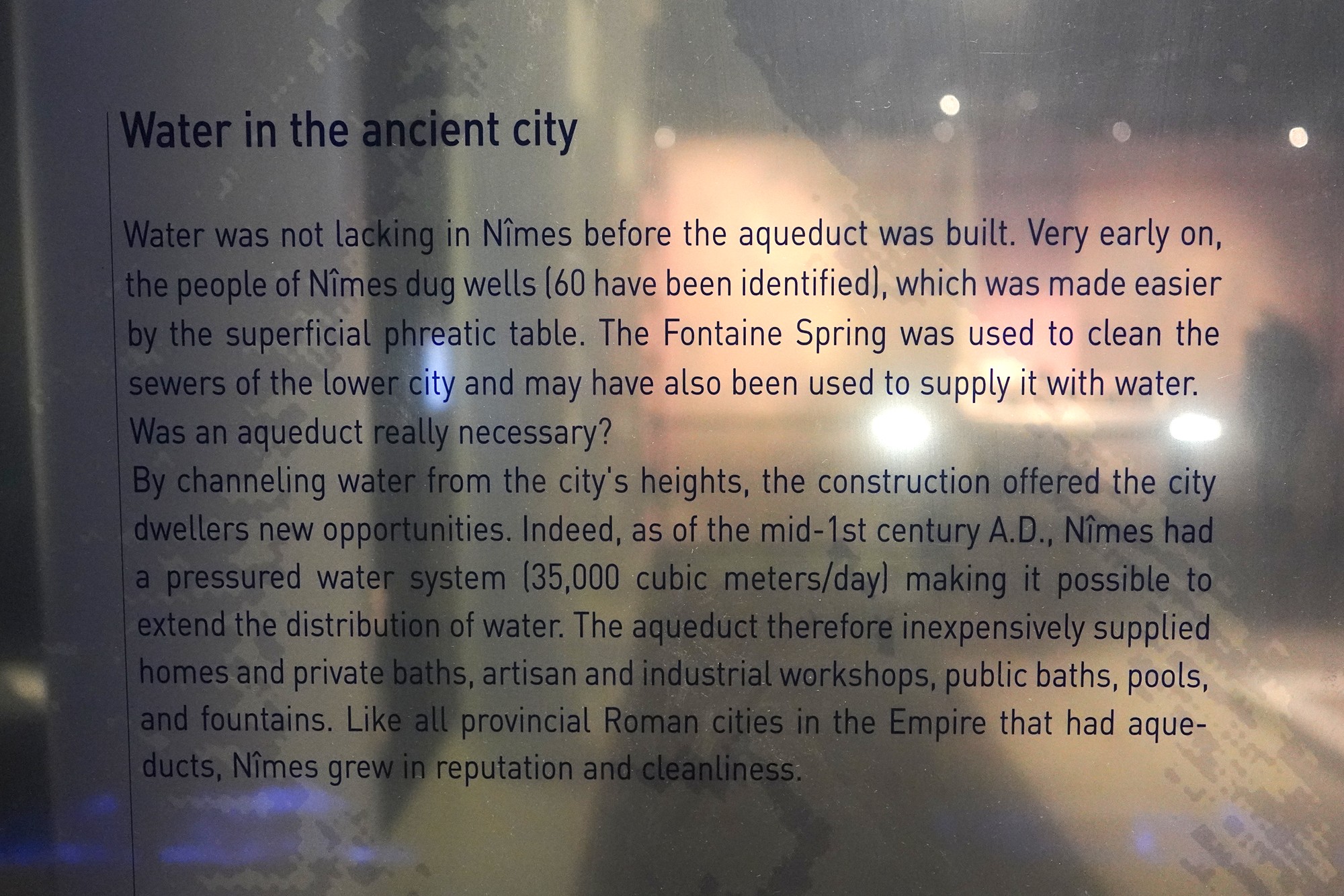
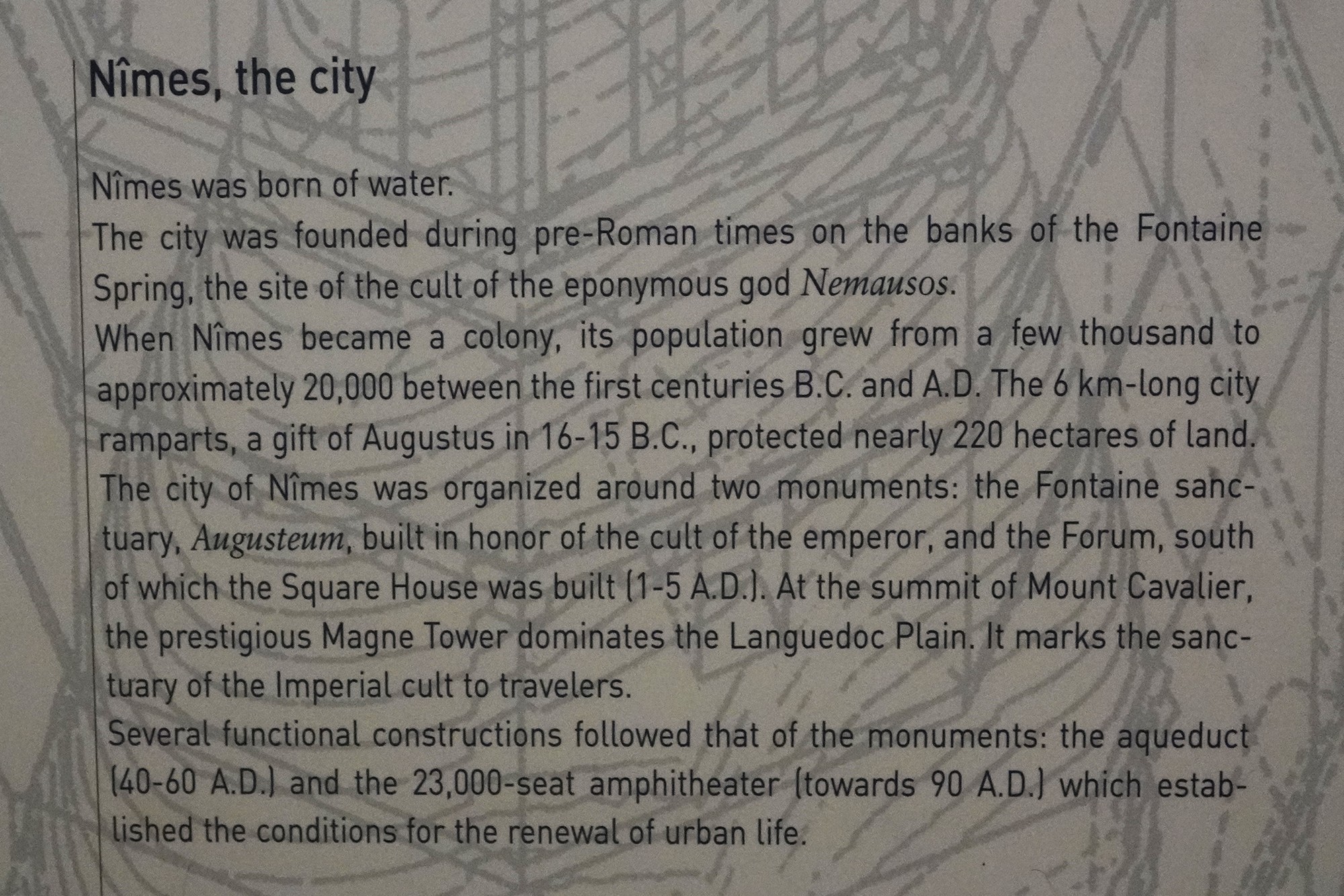
Roman aqueducts were a key component of the infrastructure that supported the Roman way of life, urbanization, and the expansion of the empire. Their construction and maintenance were critical for the sustainability and prosperity of Roman cities and towns.
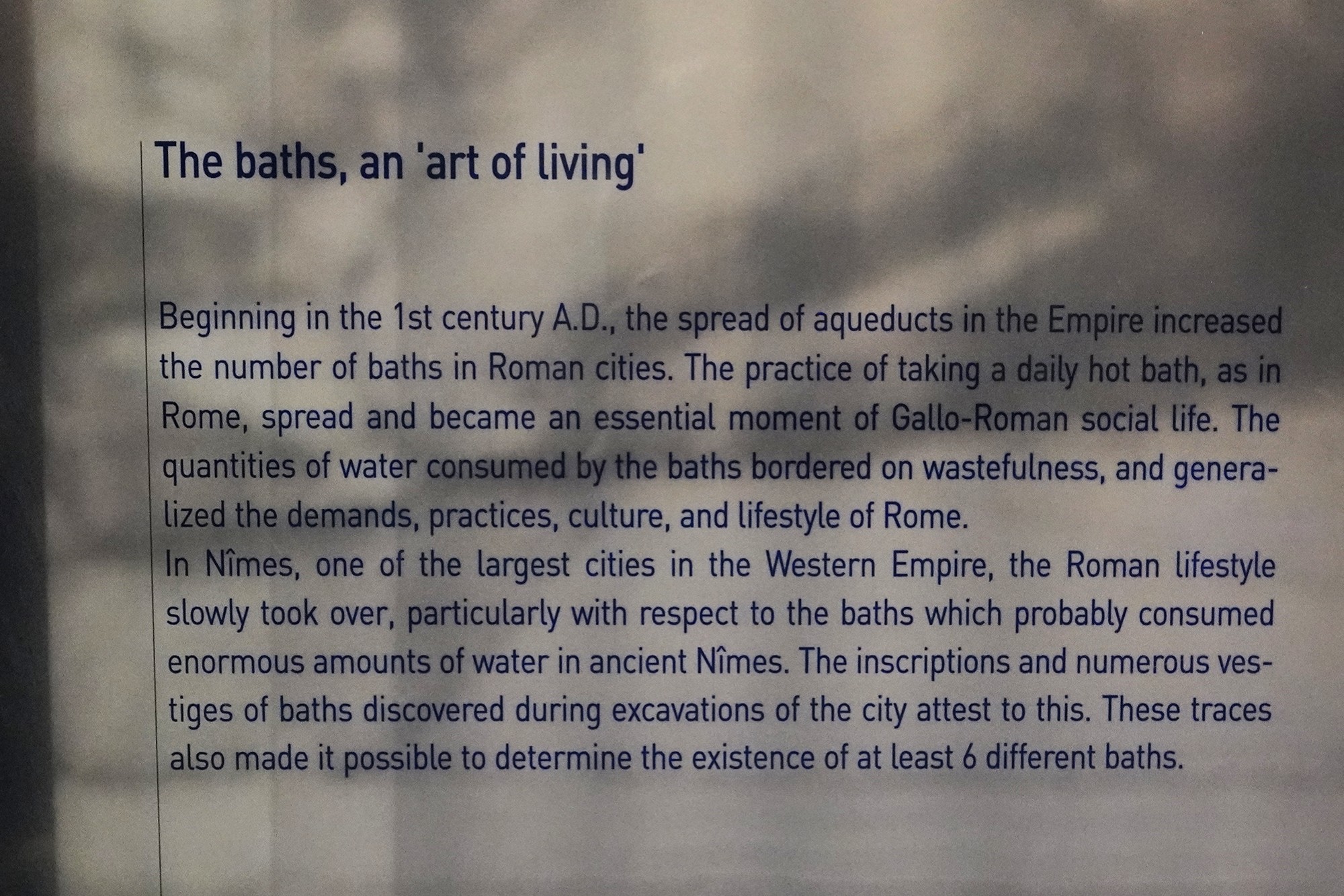
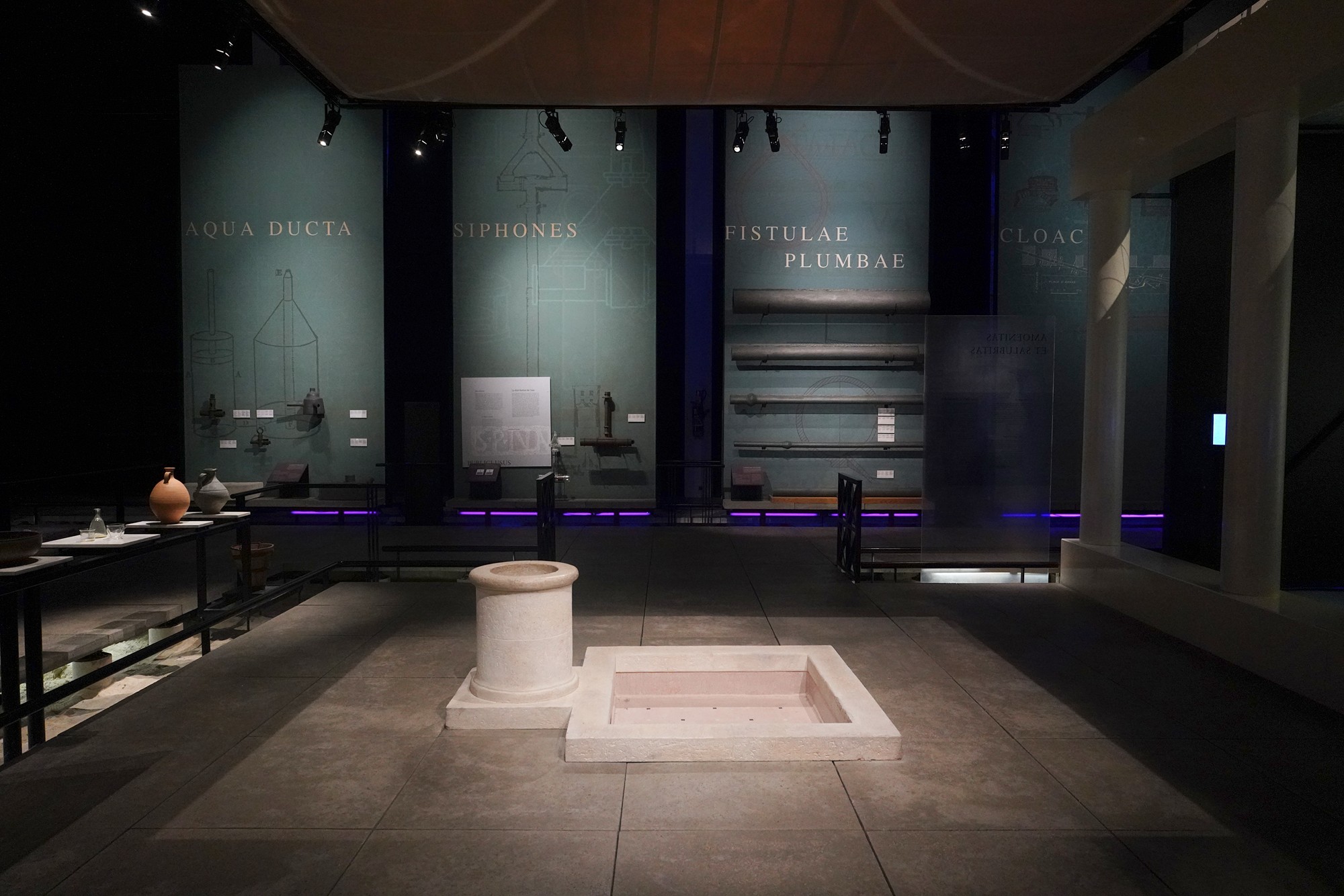
The water and pump pipes in the Roman period
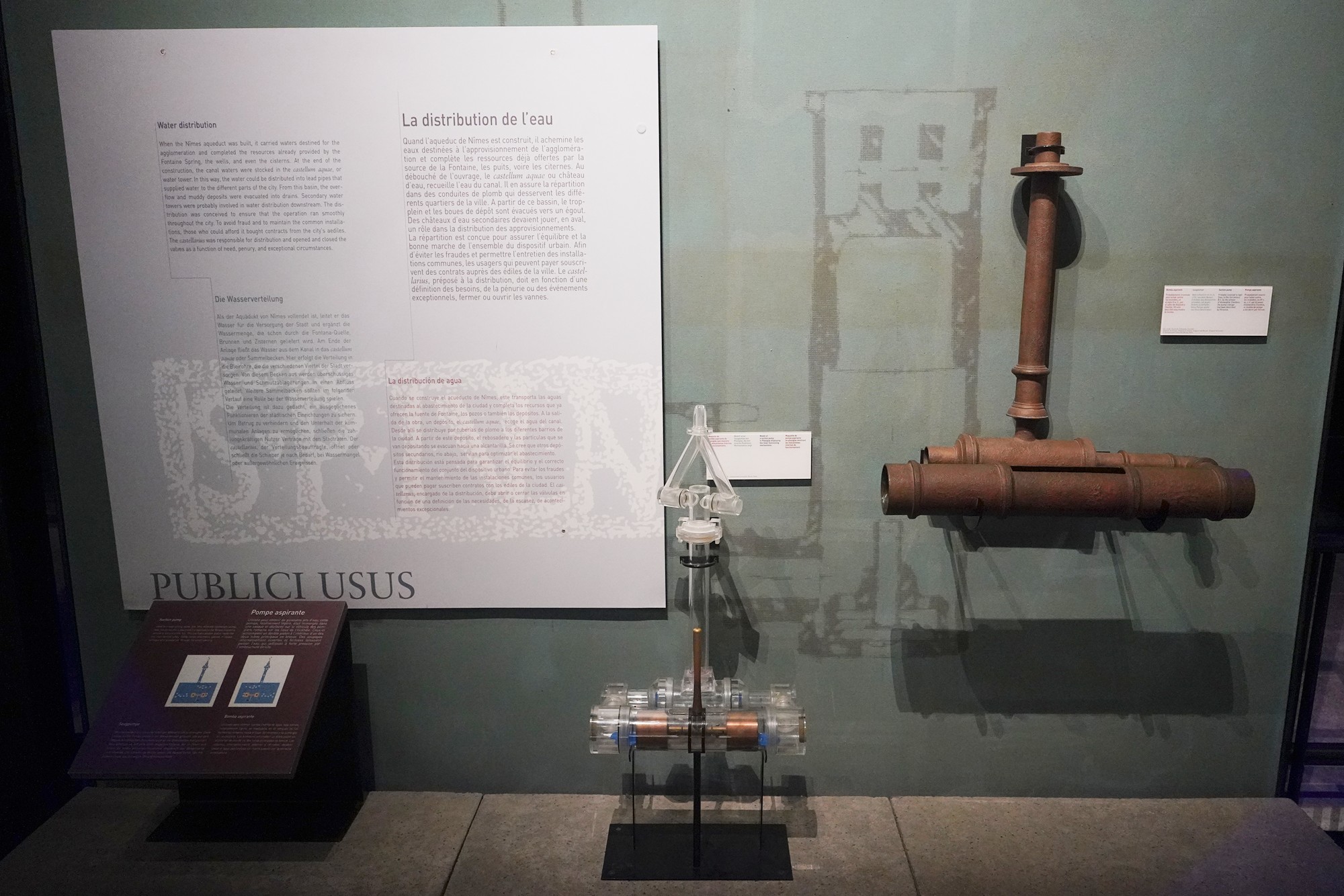
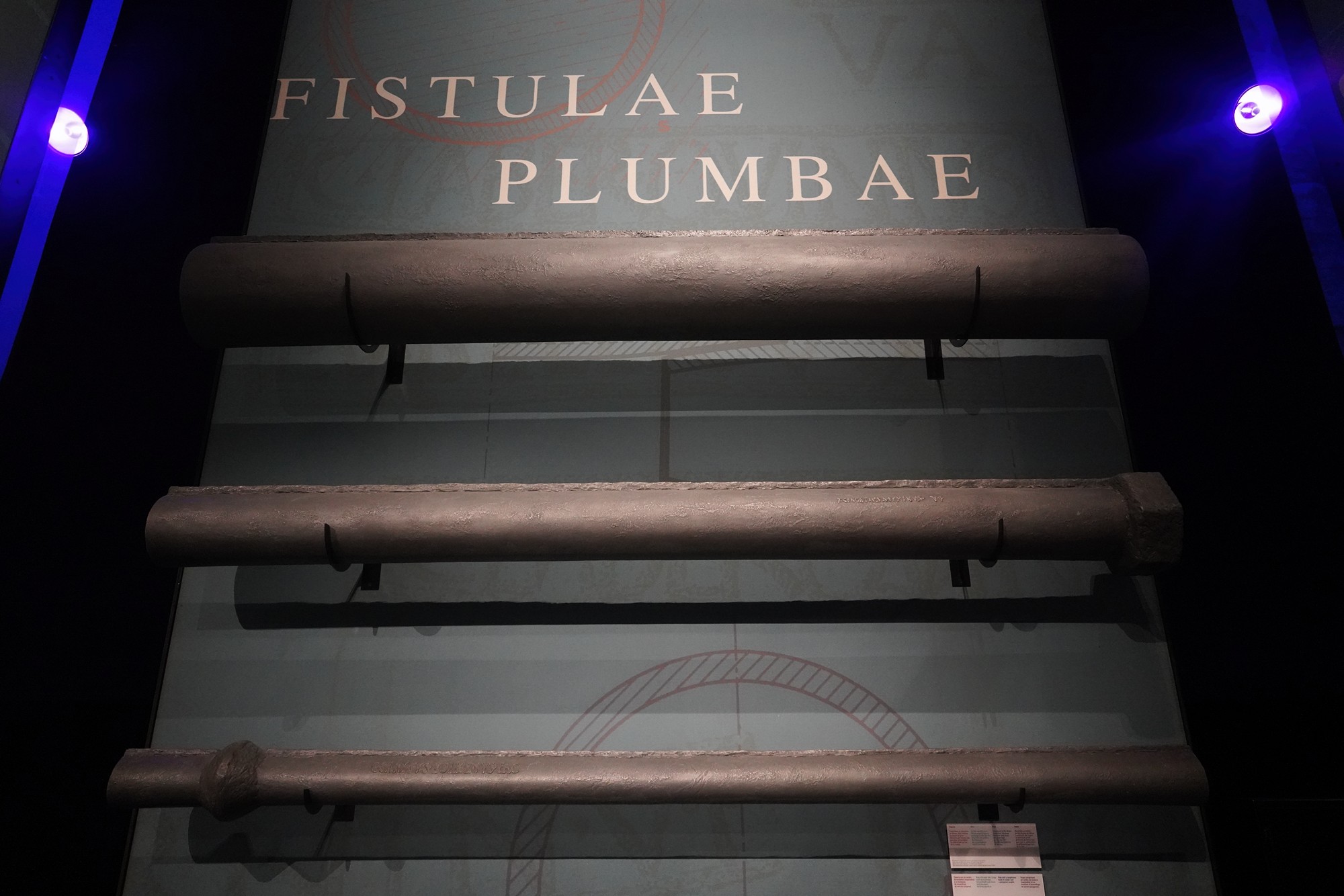
Aqueducts provided a reliable source of fresh water for drinking, cooking, and cleaning in private homes. They supplied water to public baths, which were essential for hygiene, socializing, and relaxation. Public fountains and water points were supplied by aqueducts, making fresh water accessible to all citizens.
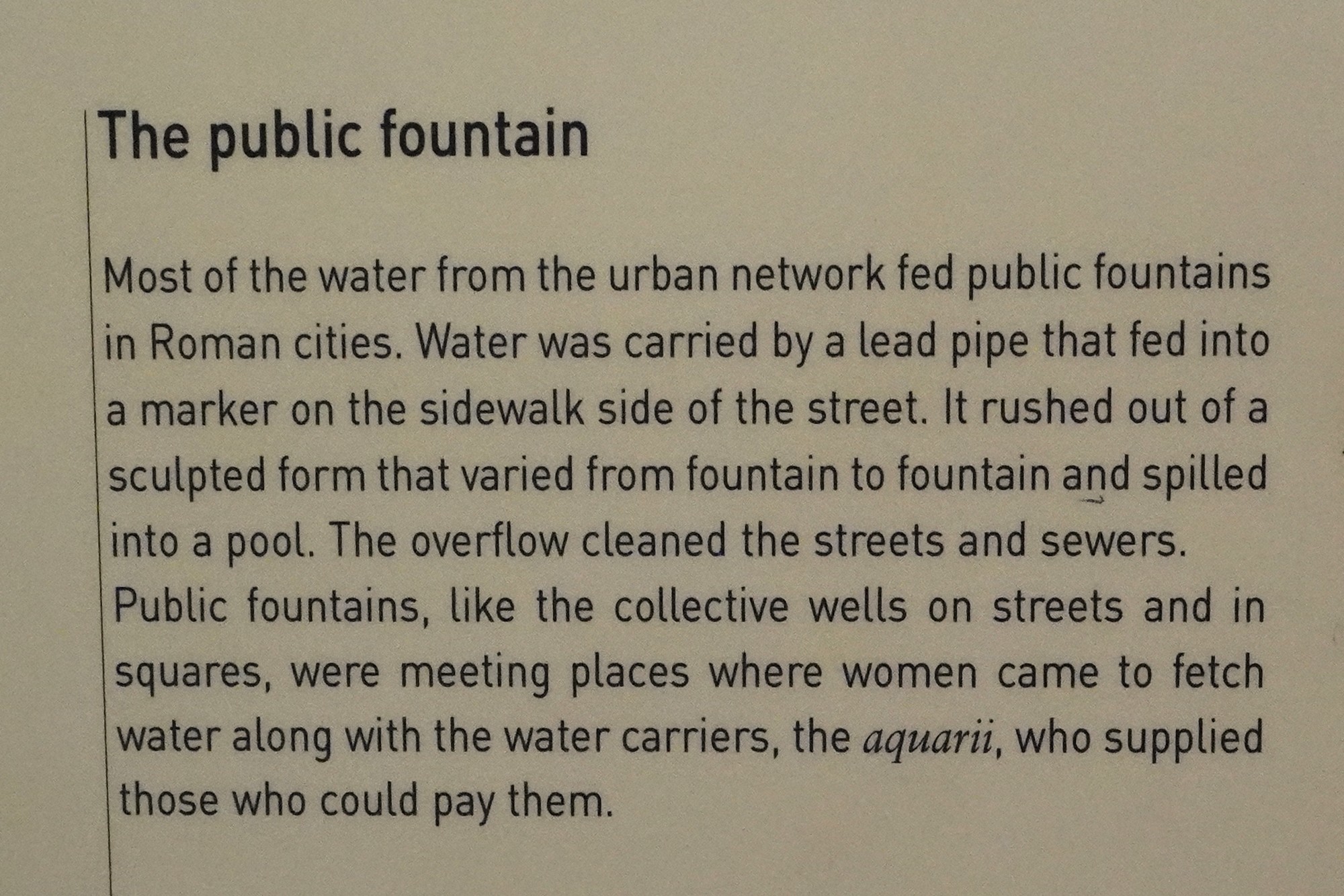
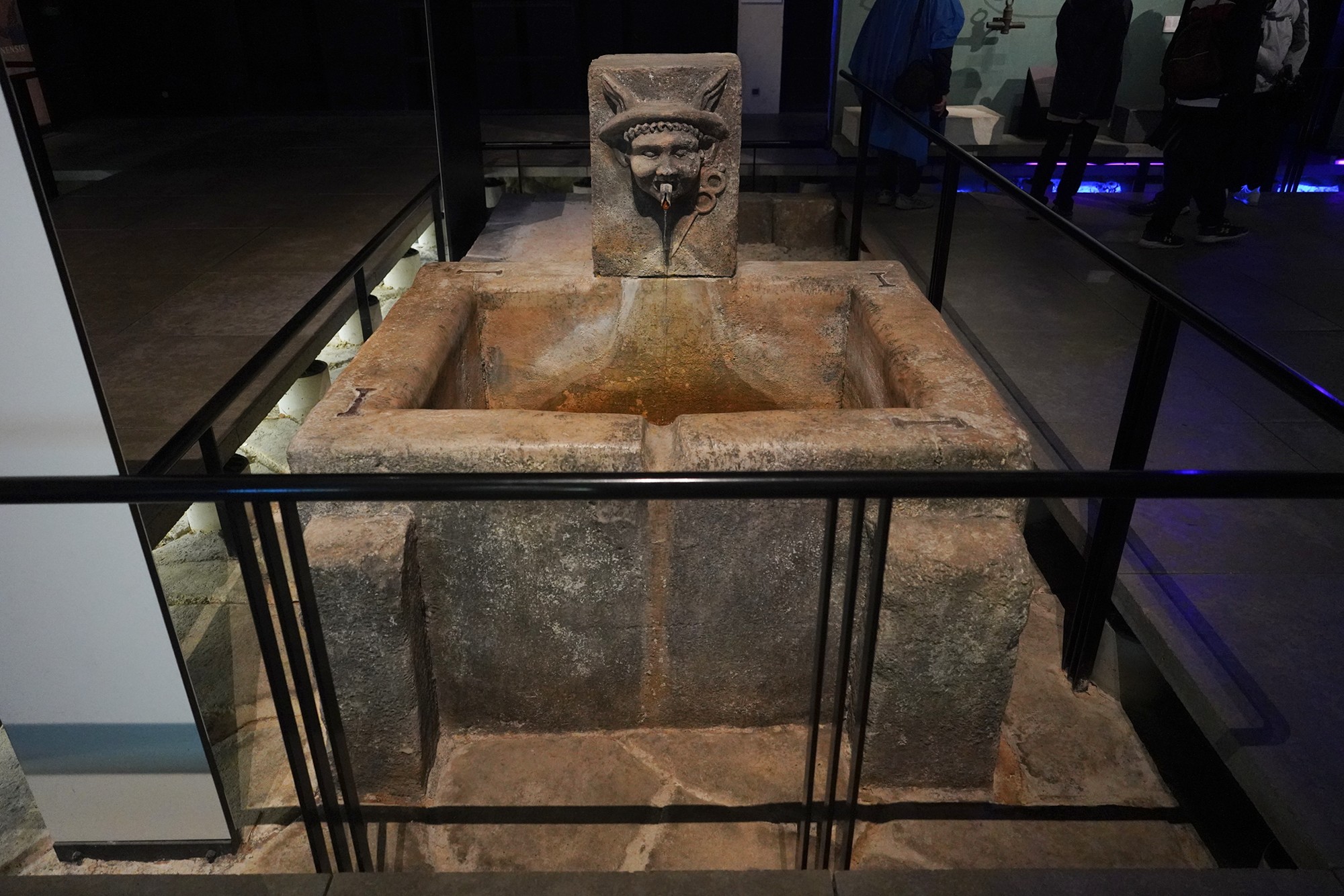
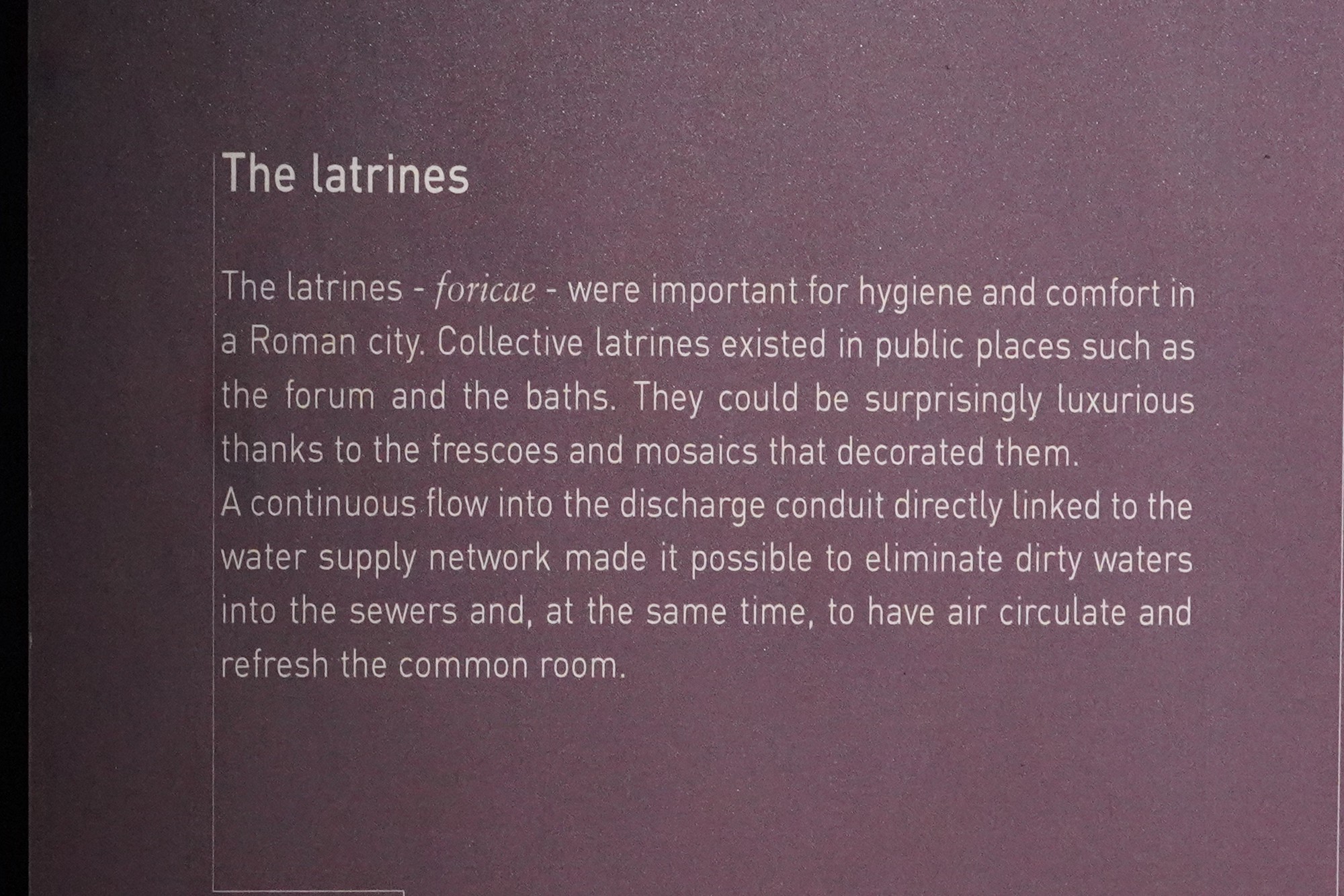
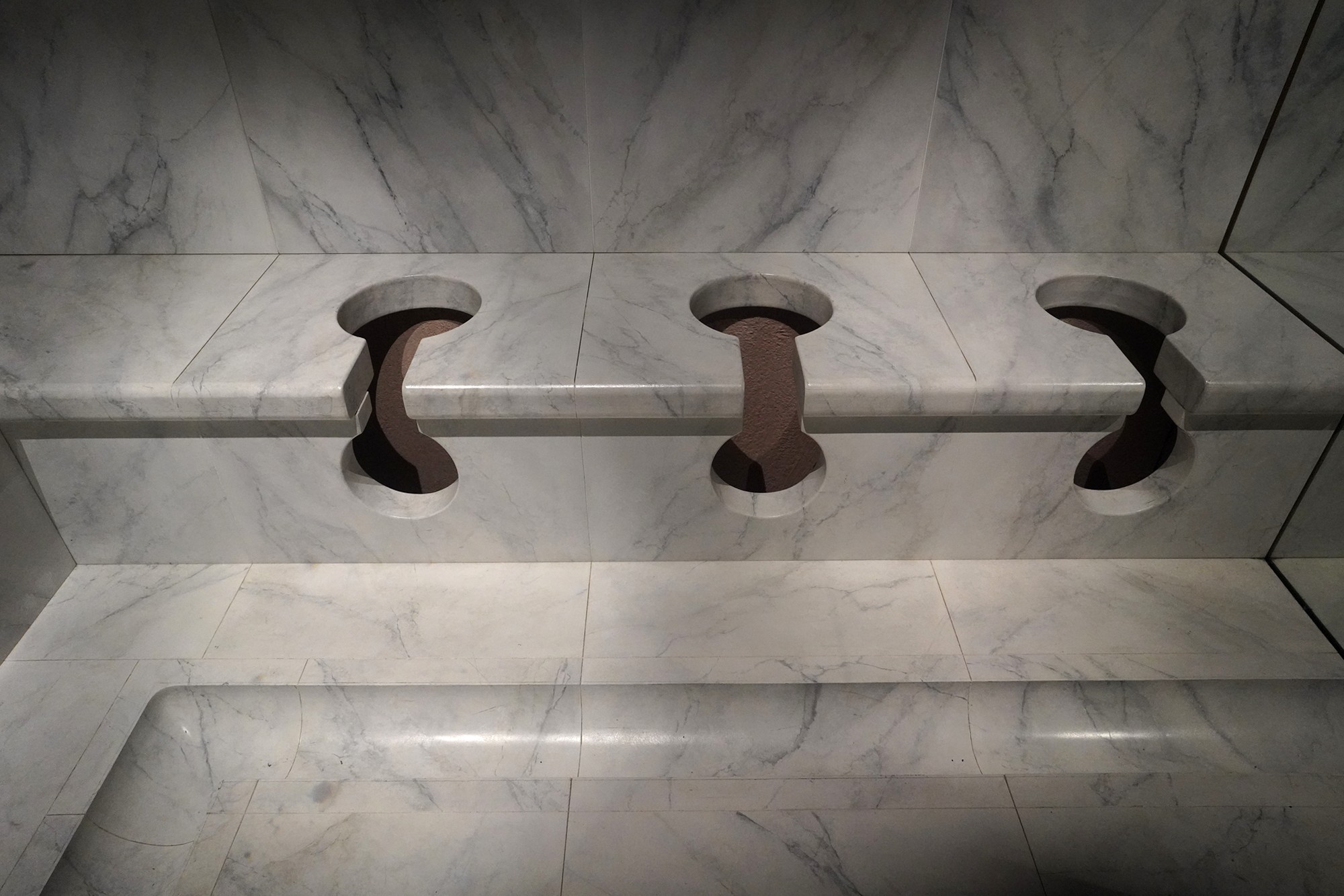
Aqueducts played a crucial role in the functioning of the Roman sewer system (cloaca maxima), helping to remove waste and maintain public sanitation. Access to clean water helped reduce the spread of waterborne diseases, improving public health and hygiene.
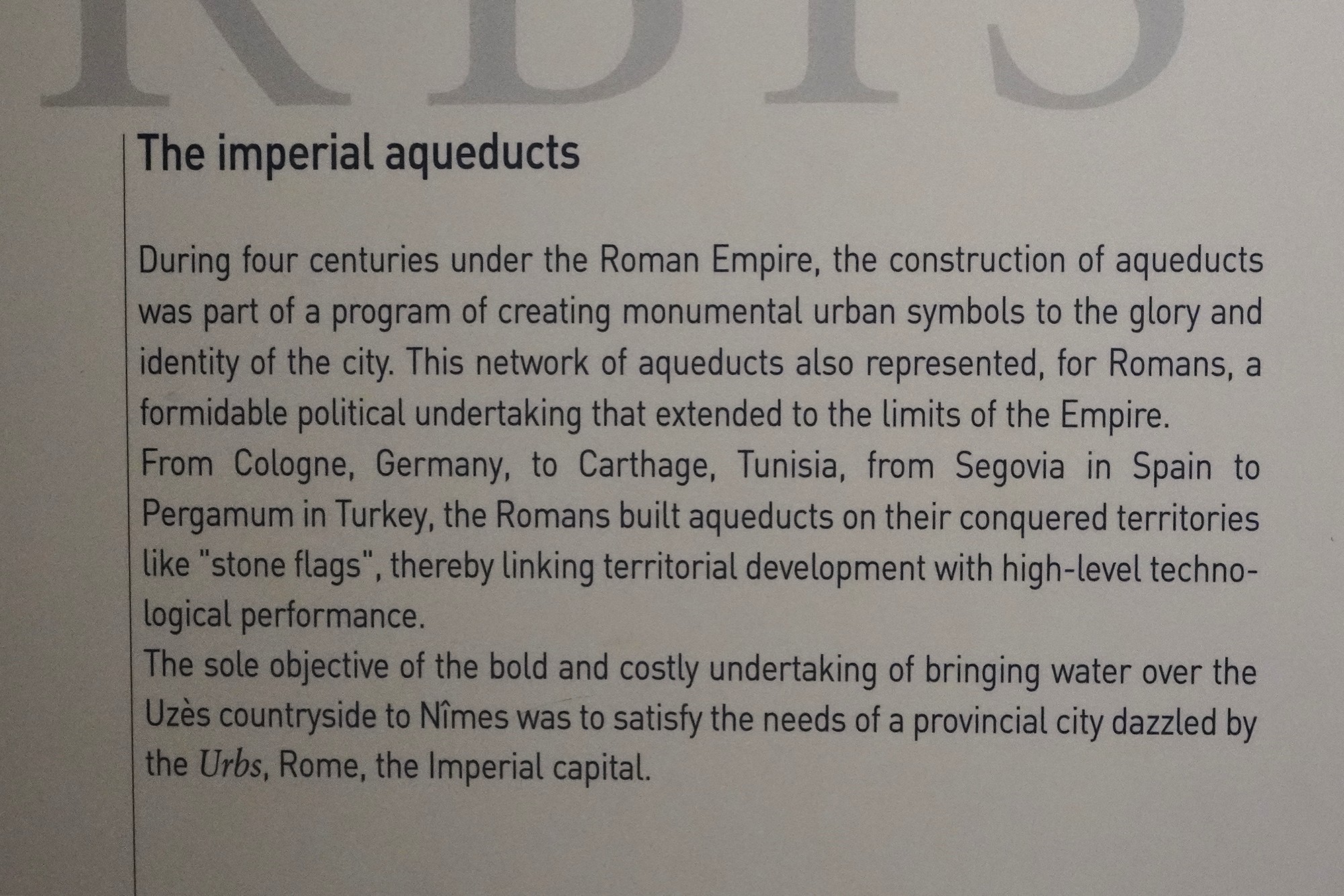
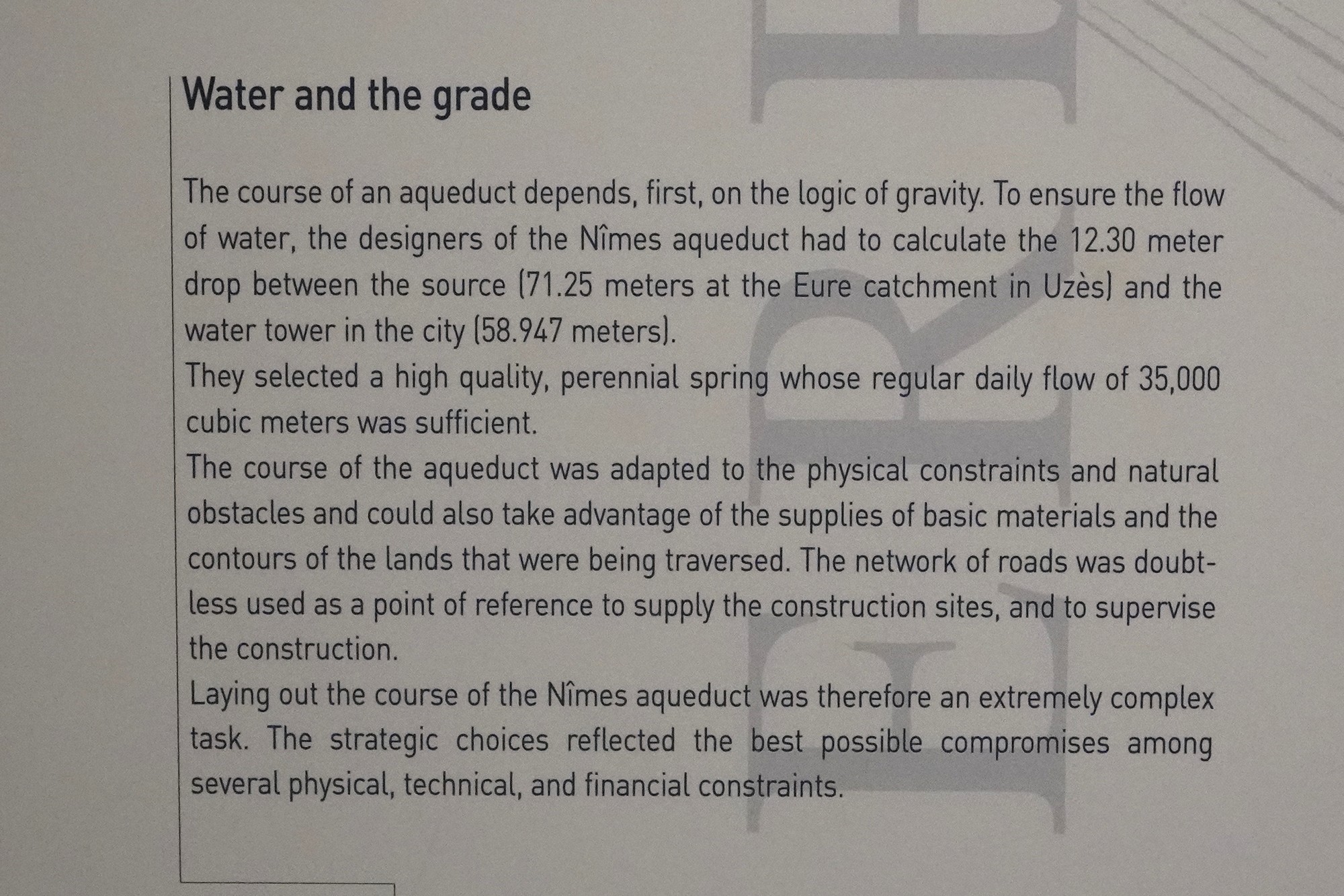
The map of the aqueduct from the water source in the mountain to the city
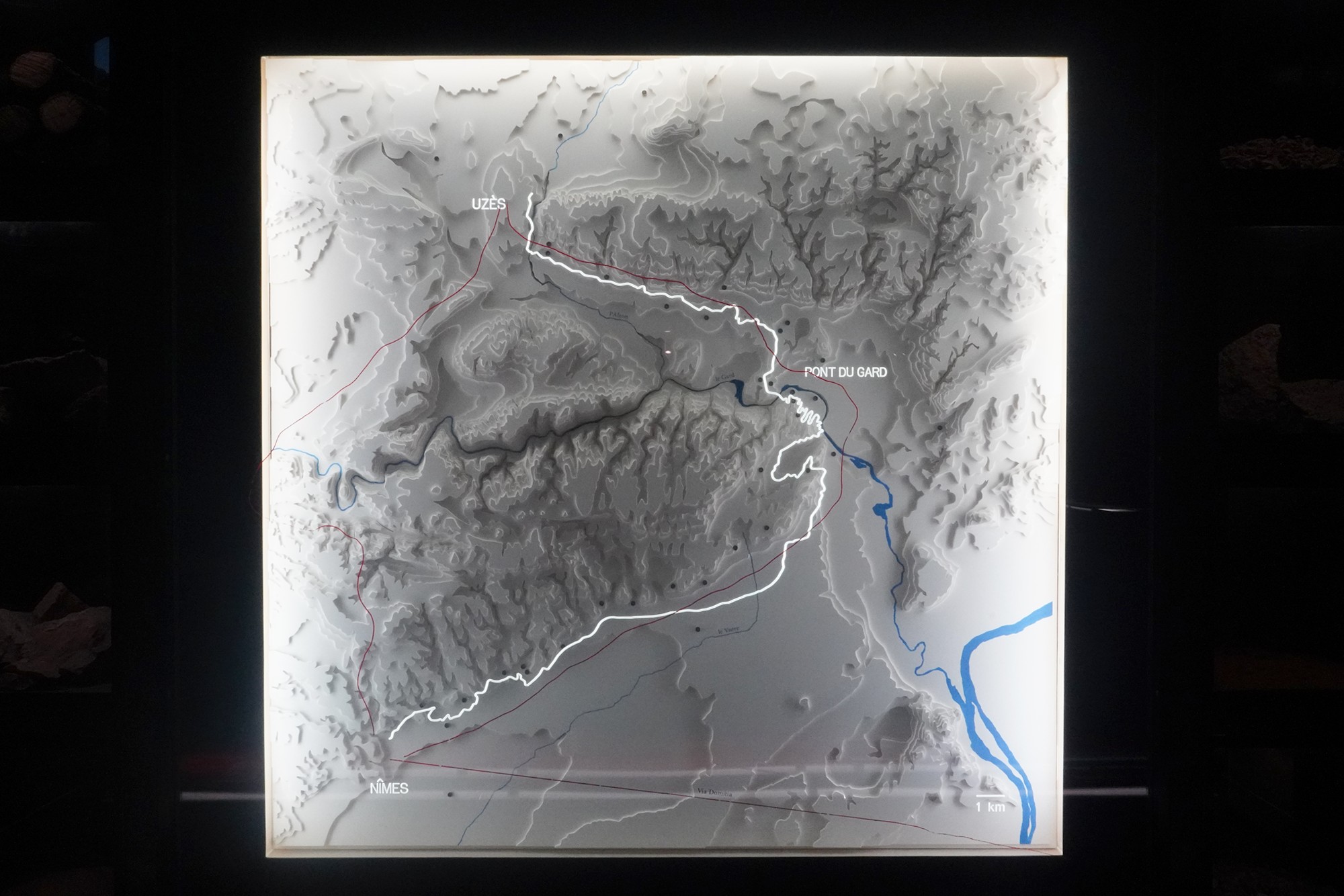
Many measuring instruments were used to build the aqueduct.
The construction of aqueducts showcased Roman engineering skills and technological innovations. It was a testament to their ability to solve complex practical problems.
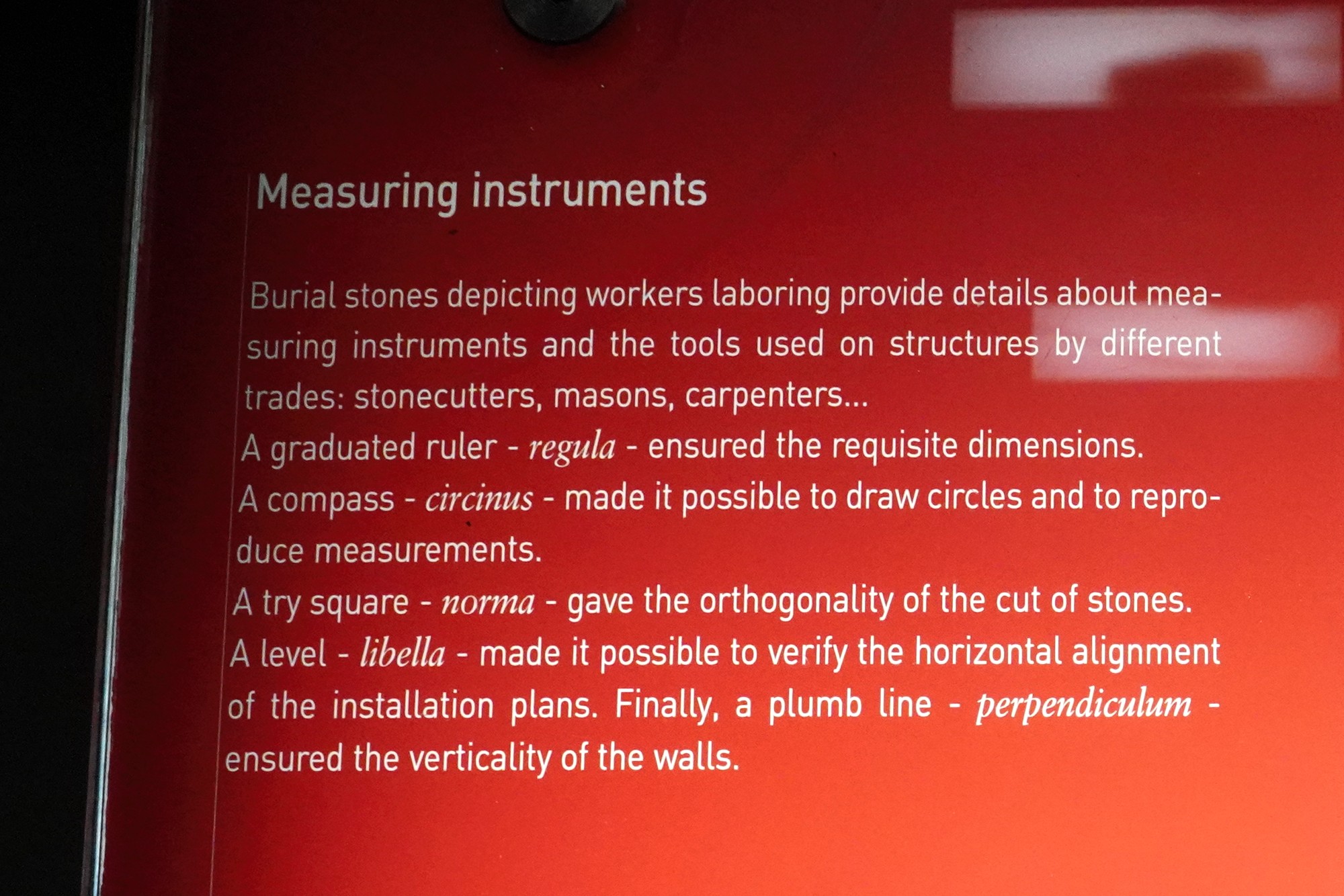
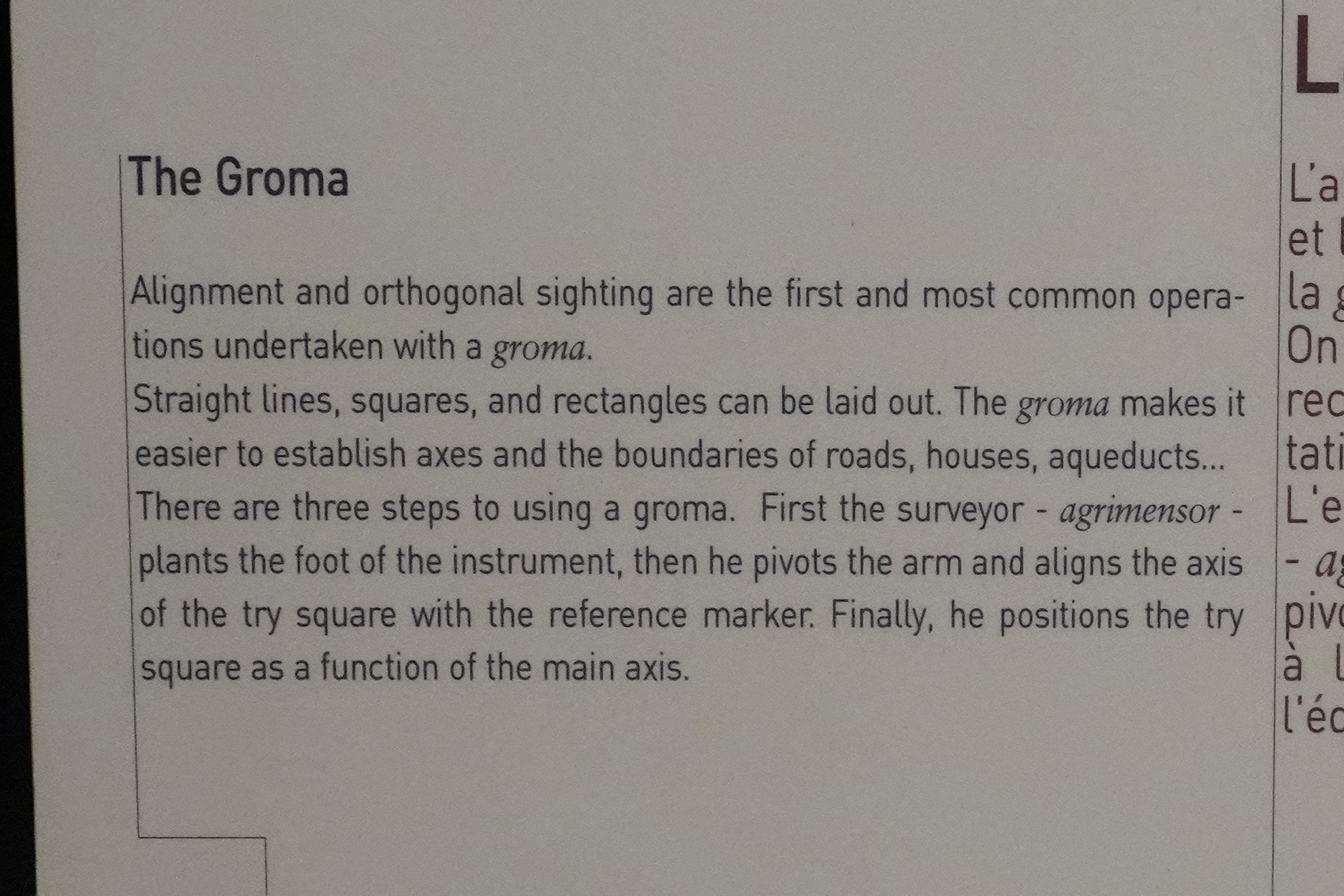
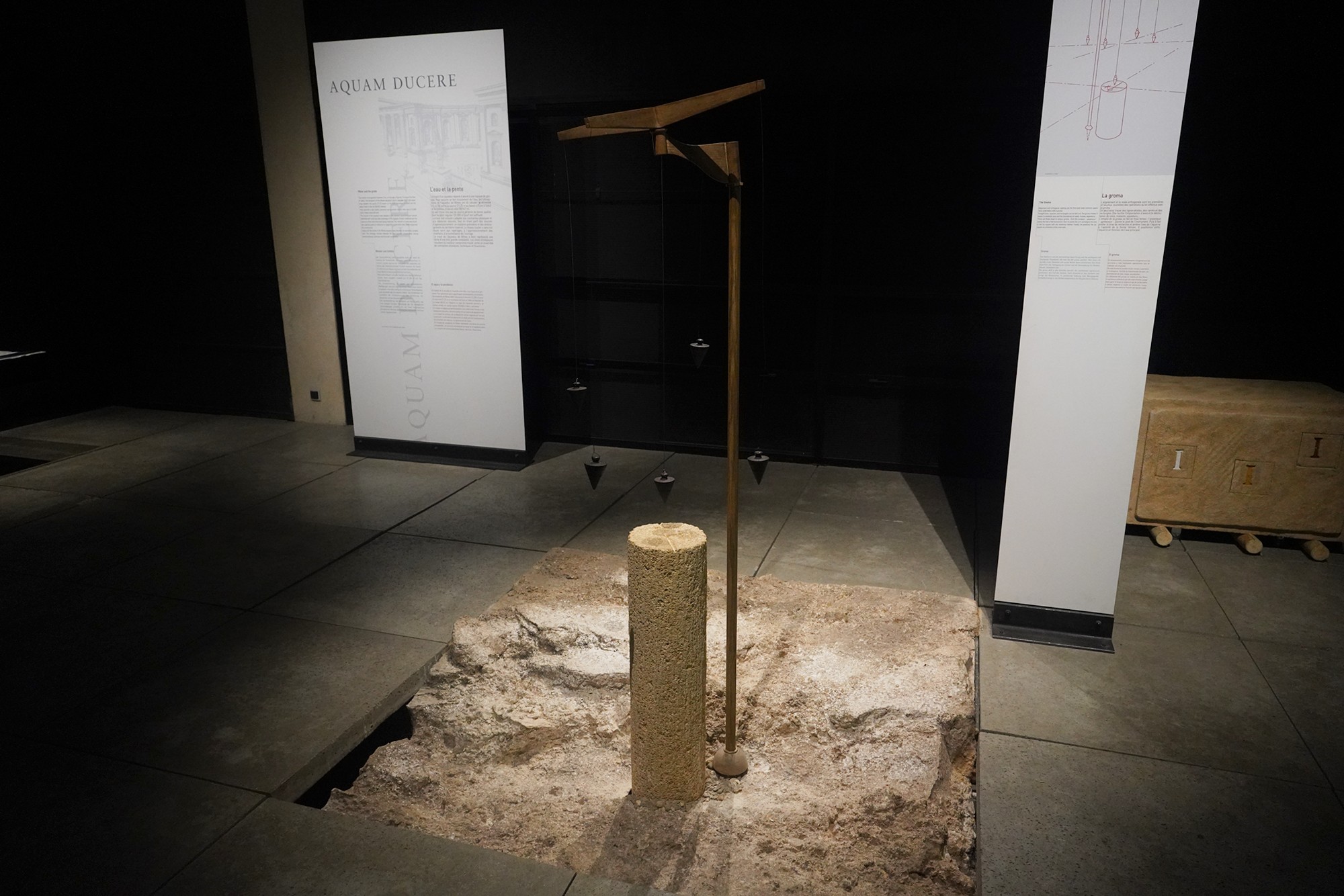
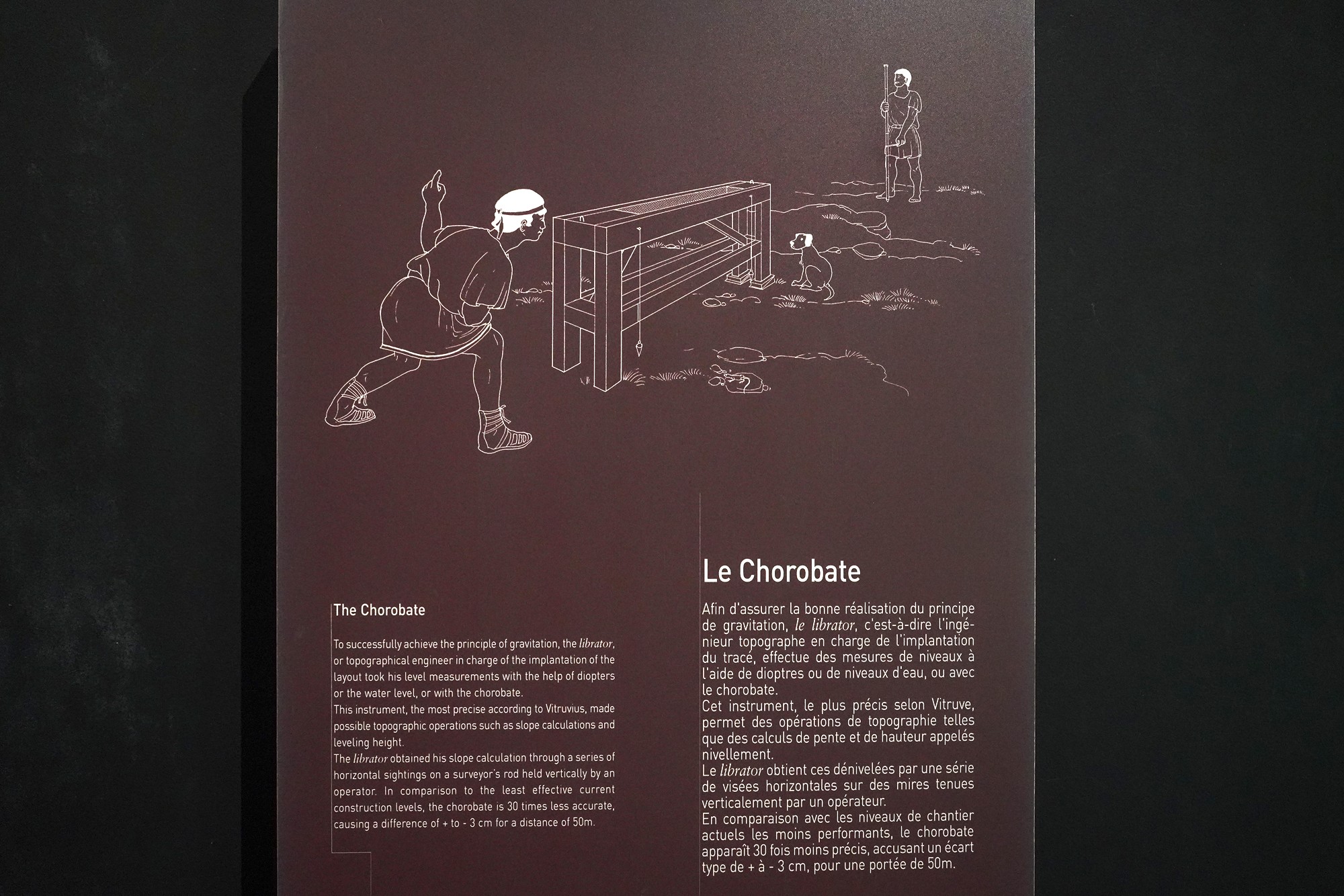
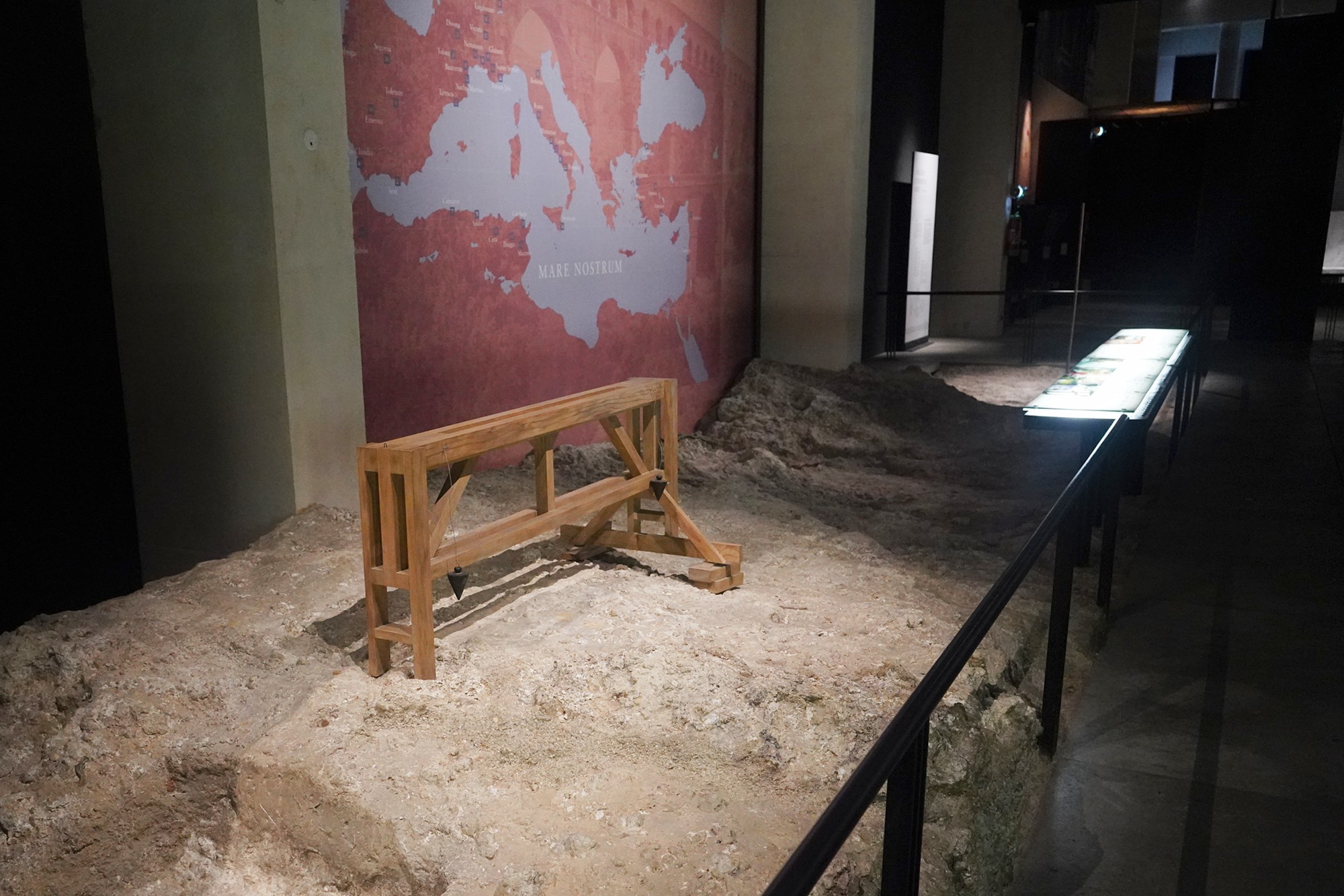
The material needed to build the aqueduct was abundantly available nearby.
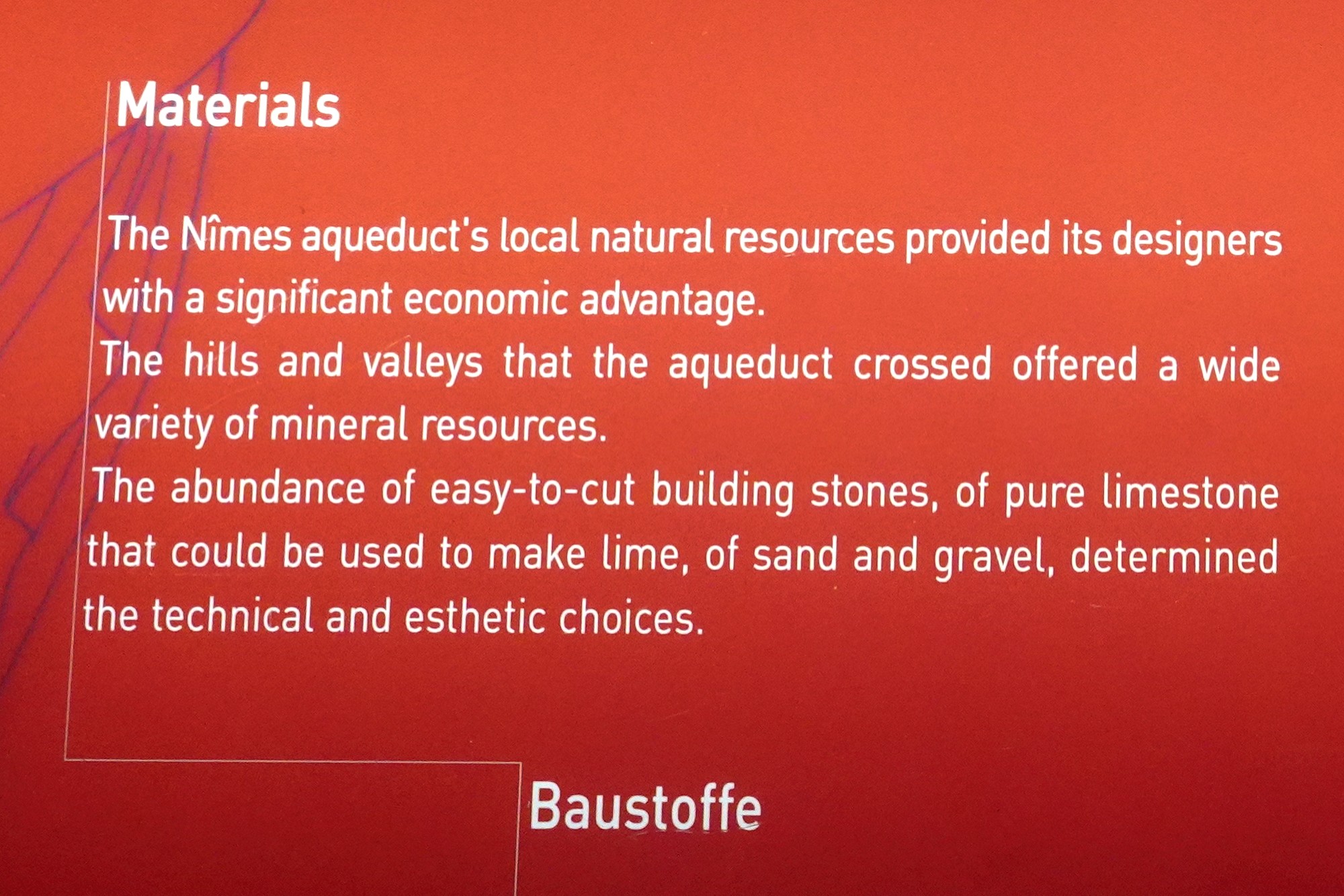
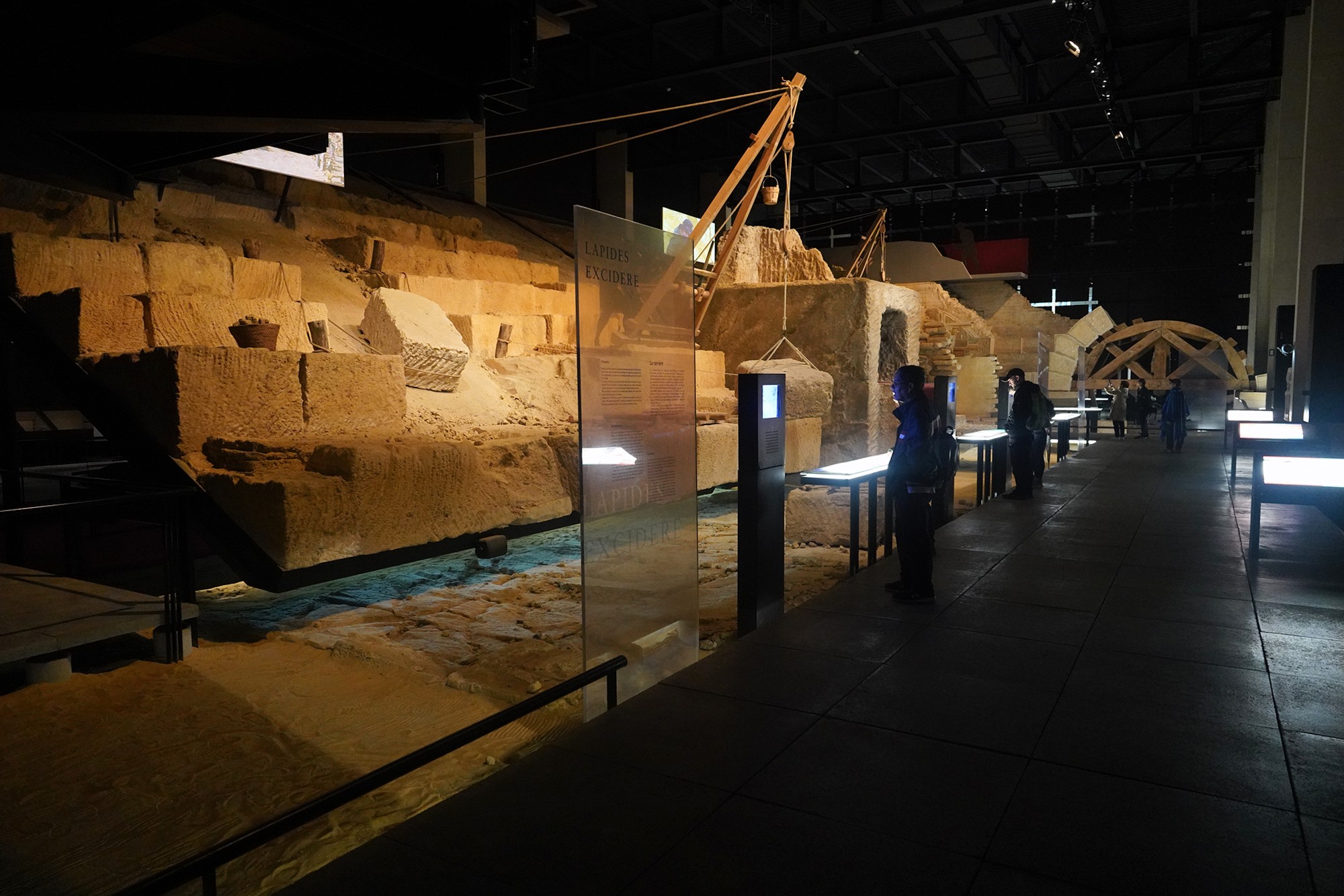
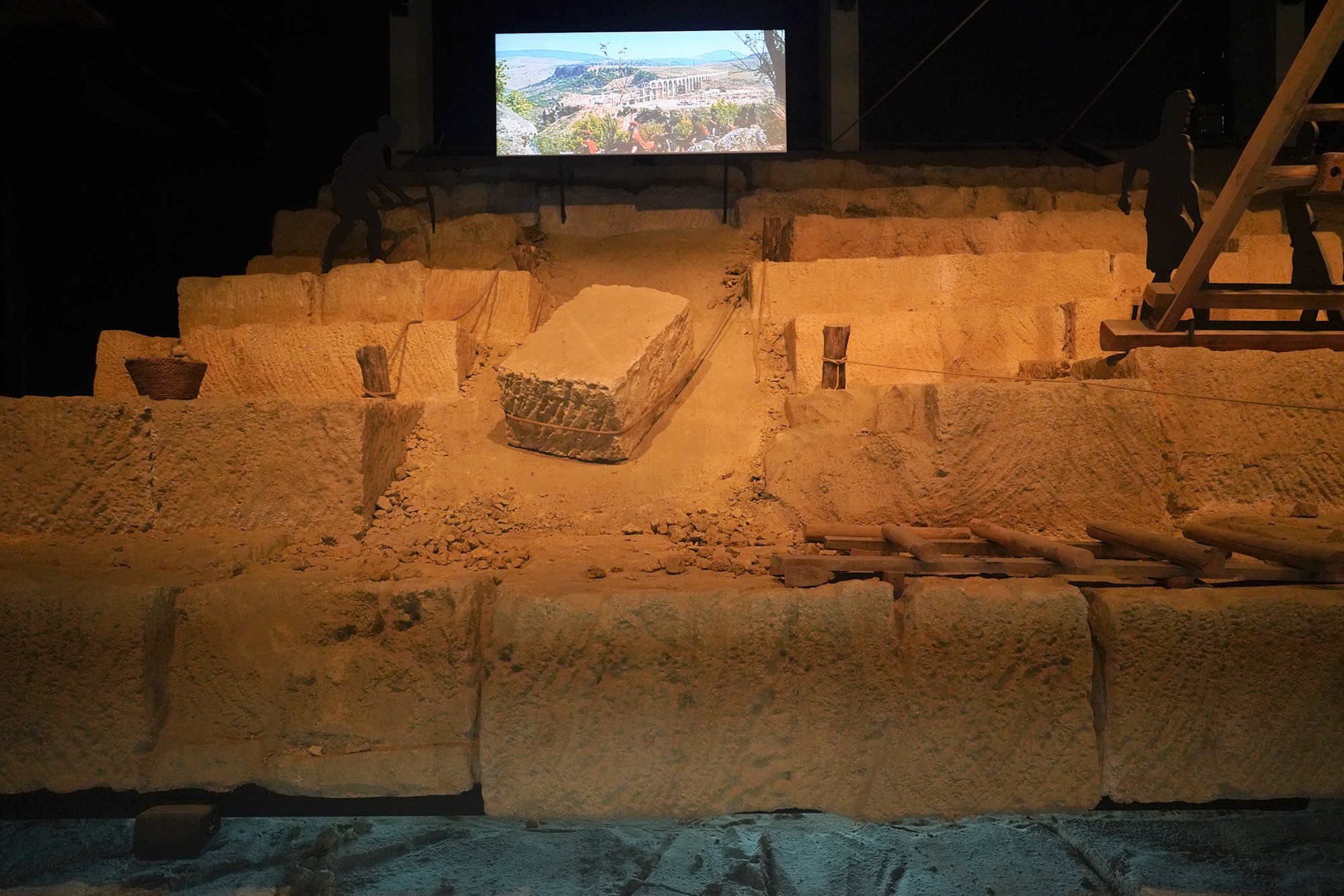
The stages of the aqueduct bridge
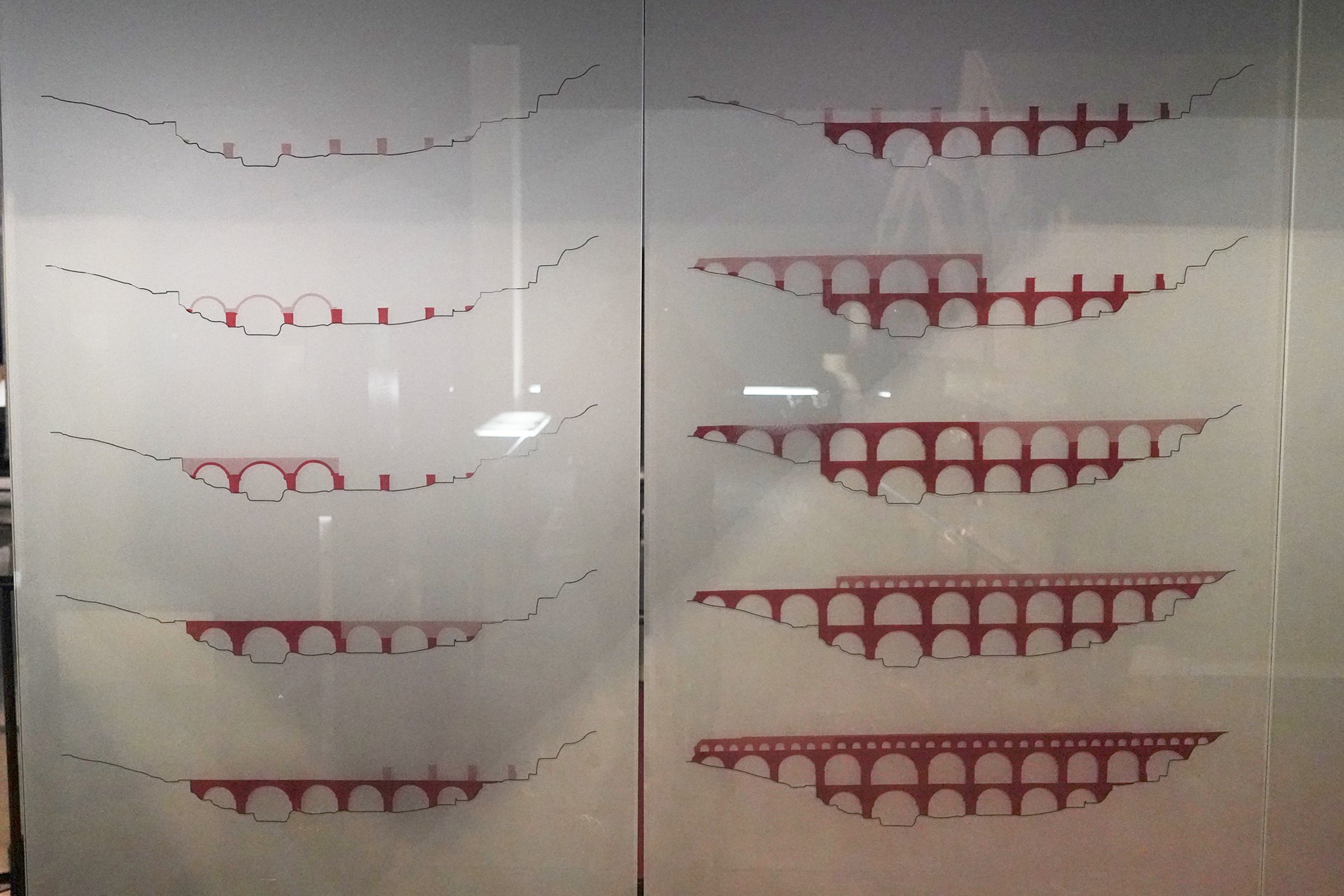
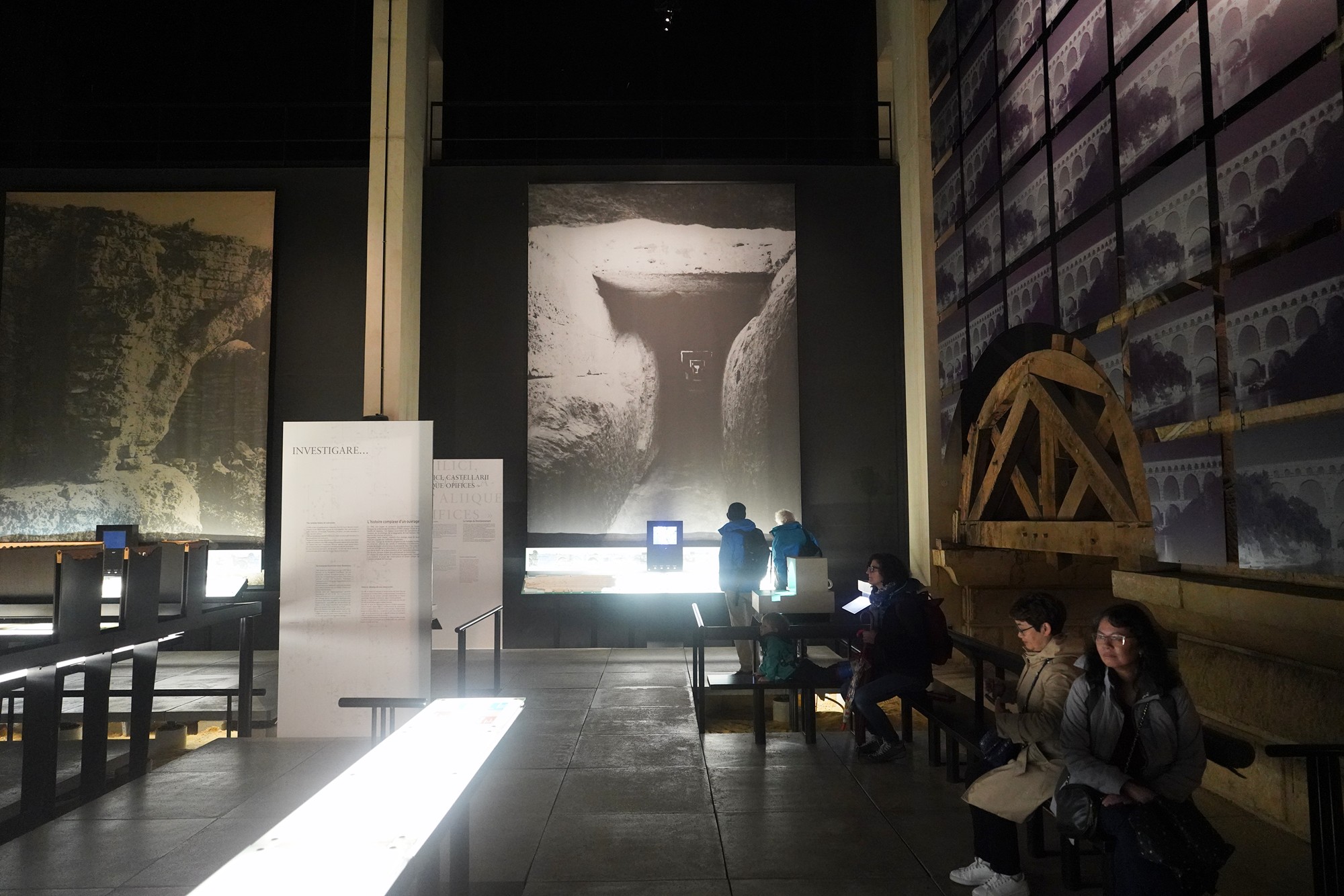
Aqueducts were designed with a slight gradient to ensure a steady flow of water by gravity from the source to the destination.
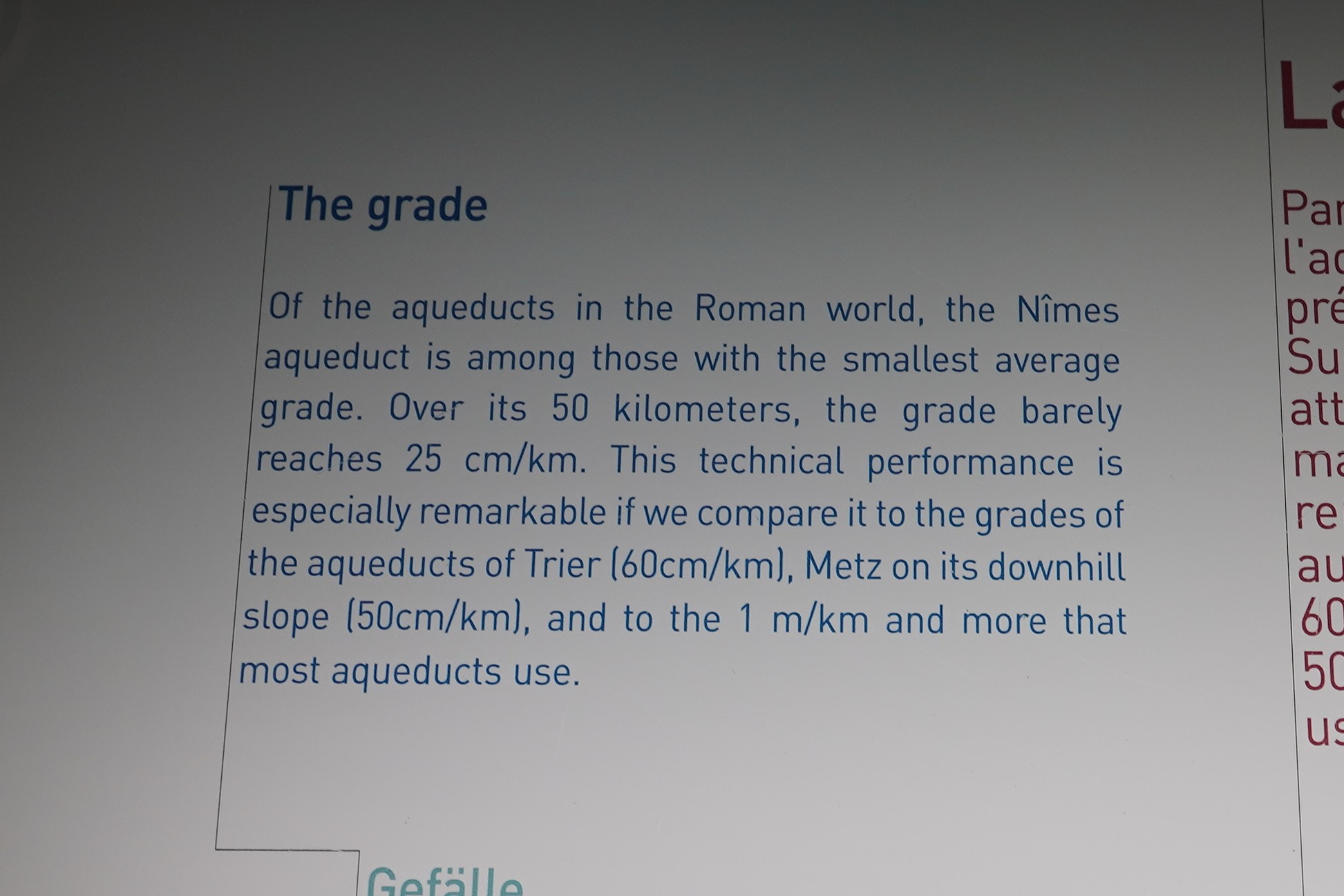
At the top and inside the aqueduct is this waterway where the water flew.
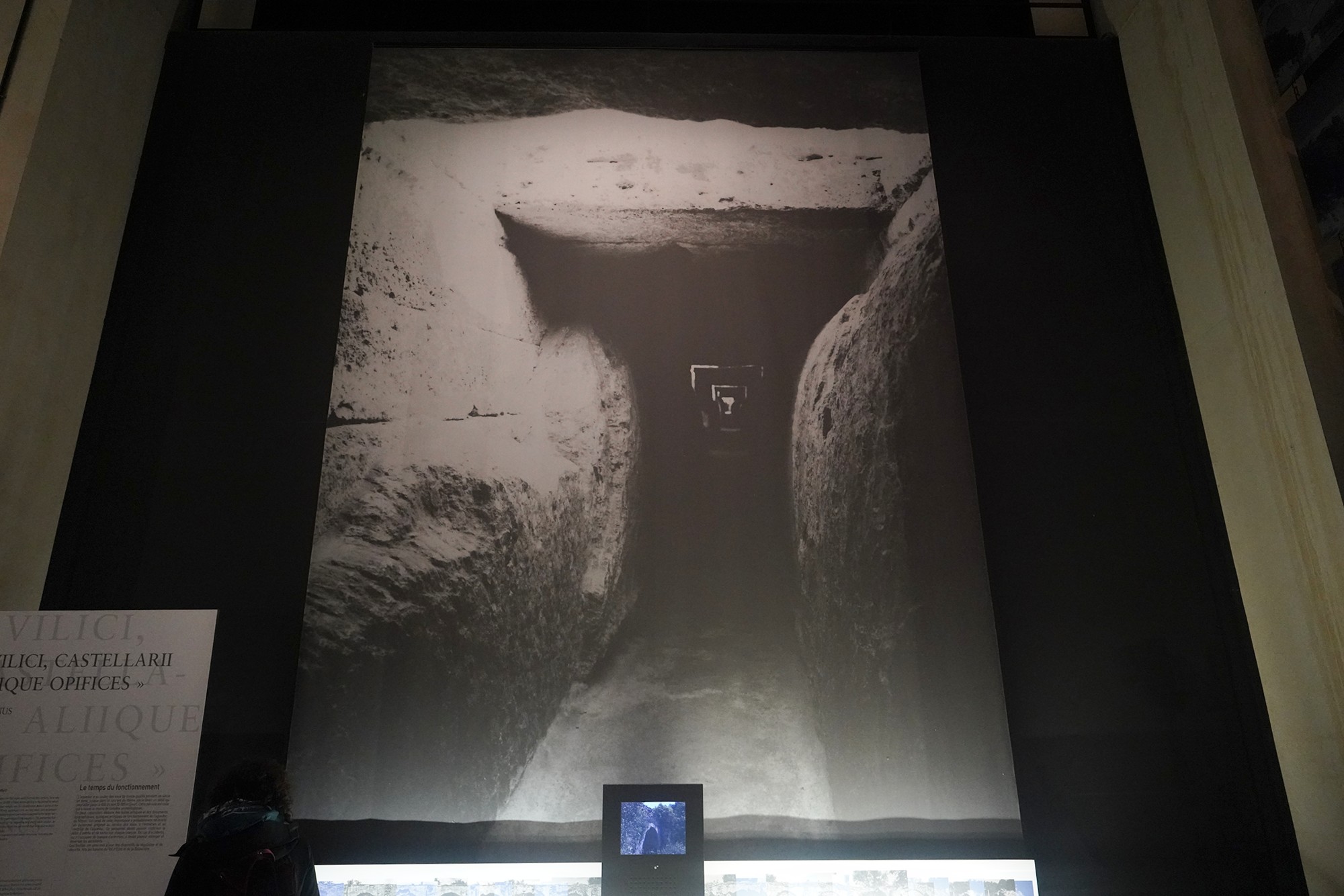
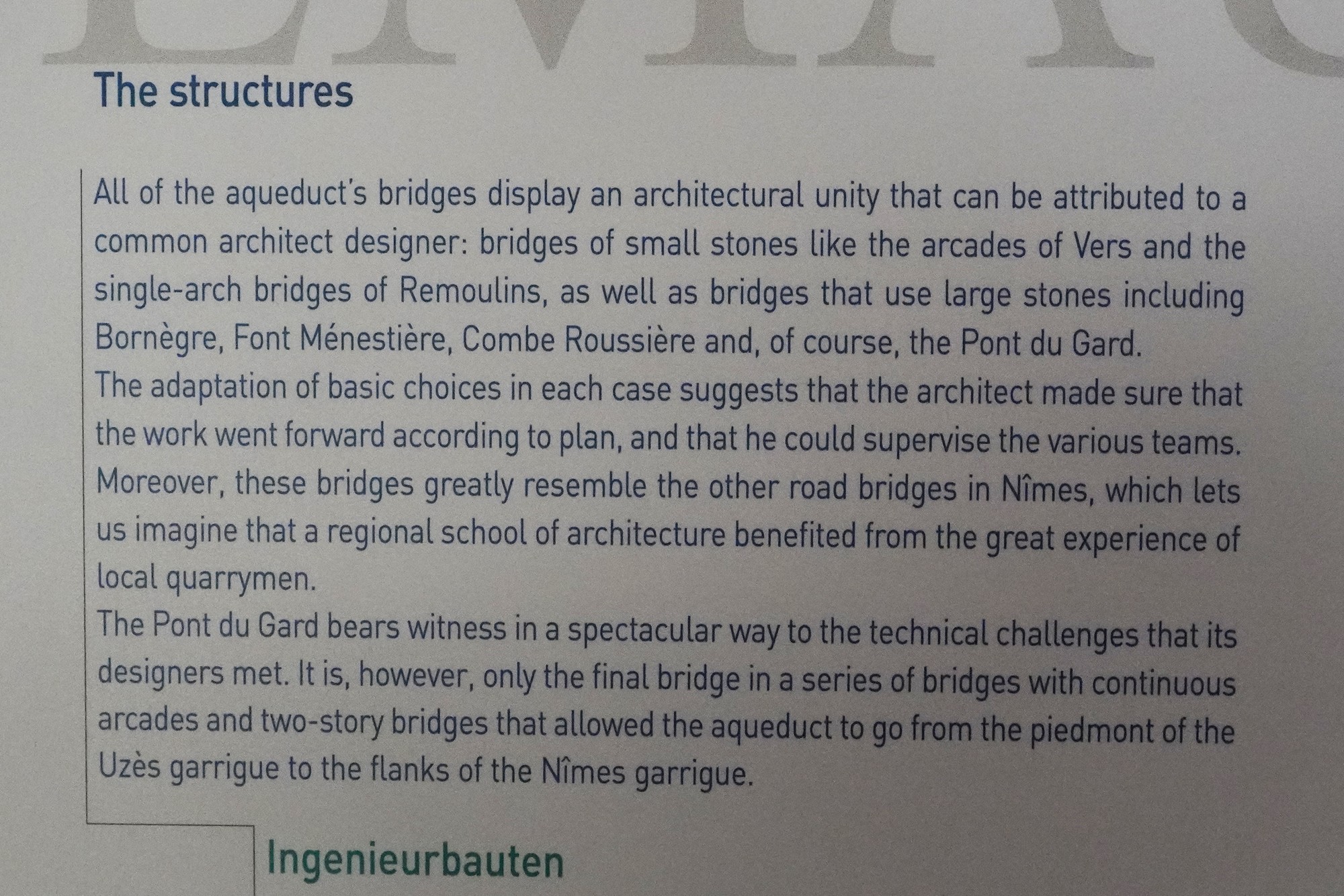
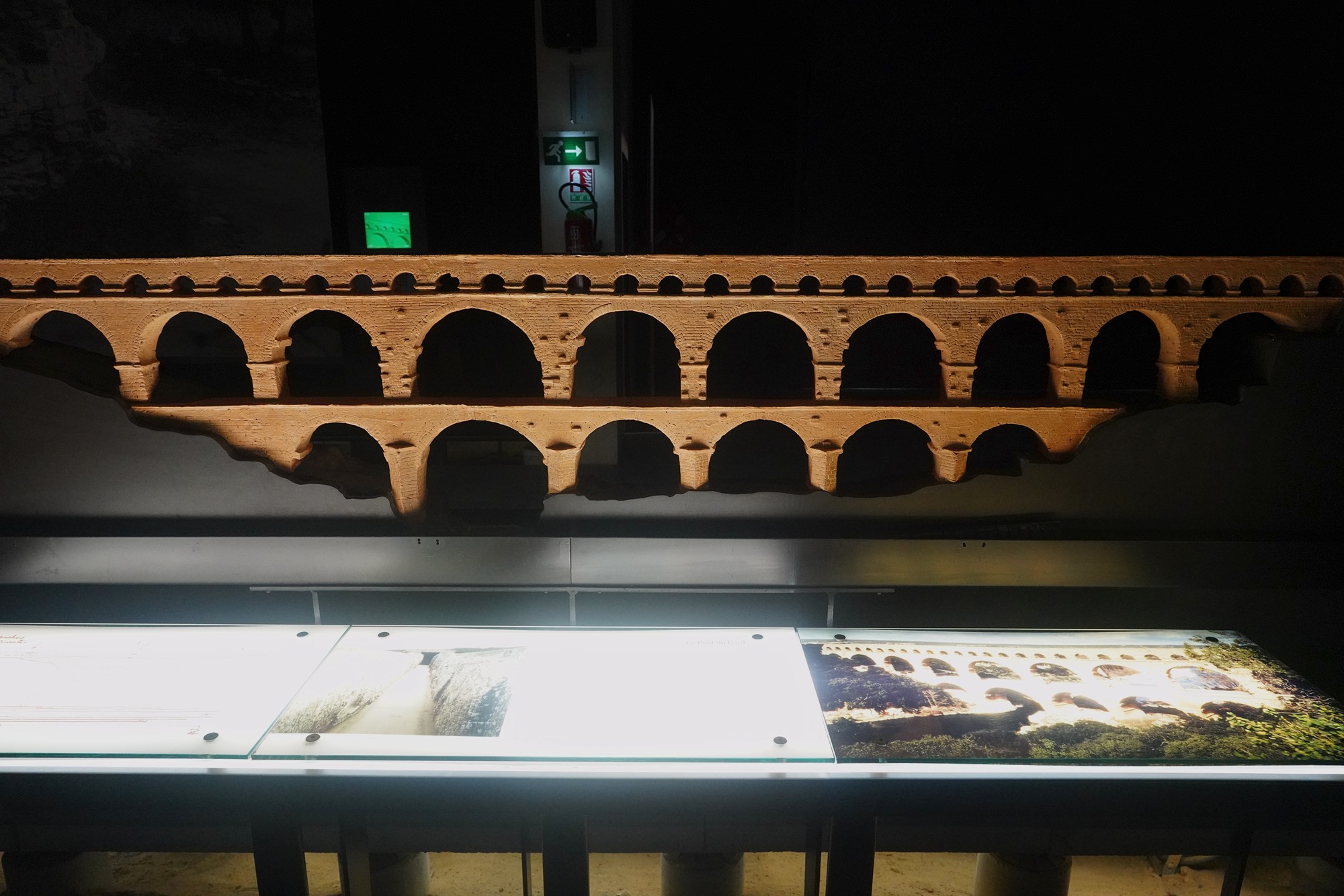
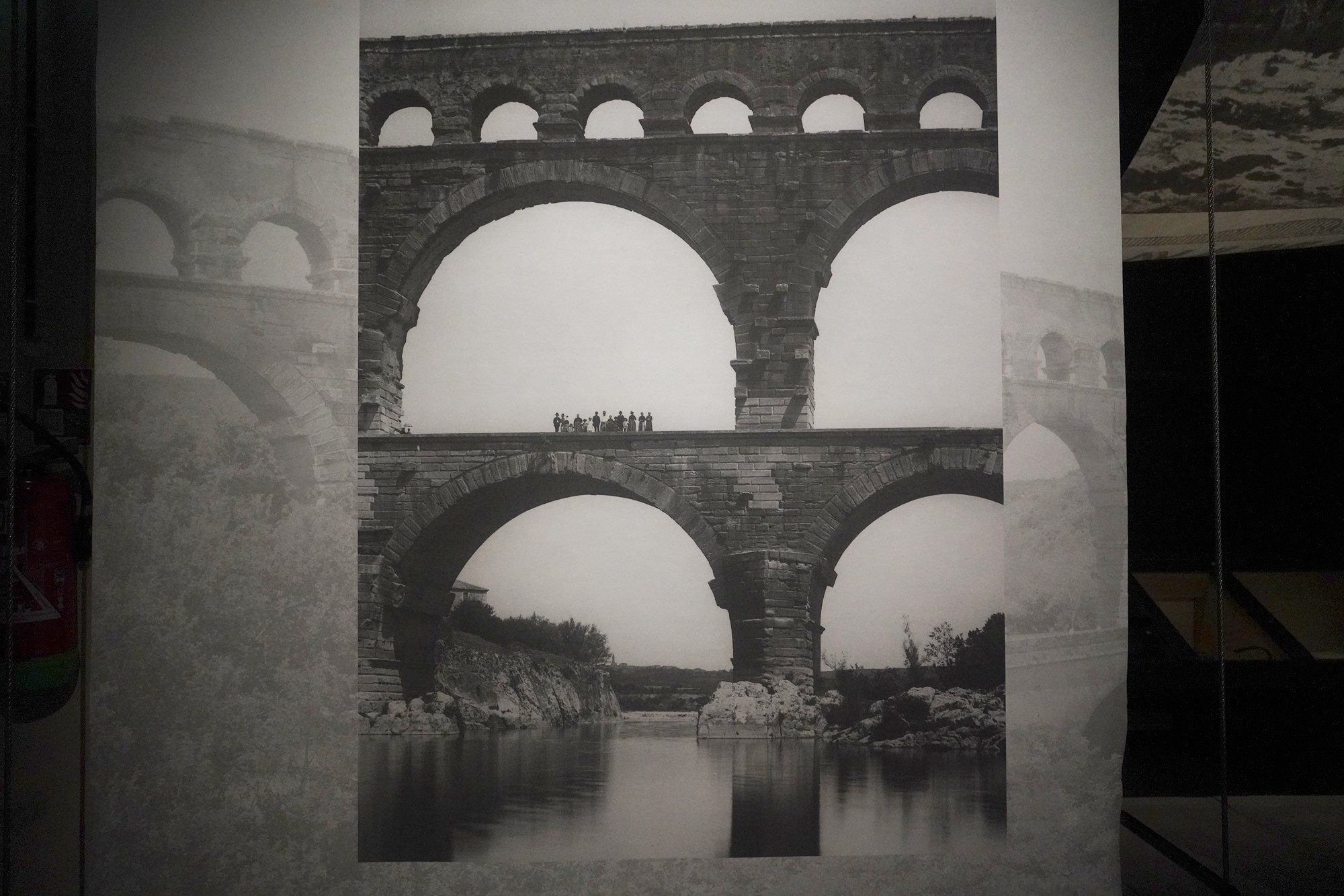
Out of the museum and walked to the aqueduct bridge.
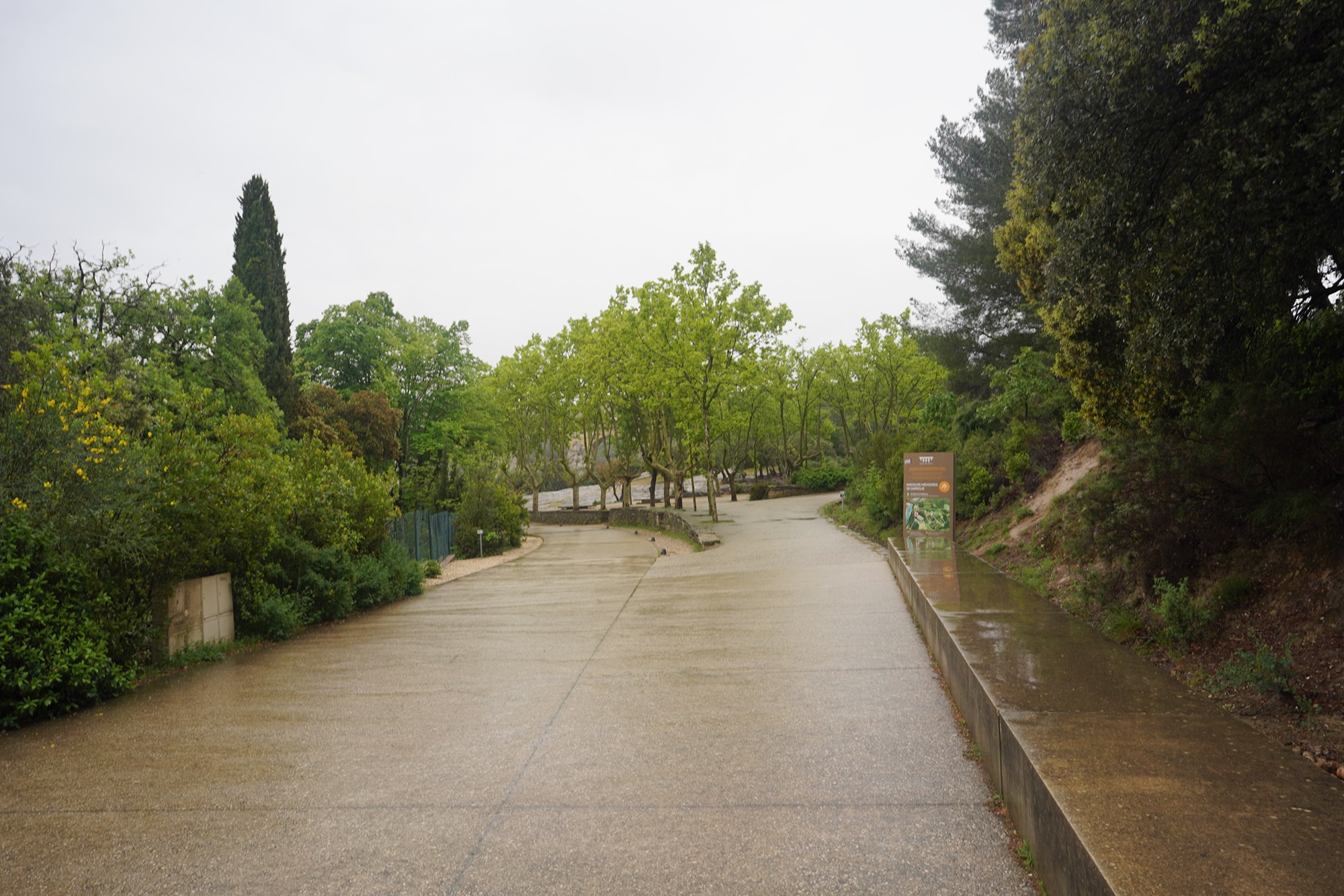
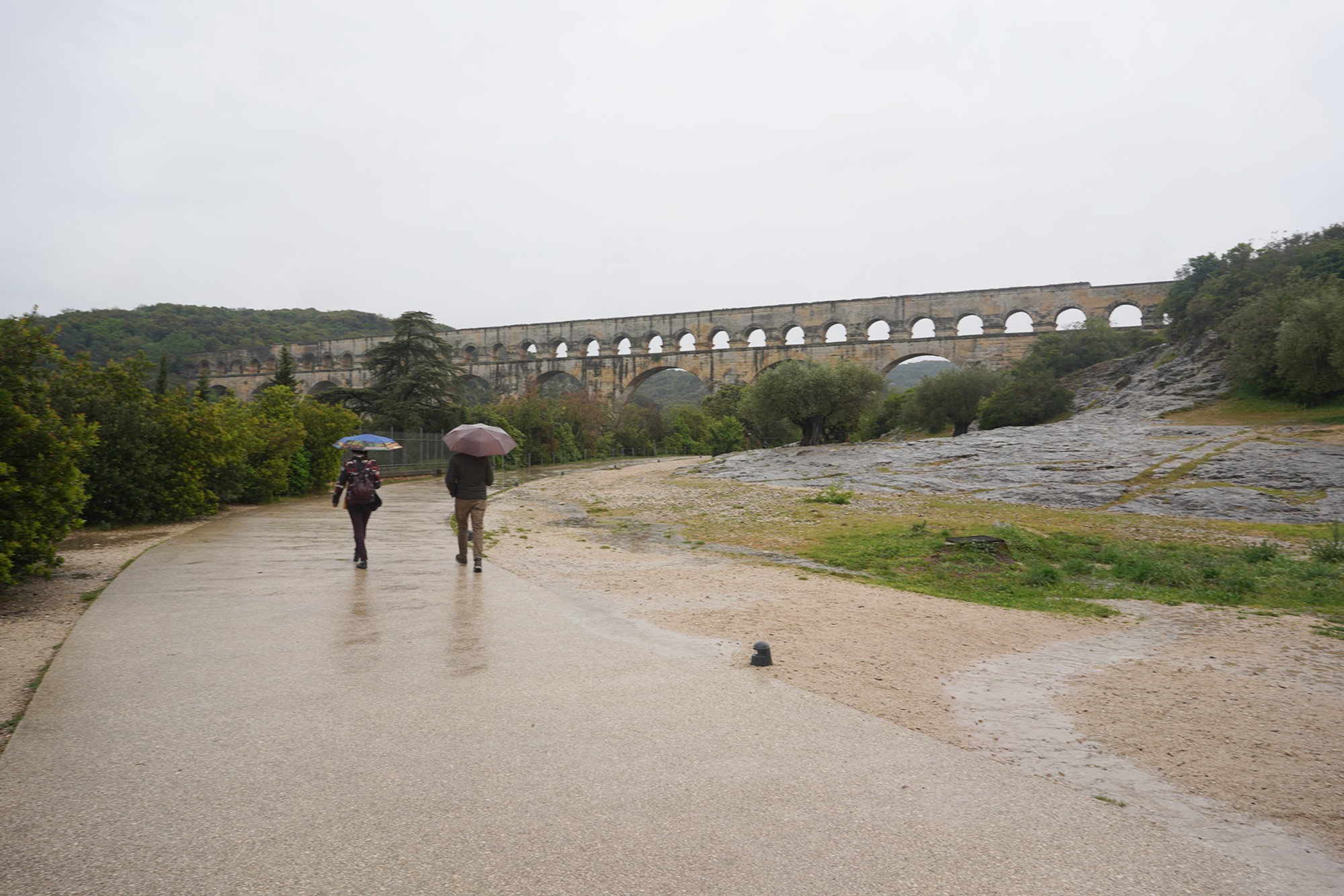
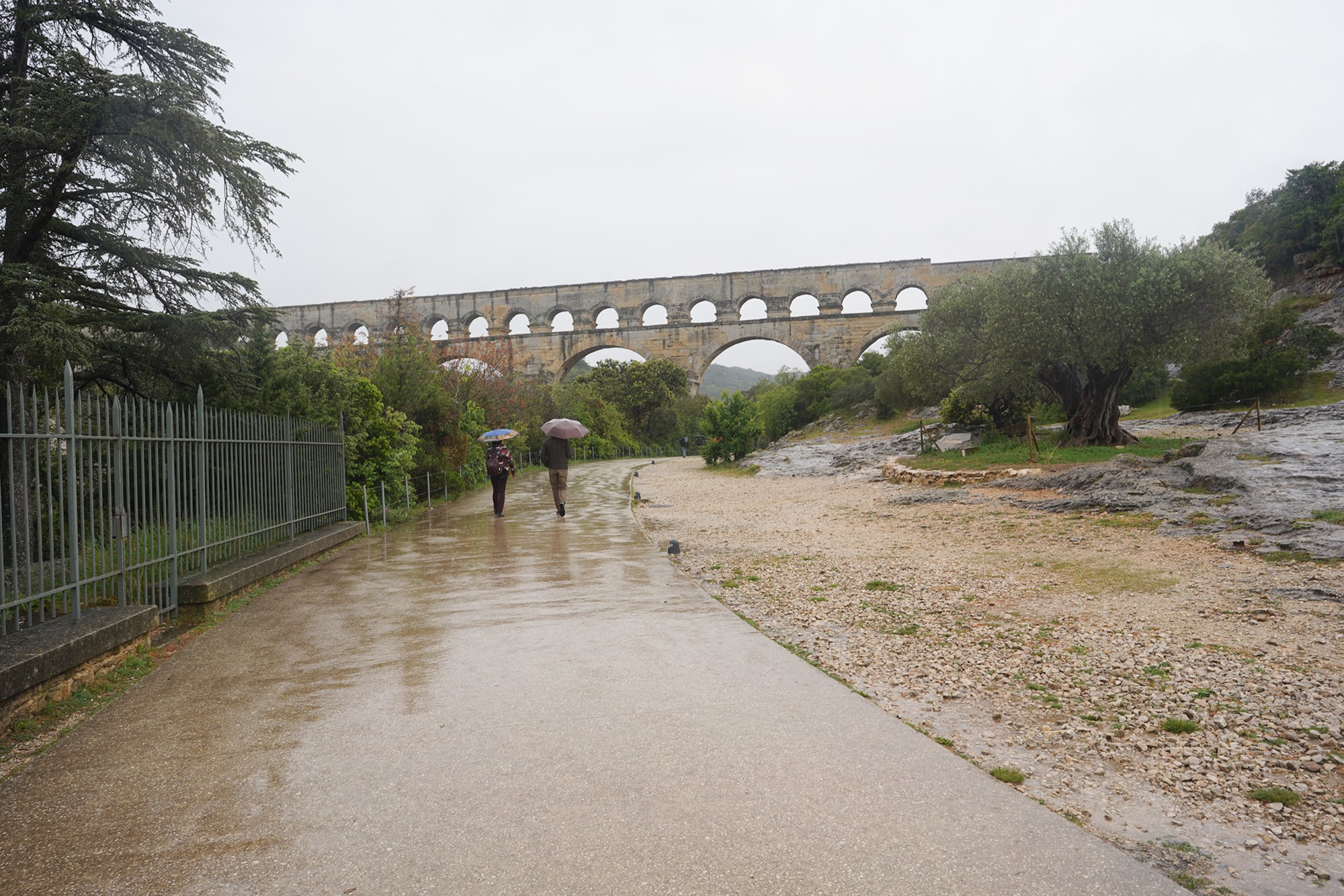
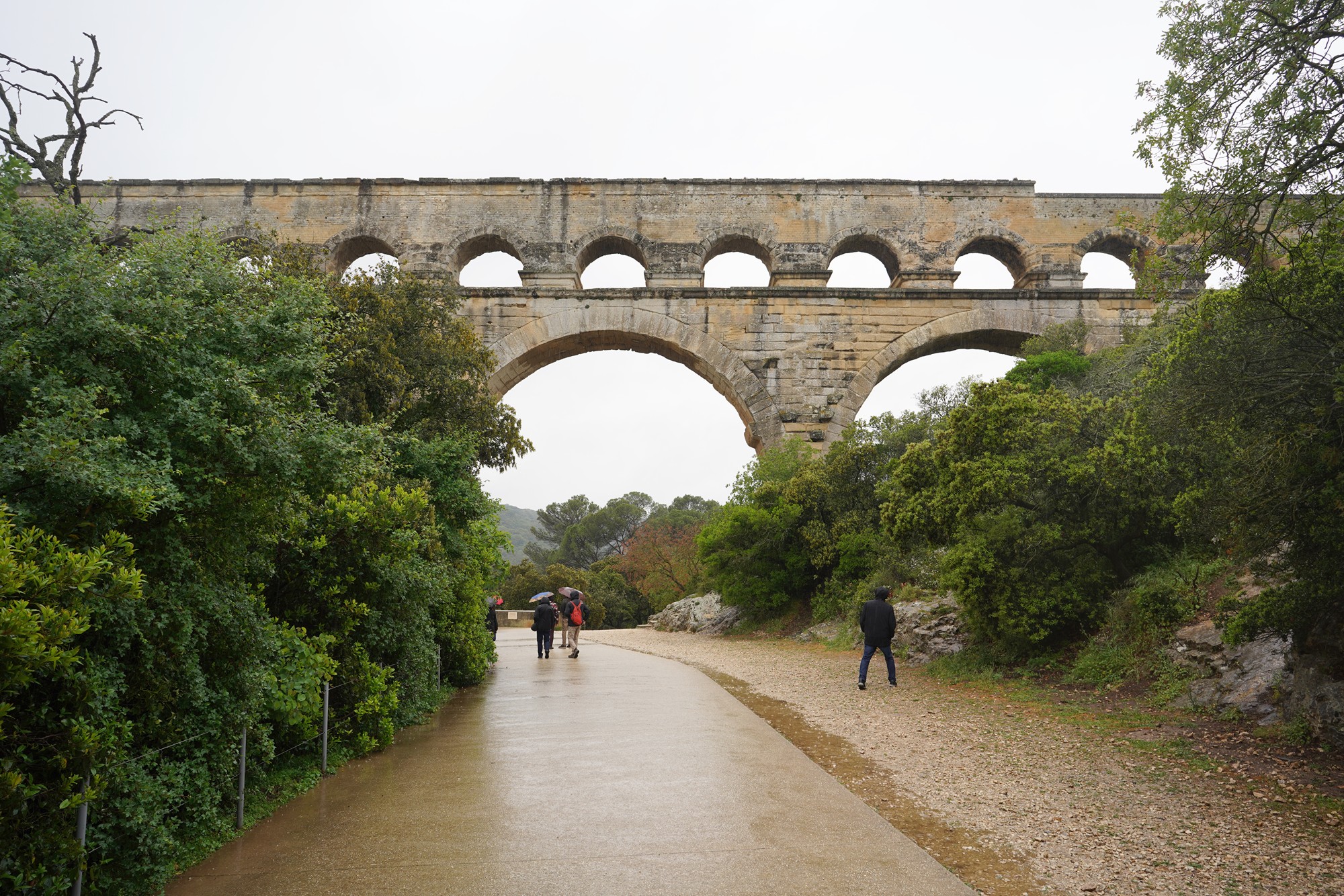
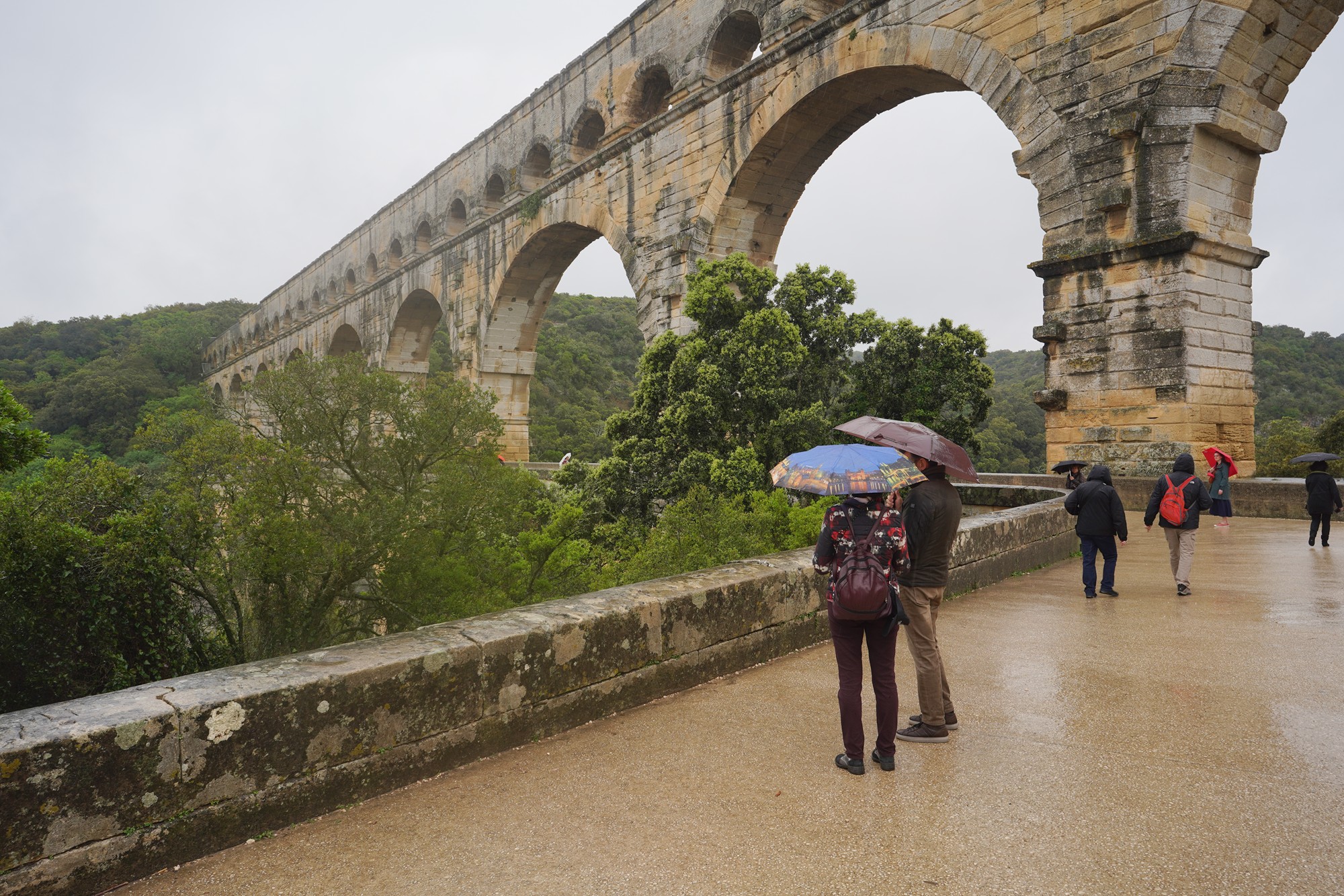
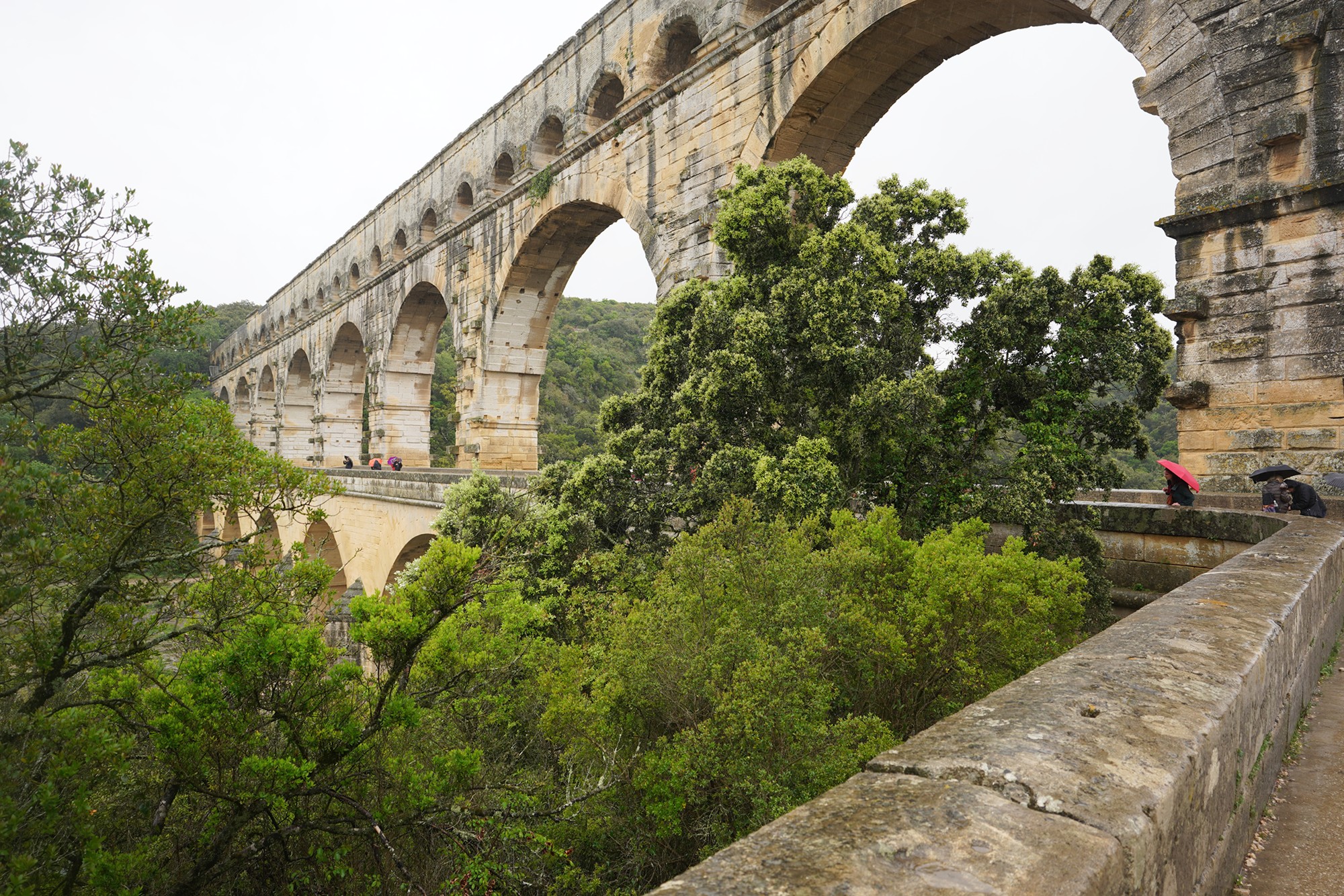
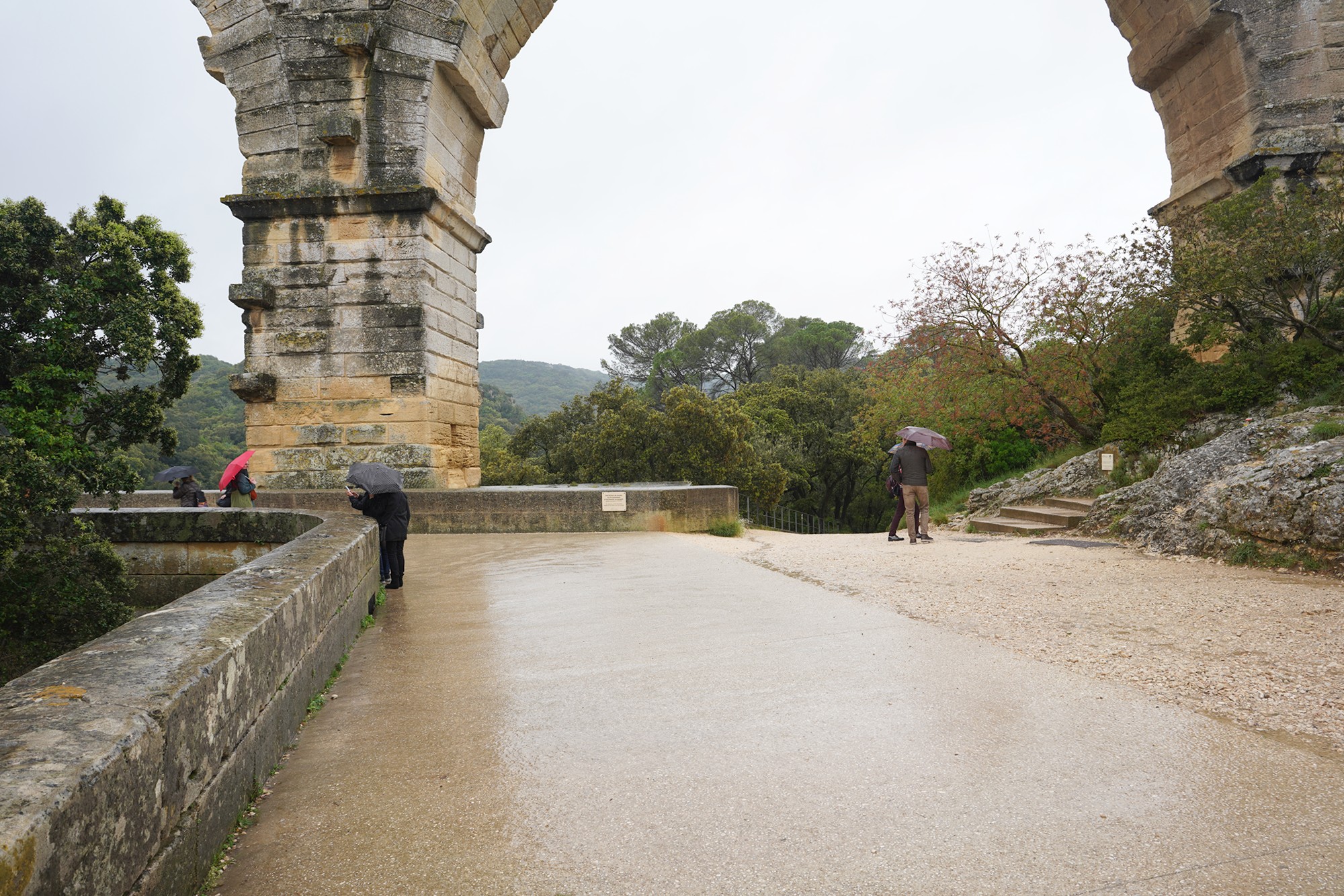
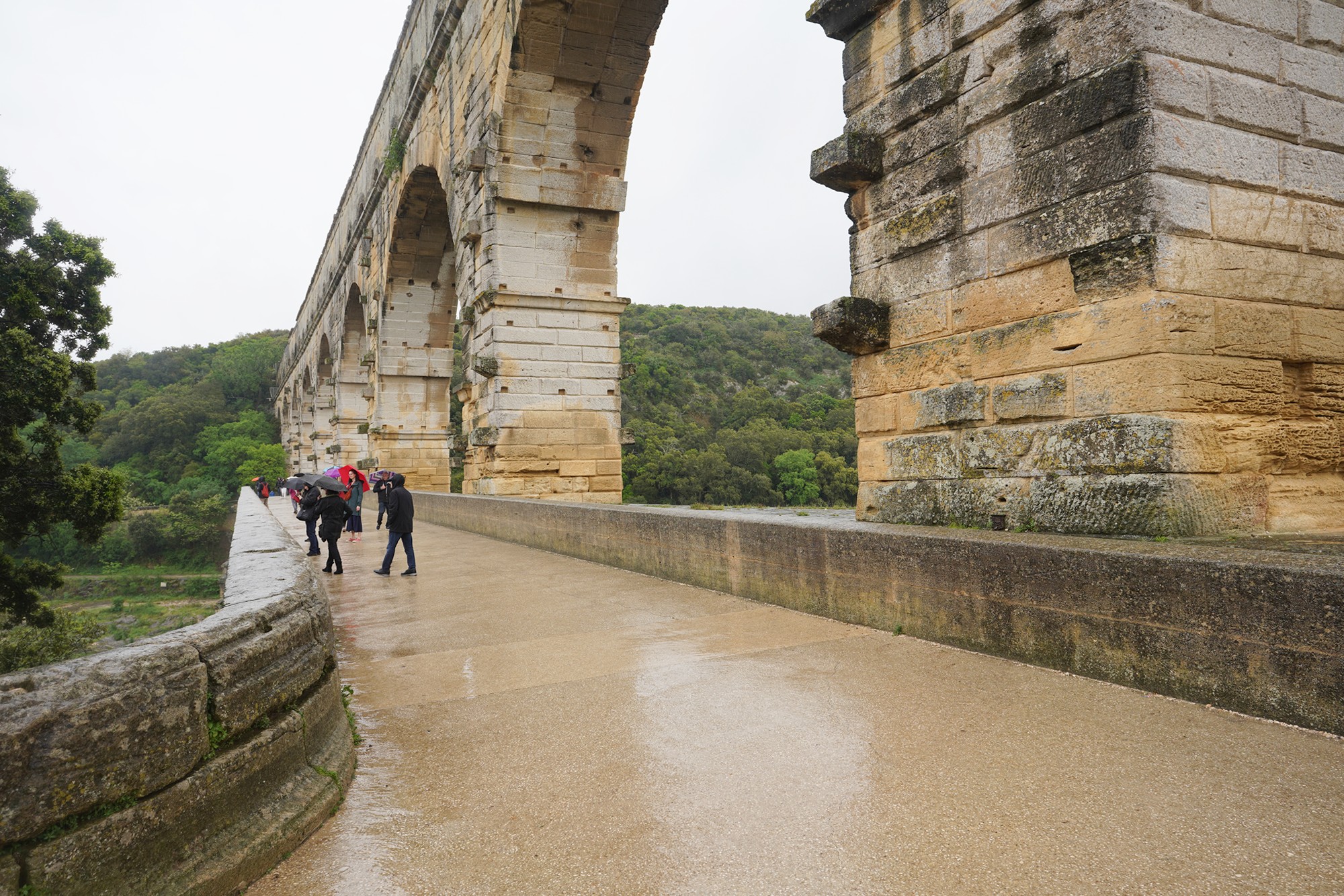
Walked across the bridge
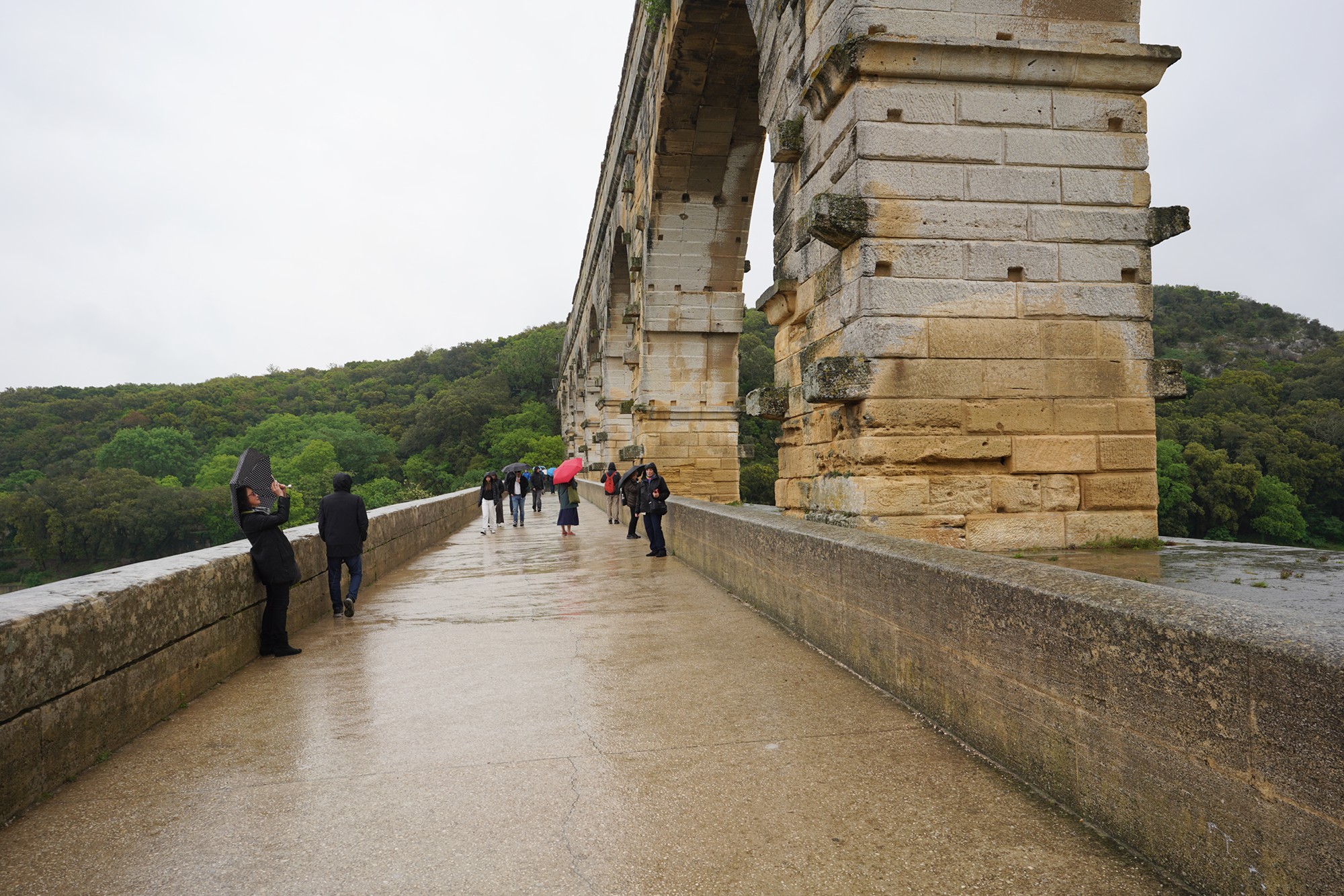
Left side
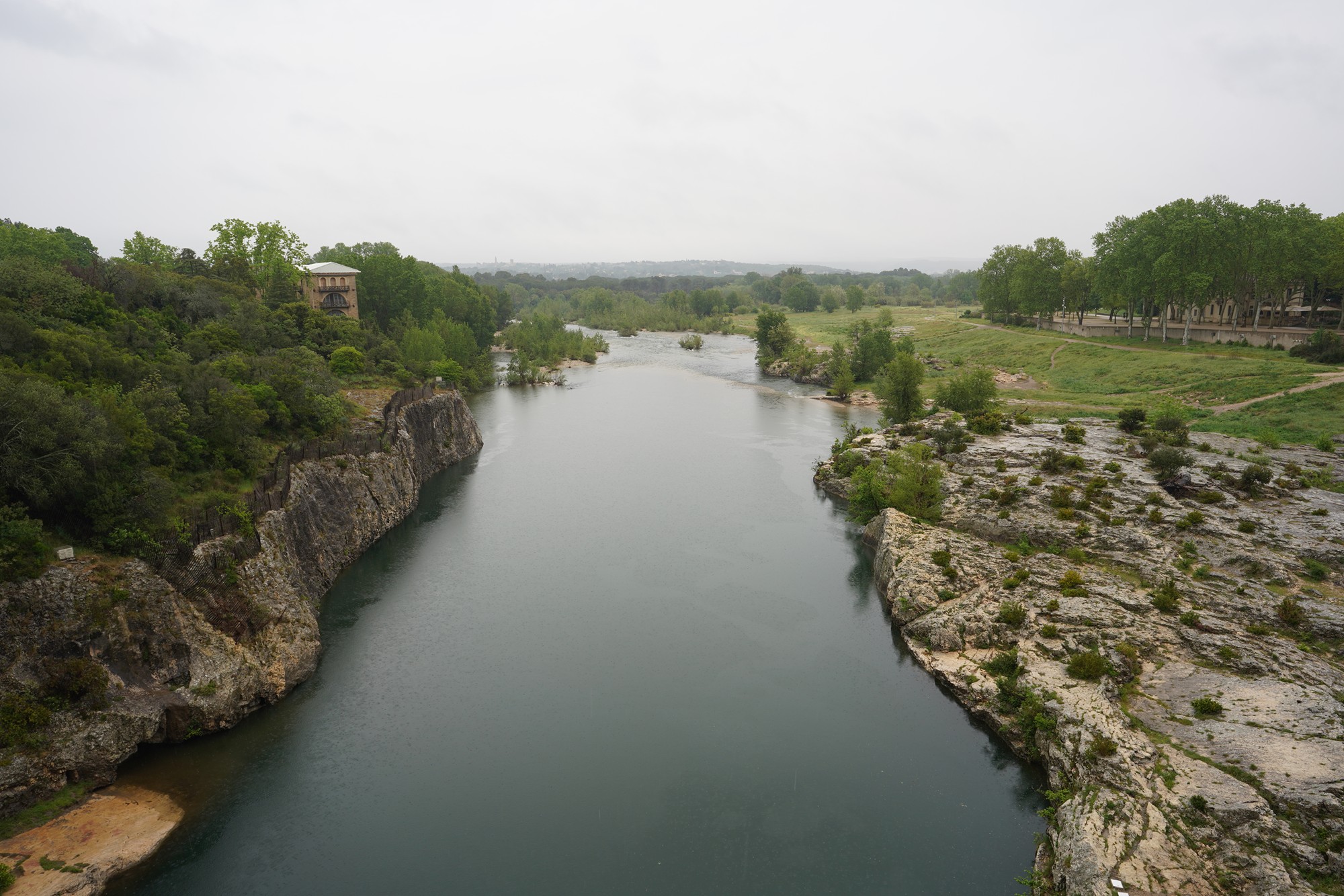
Right side
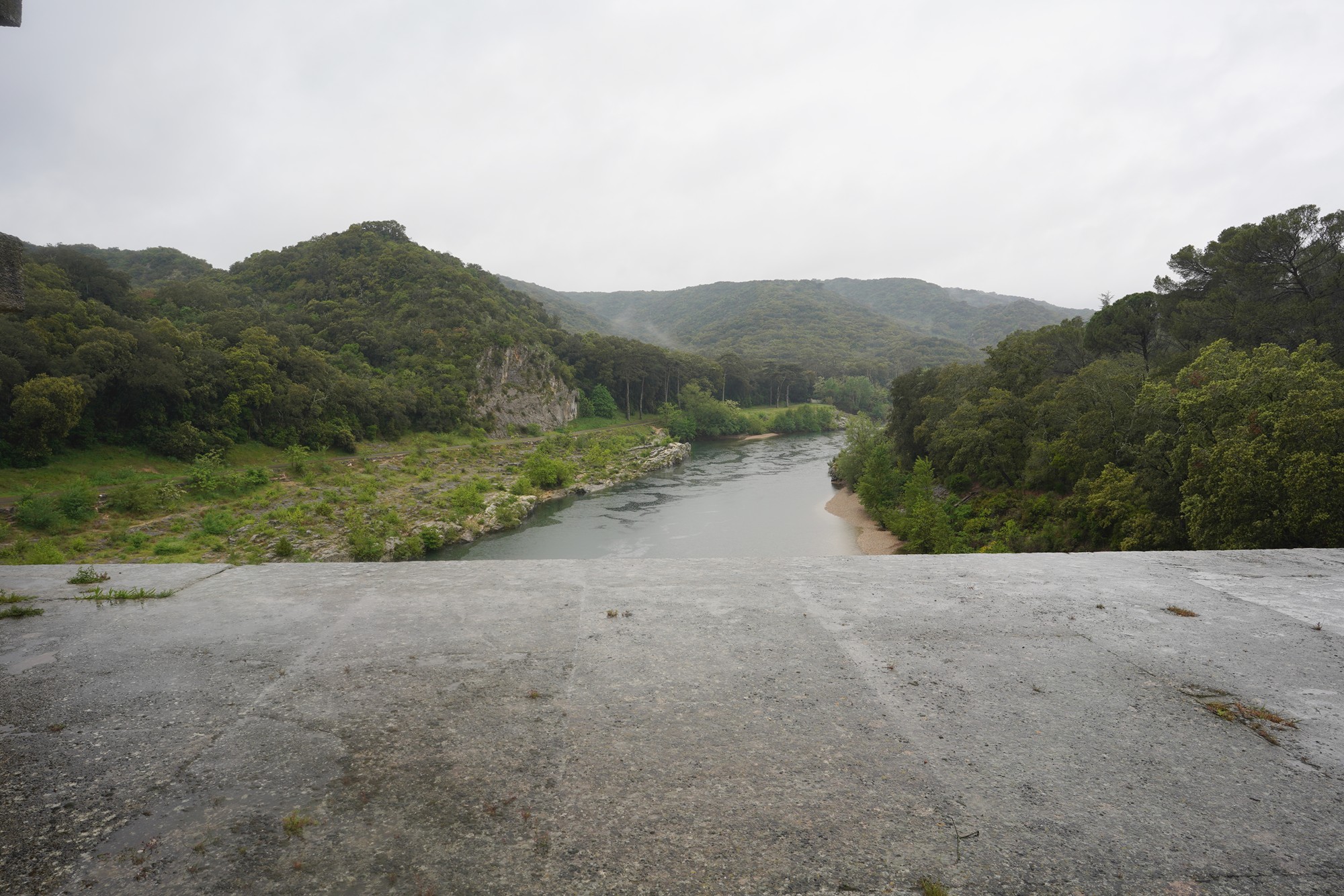
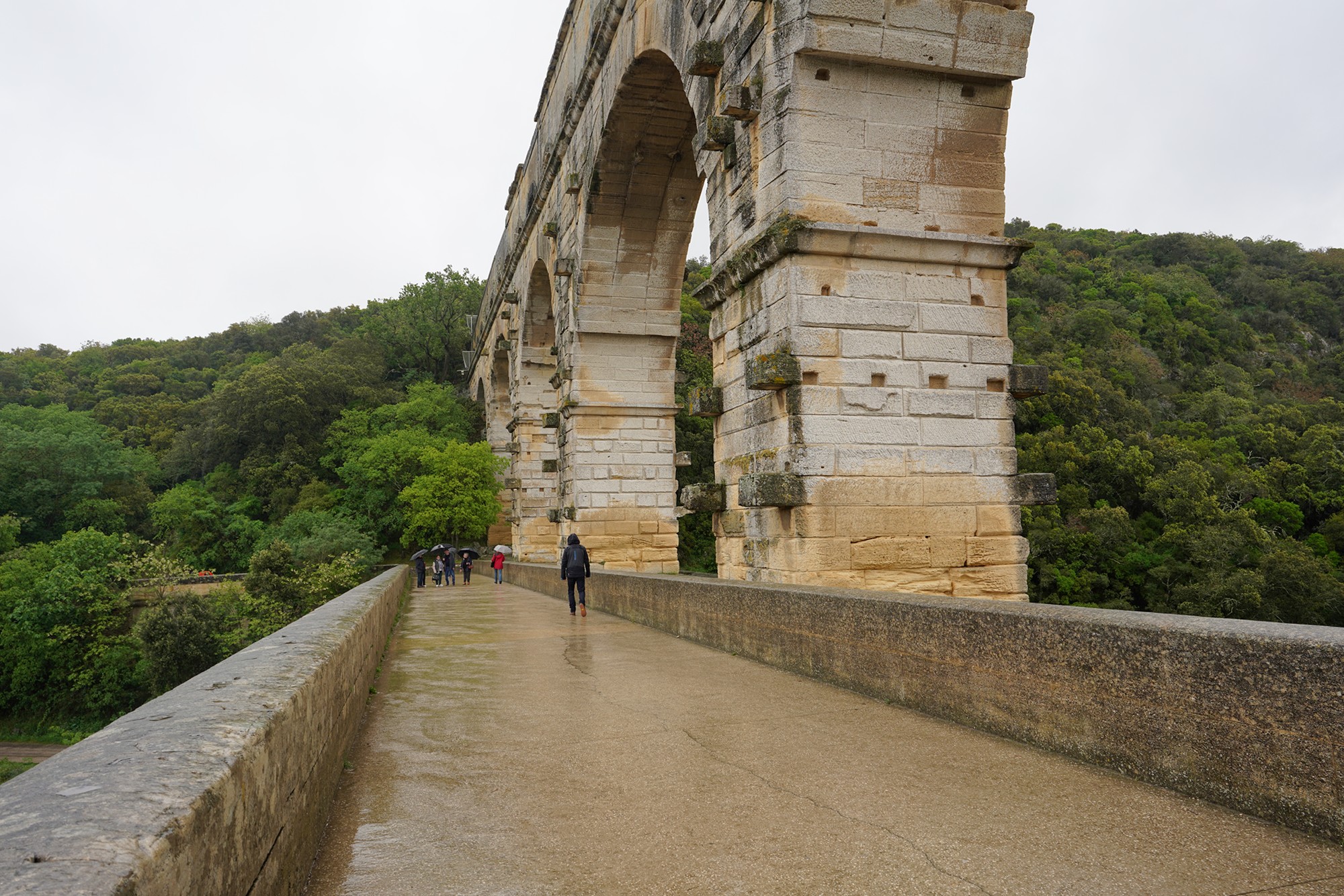
View from the other side
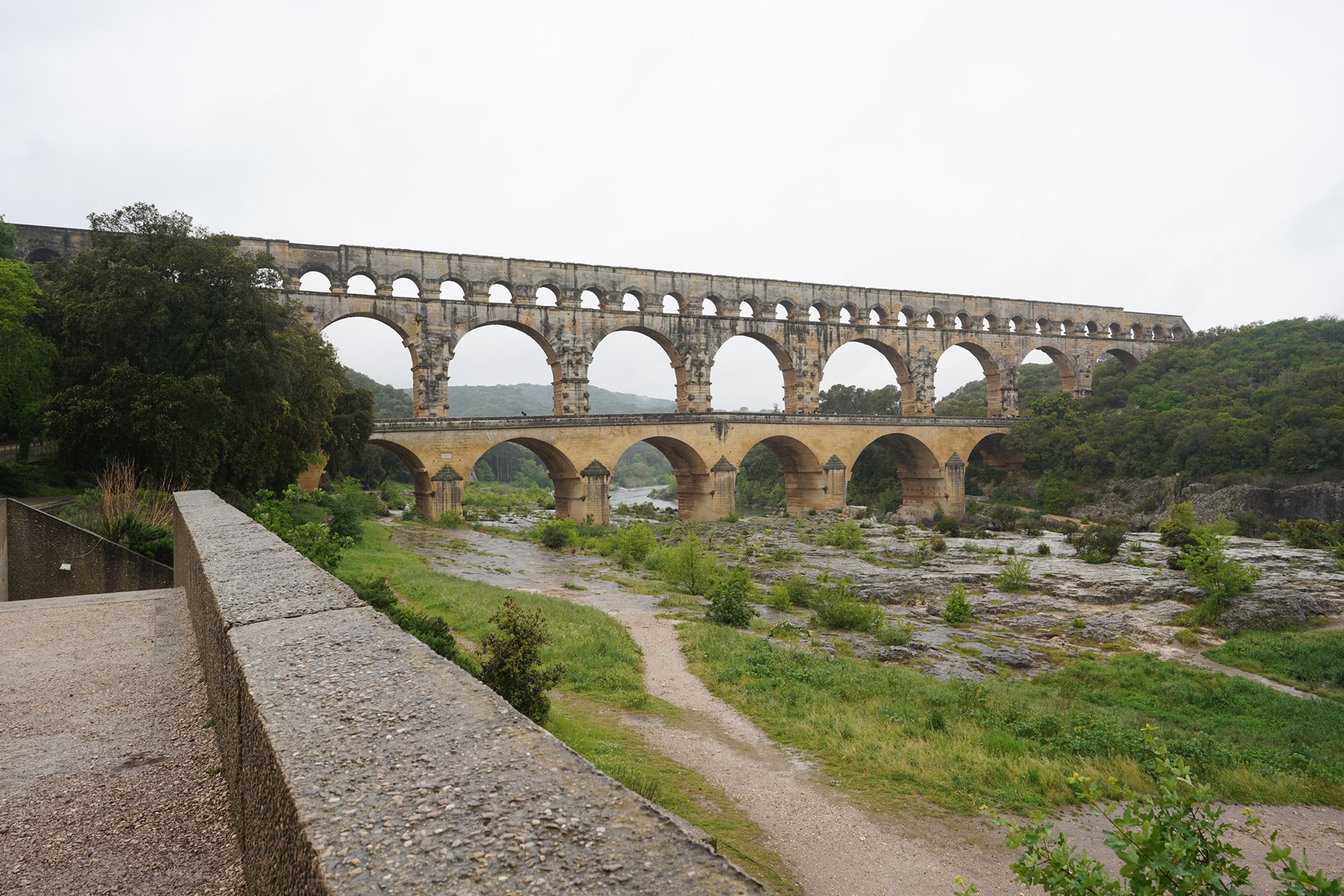
Acrossed the bridge again
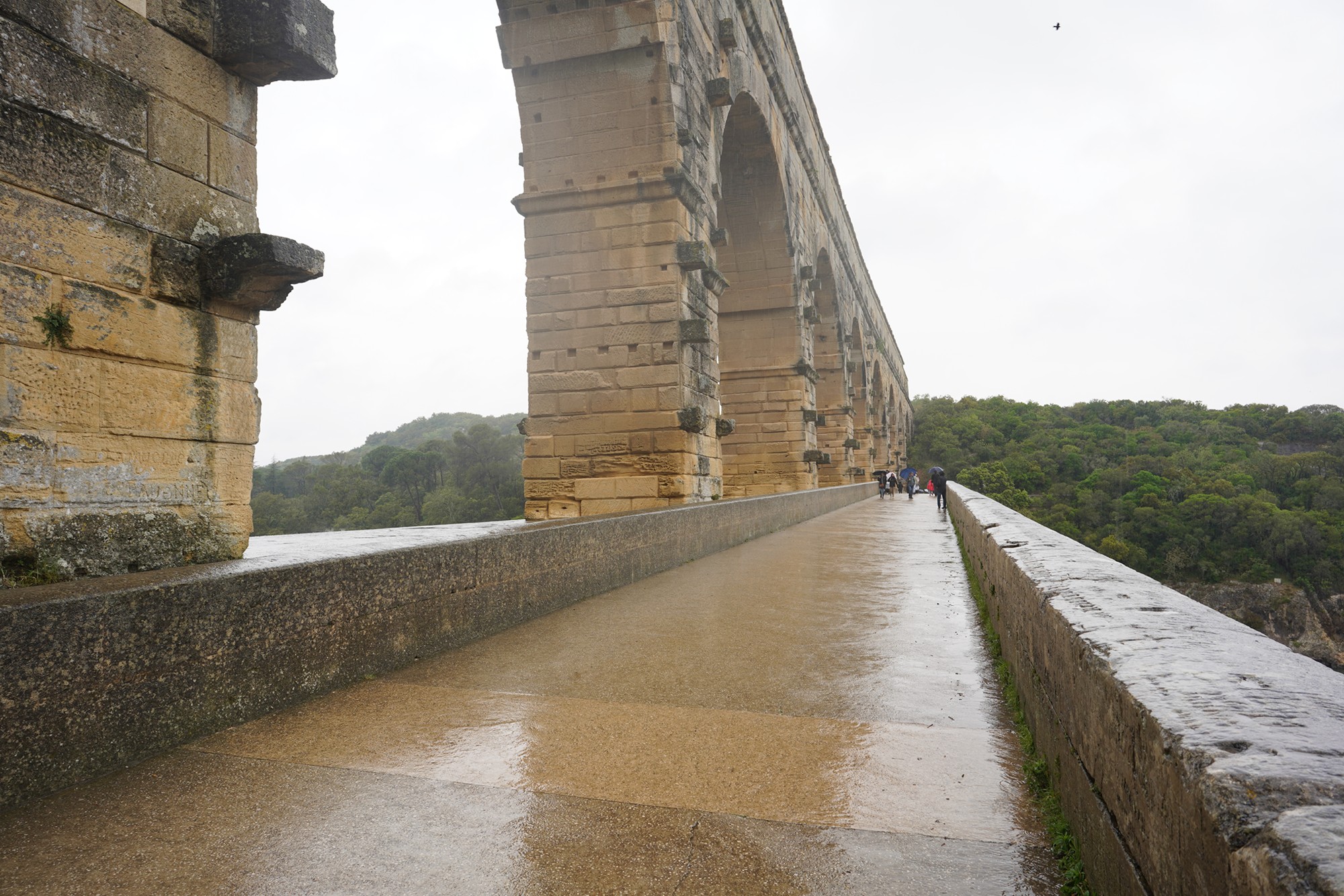
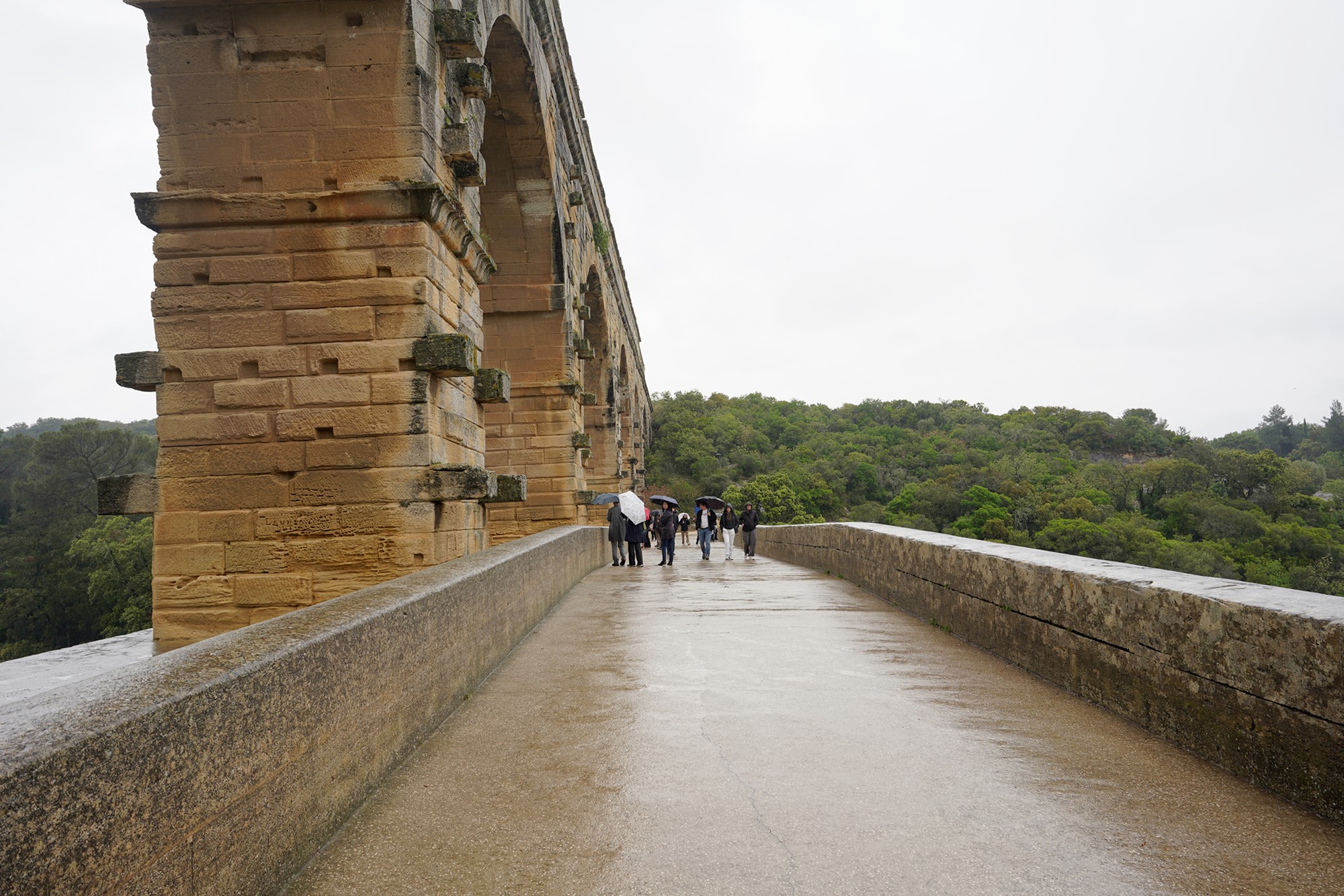
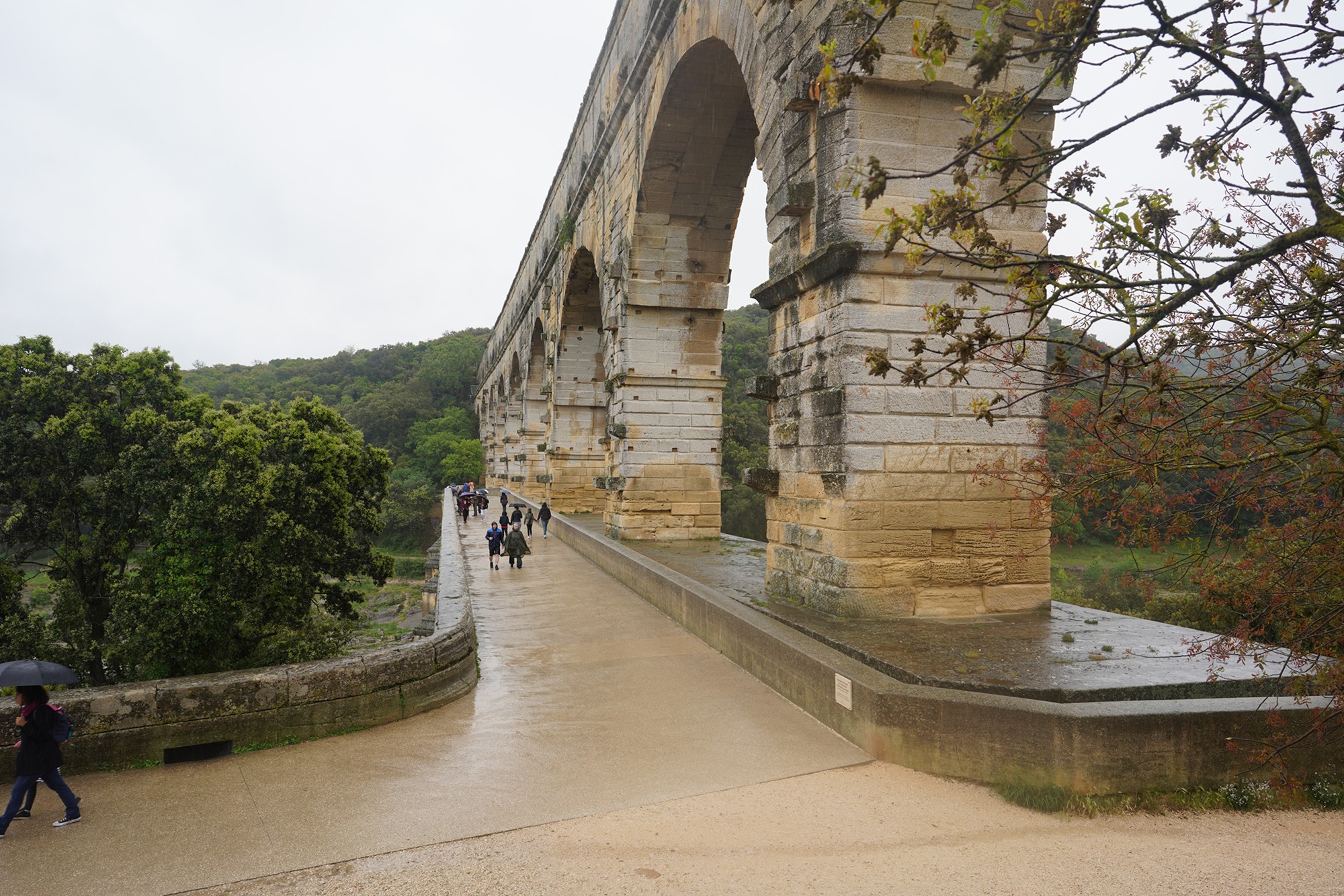
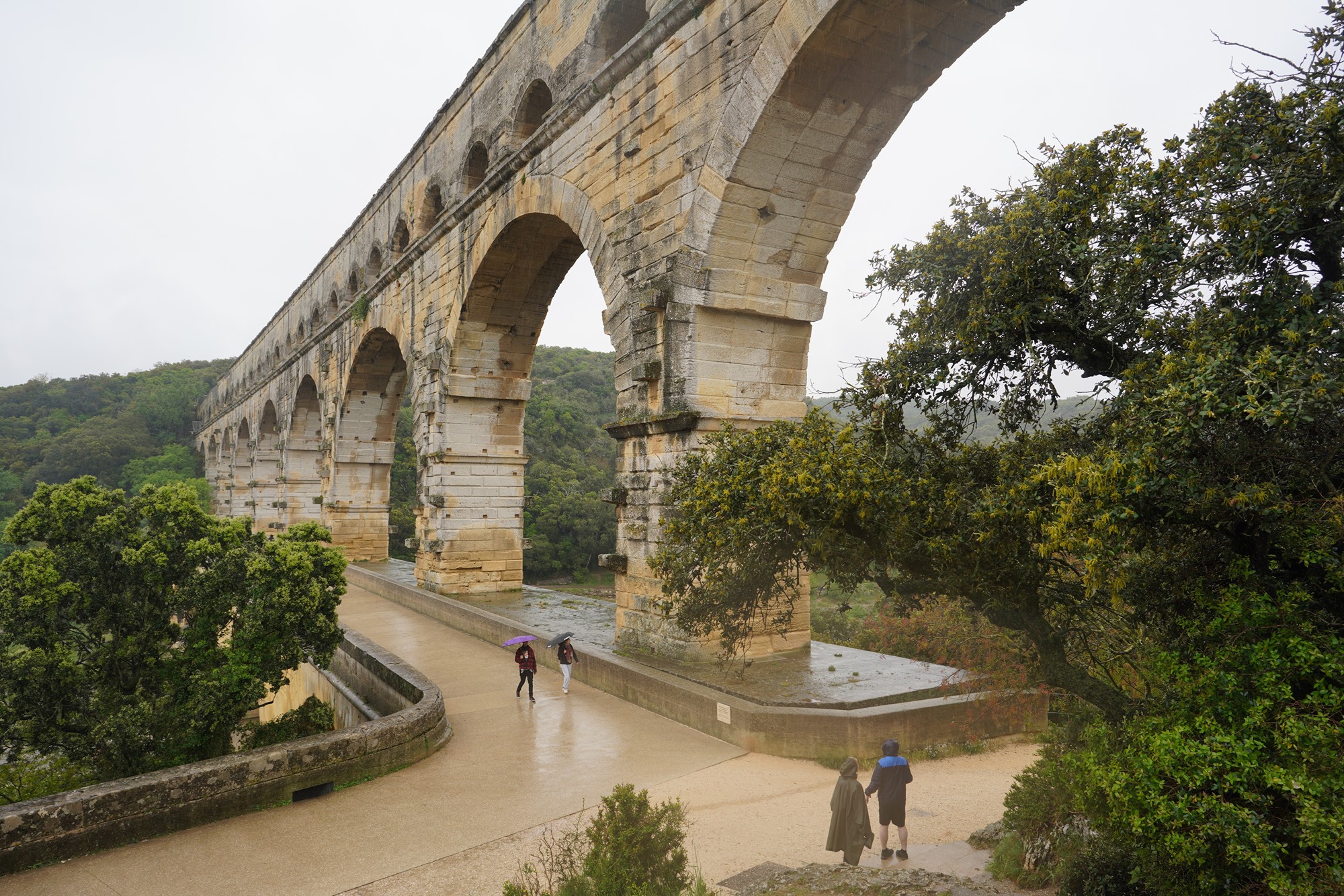
Walked back to the bus station
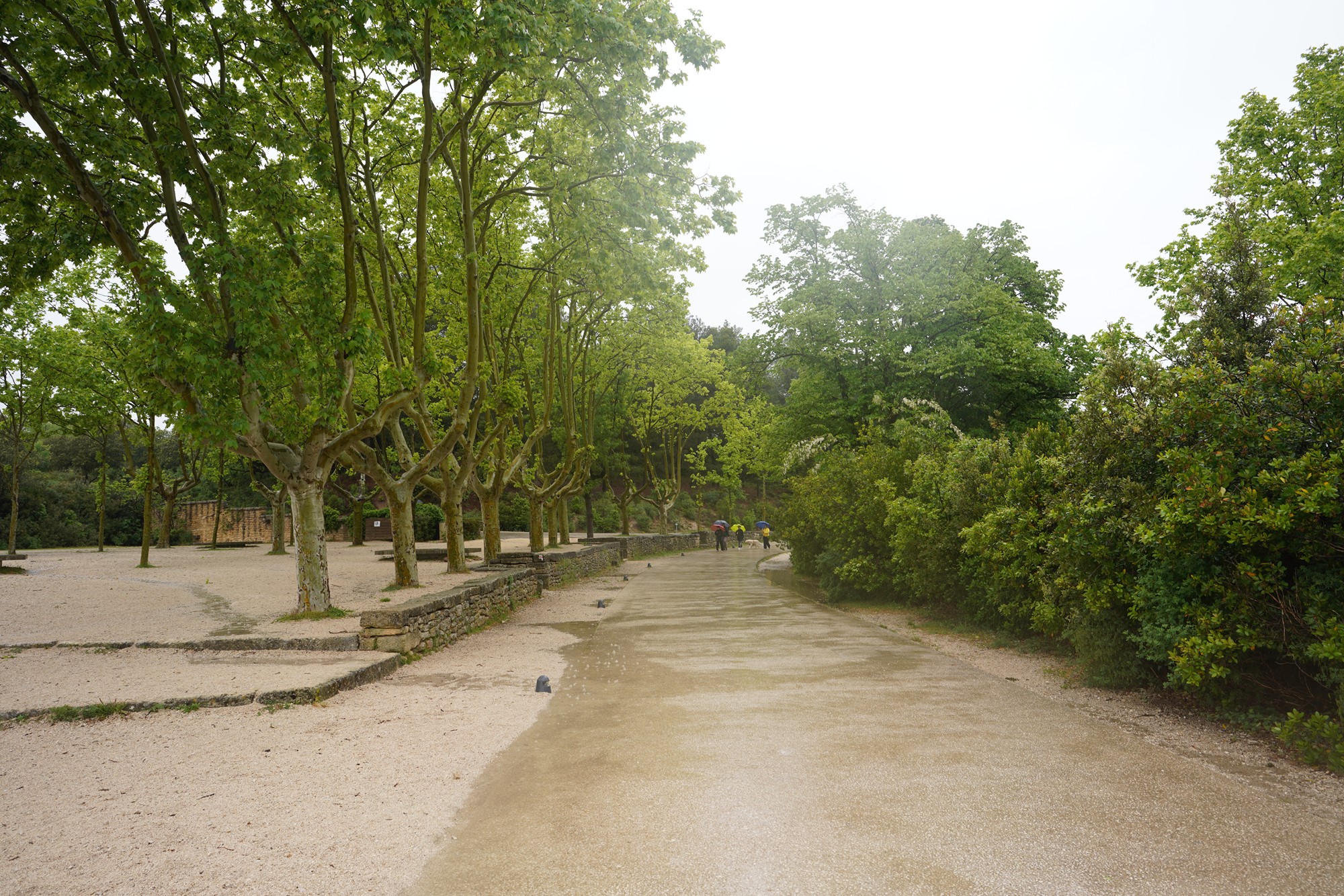
After a bus ride, I returned to Pont Du Gard train station. Instead of going back to Arles, I went to Nimes.
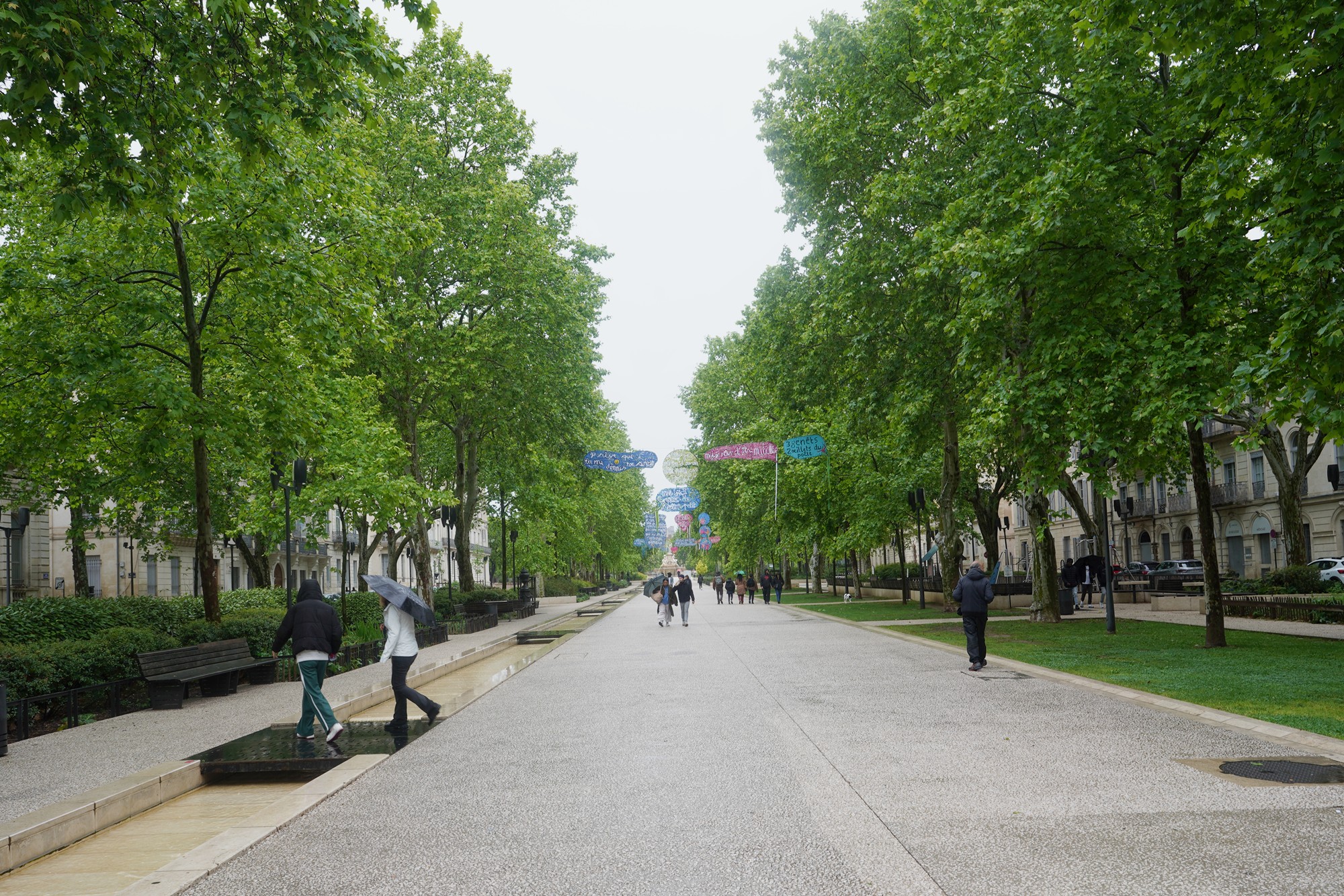
I walked from the train station to Nimes city center. My plan here was to walk around the town for about two hours before I returned to Arles.
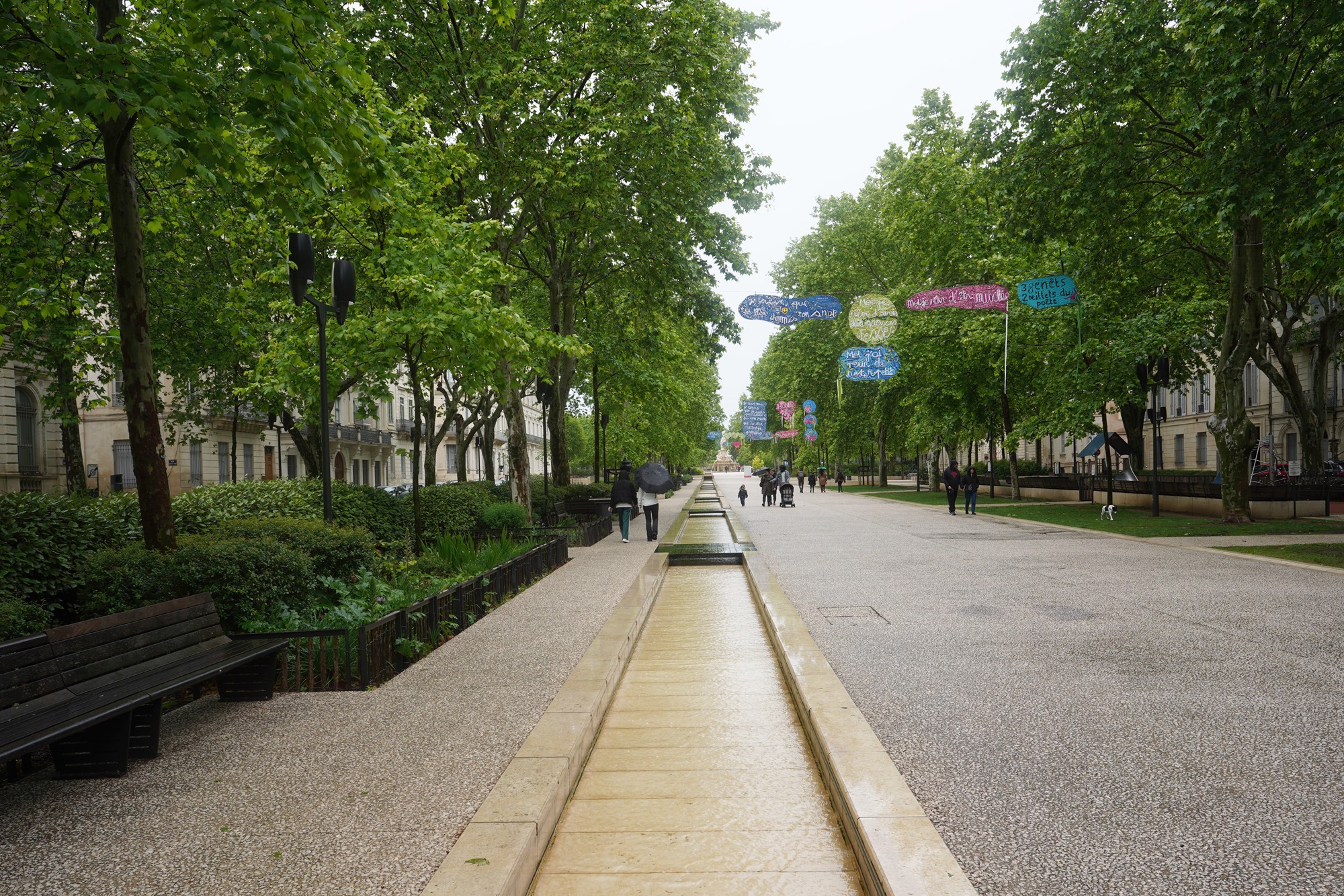
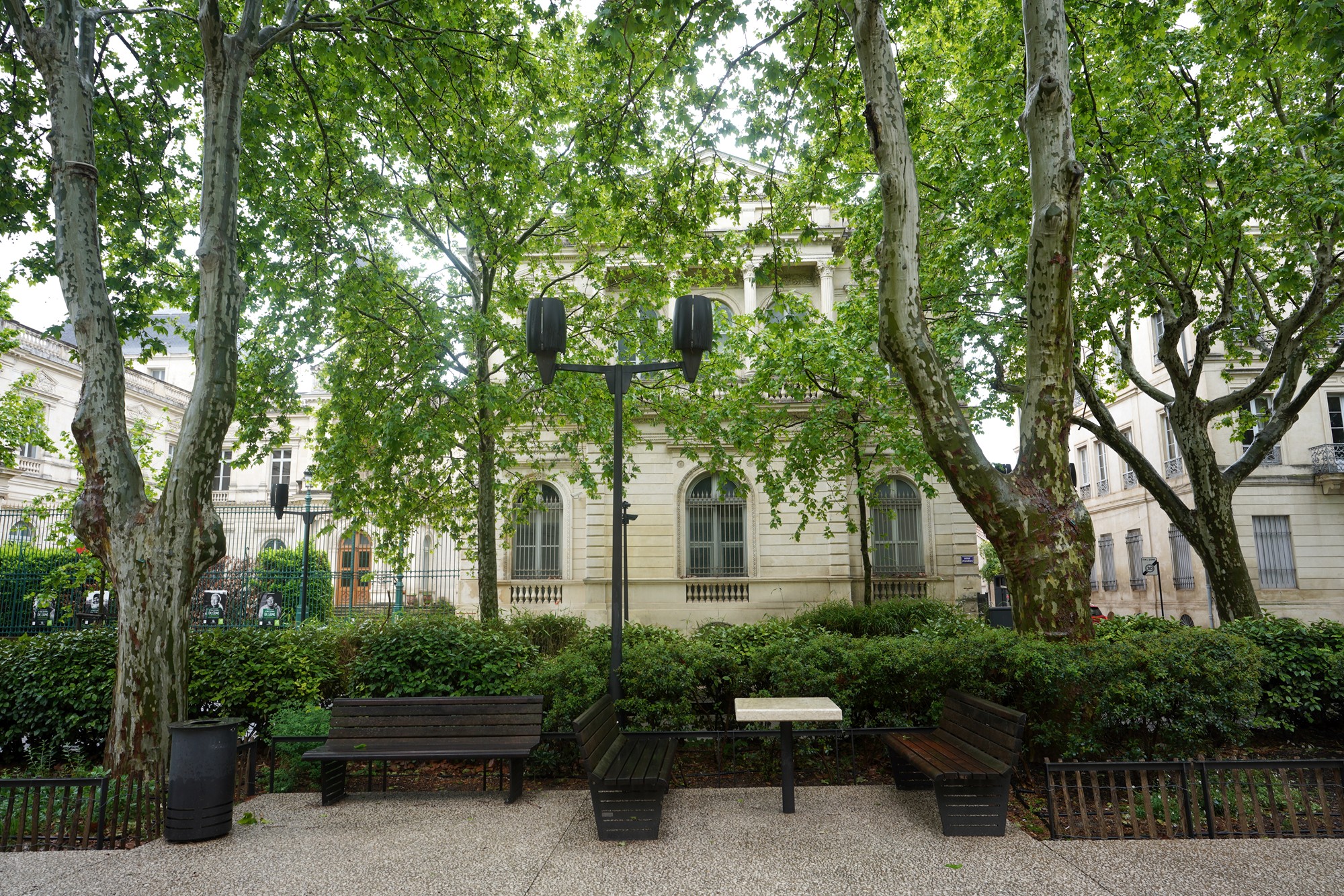
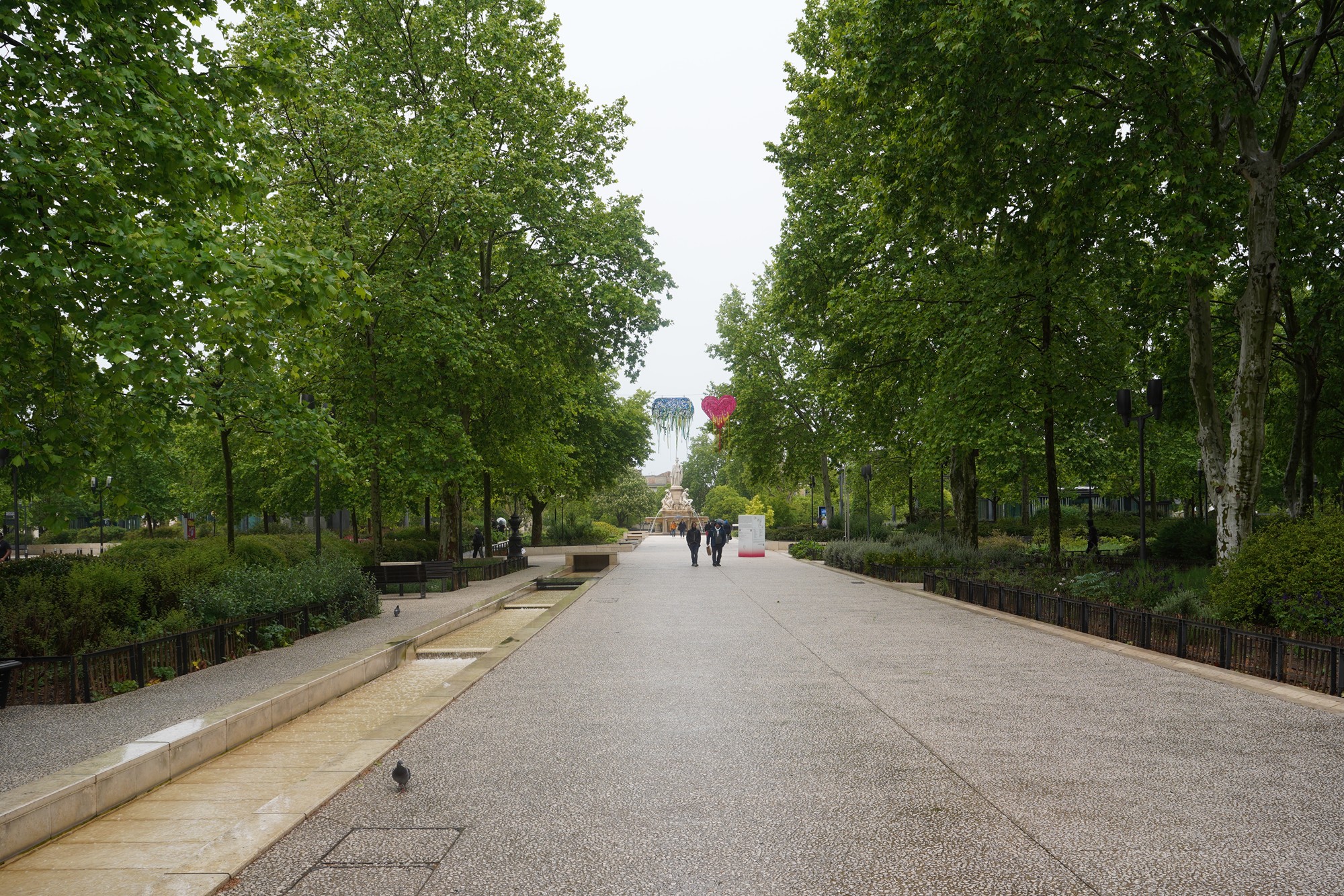
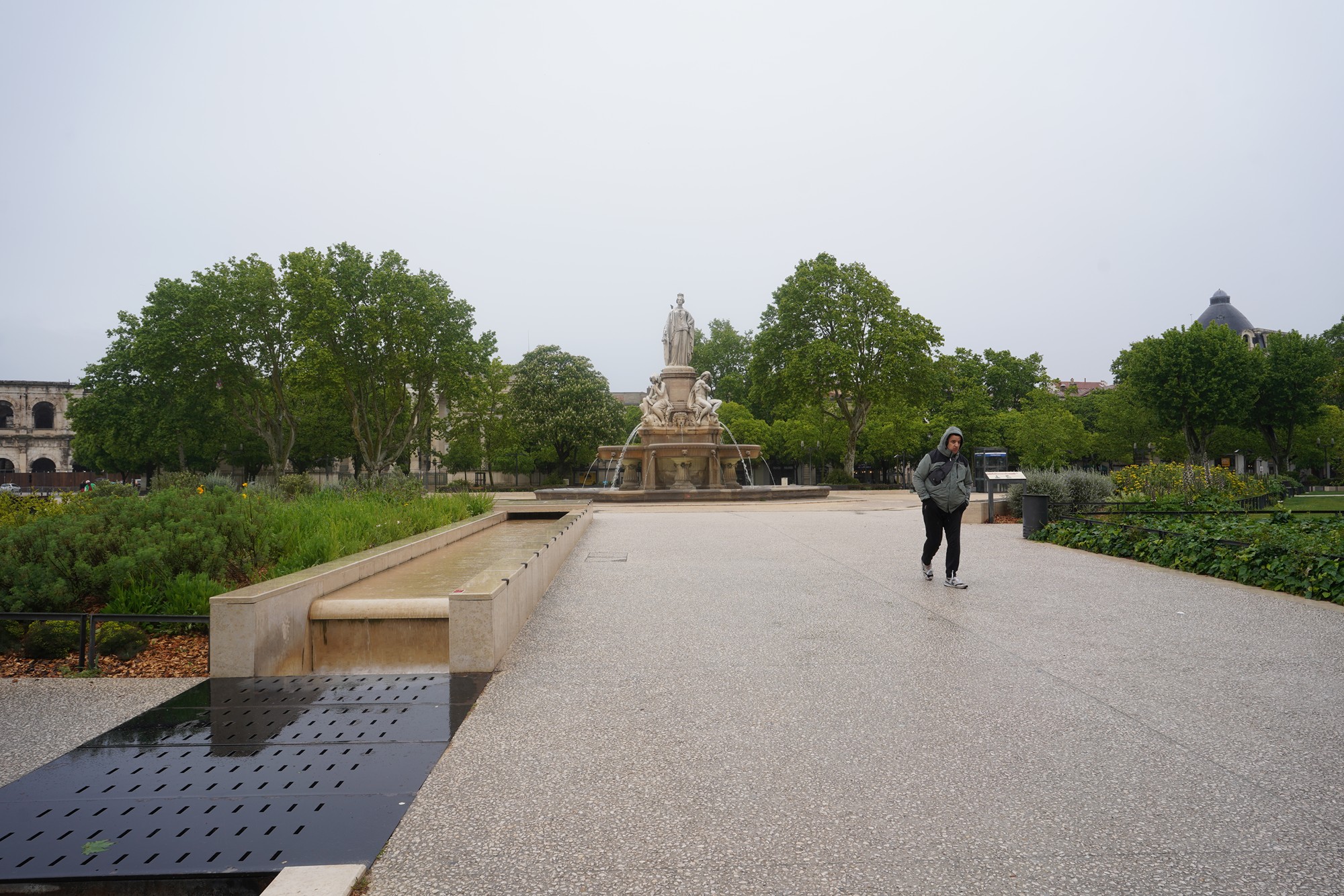
Nîmes, known as Nemausus in Roman times, was a prominent Roman colony. It was an important center of administration and trade, benefiting from its strategic location along the Via Domitia, a major Roman road.
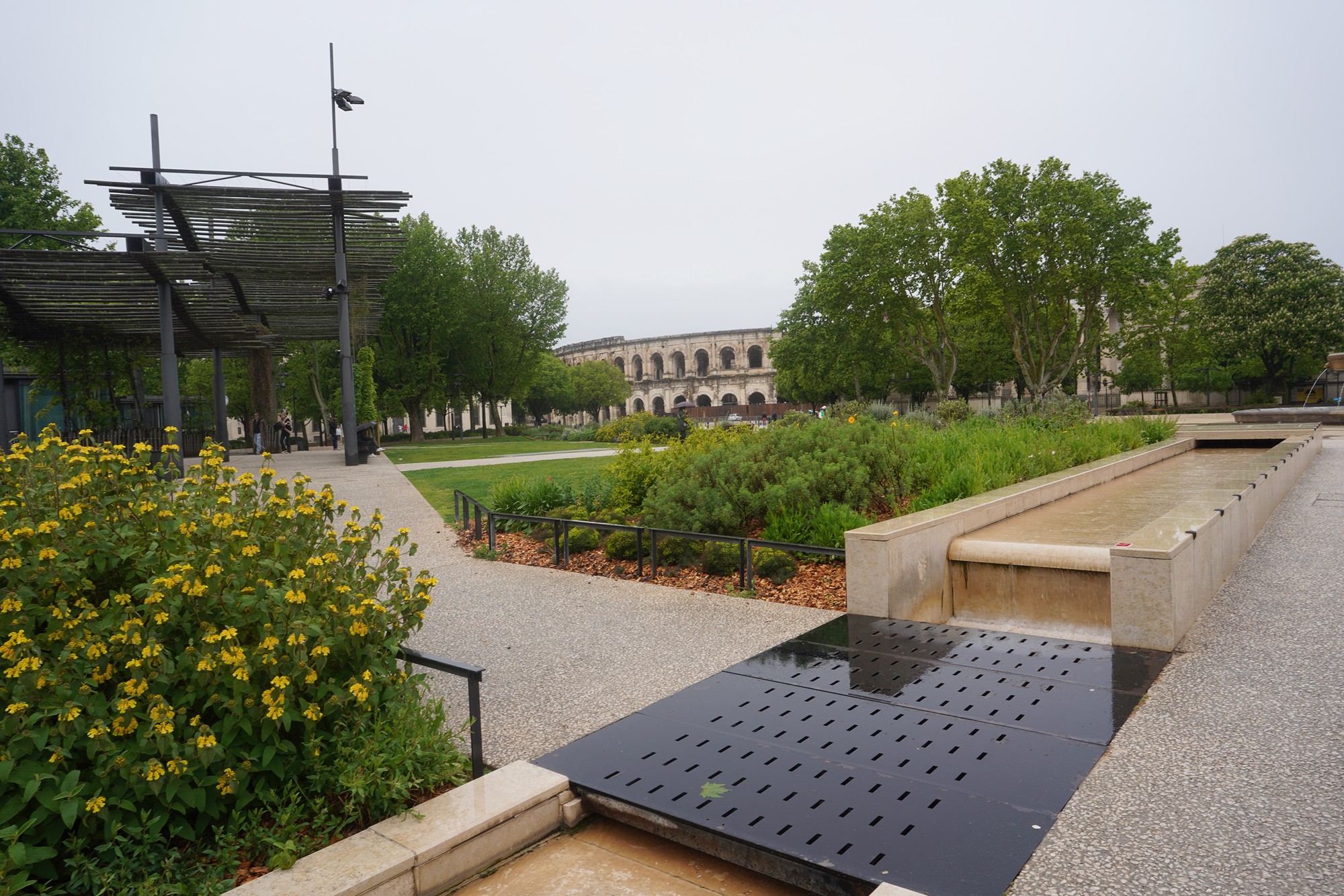
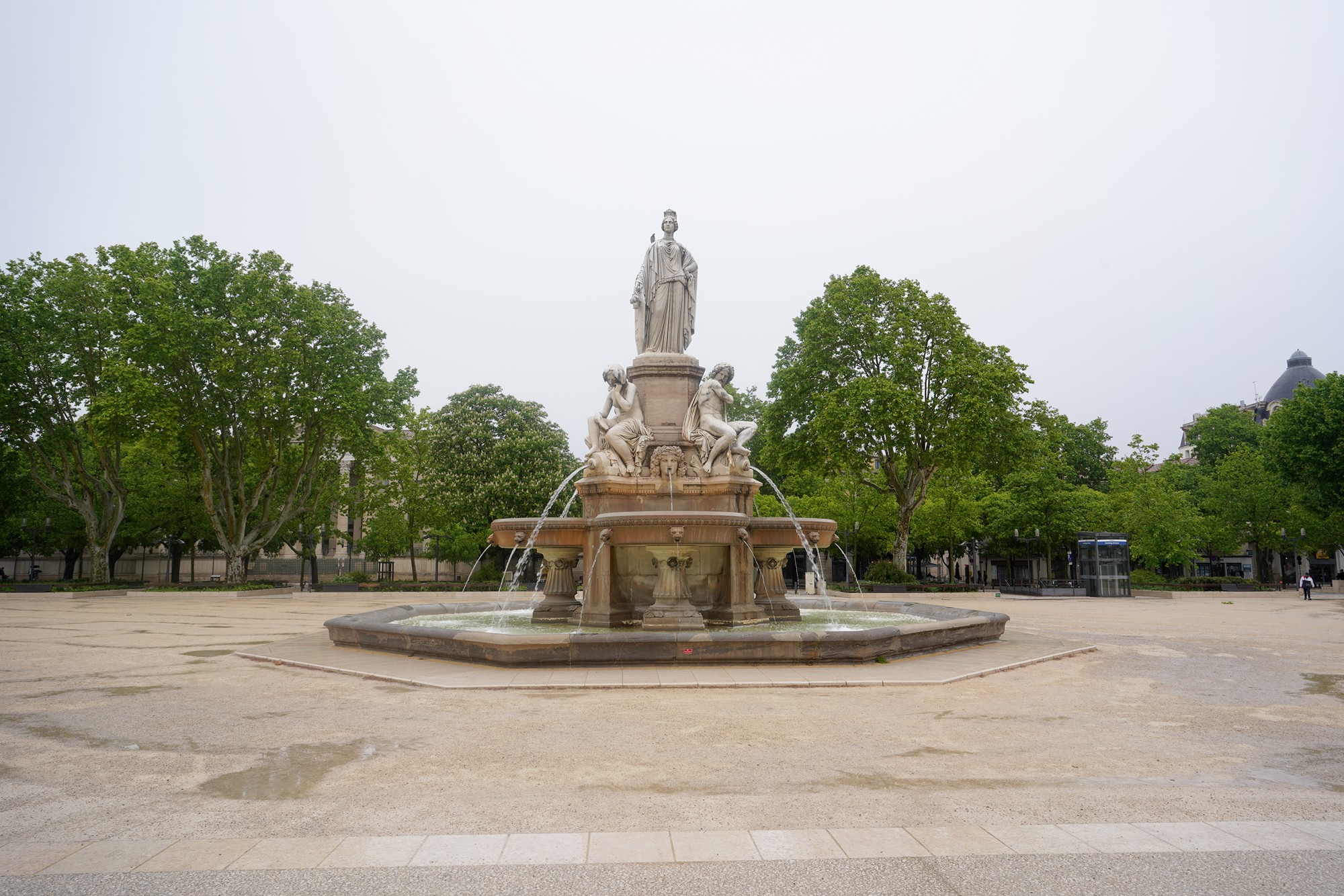
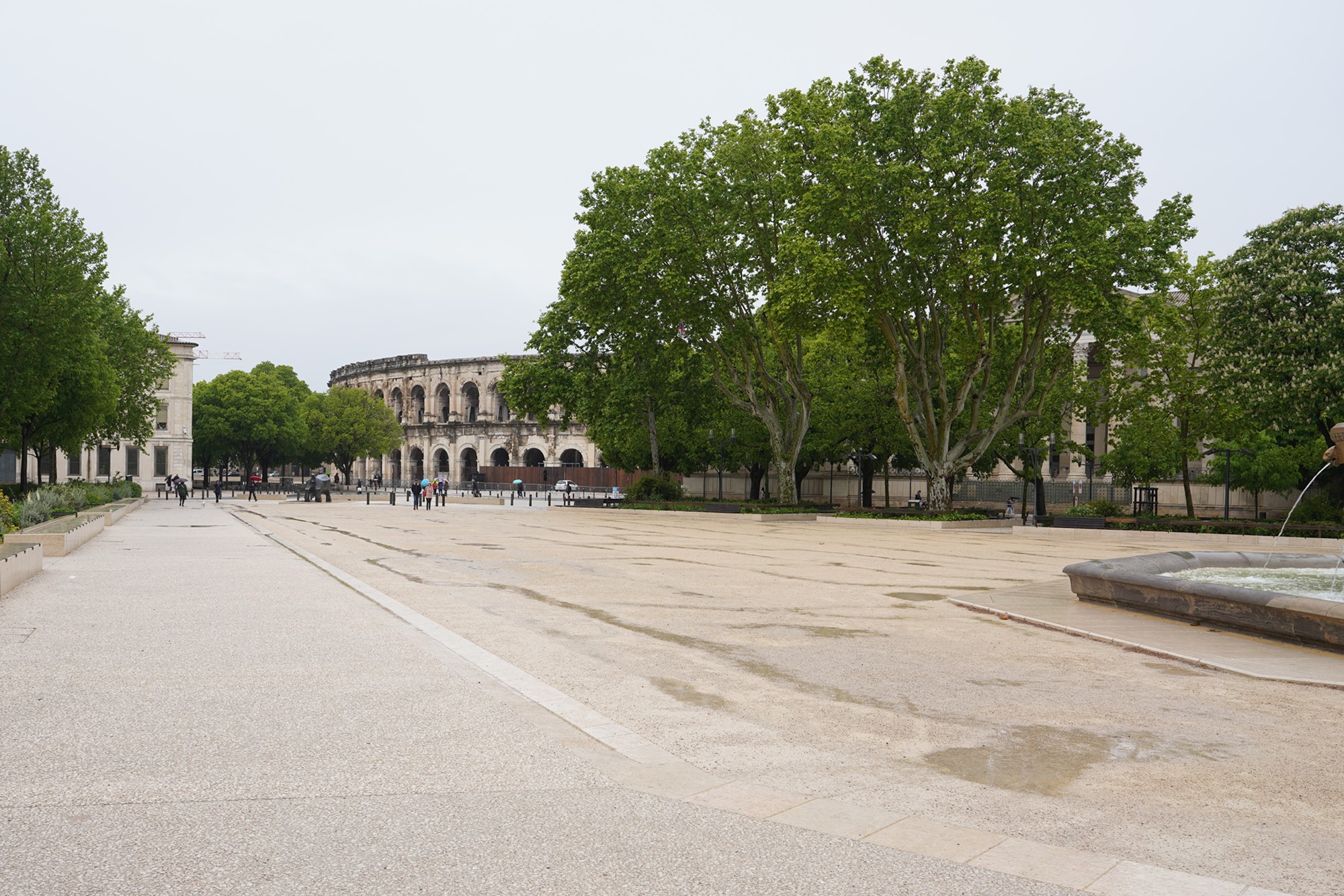
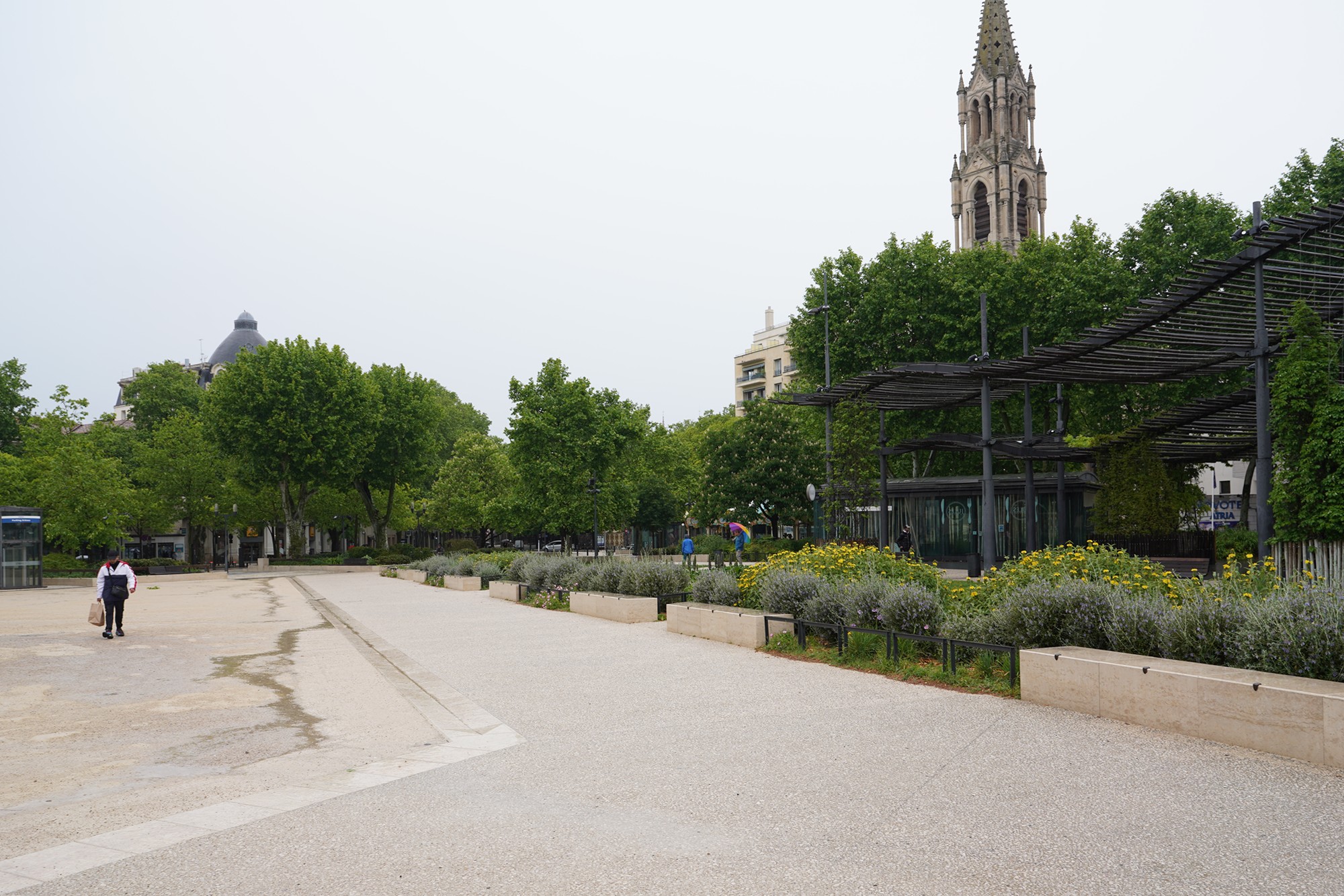
Like Arles, it has a coliseum.
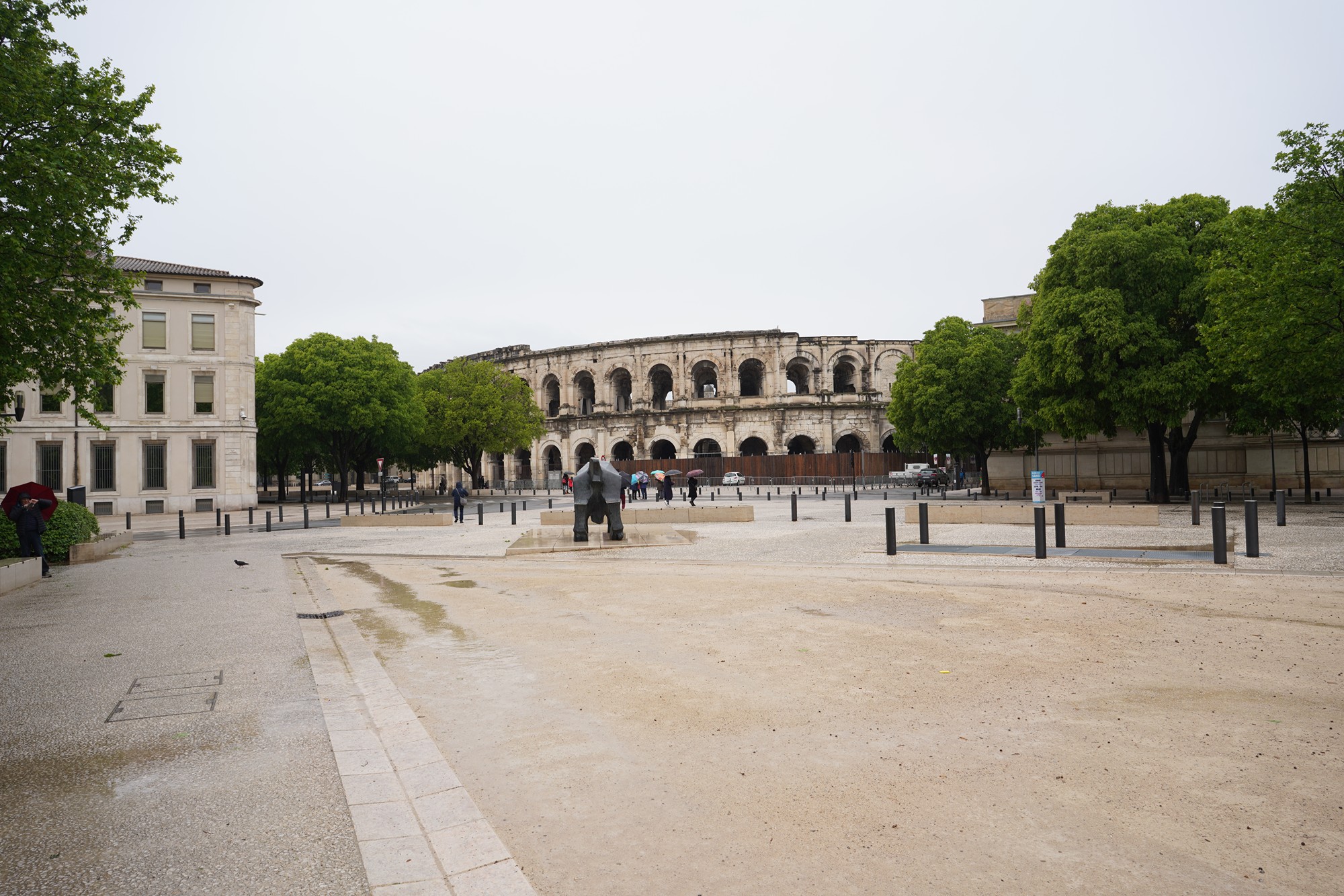
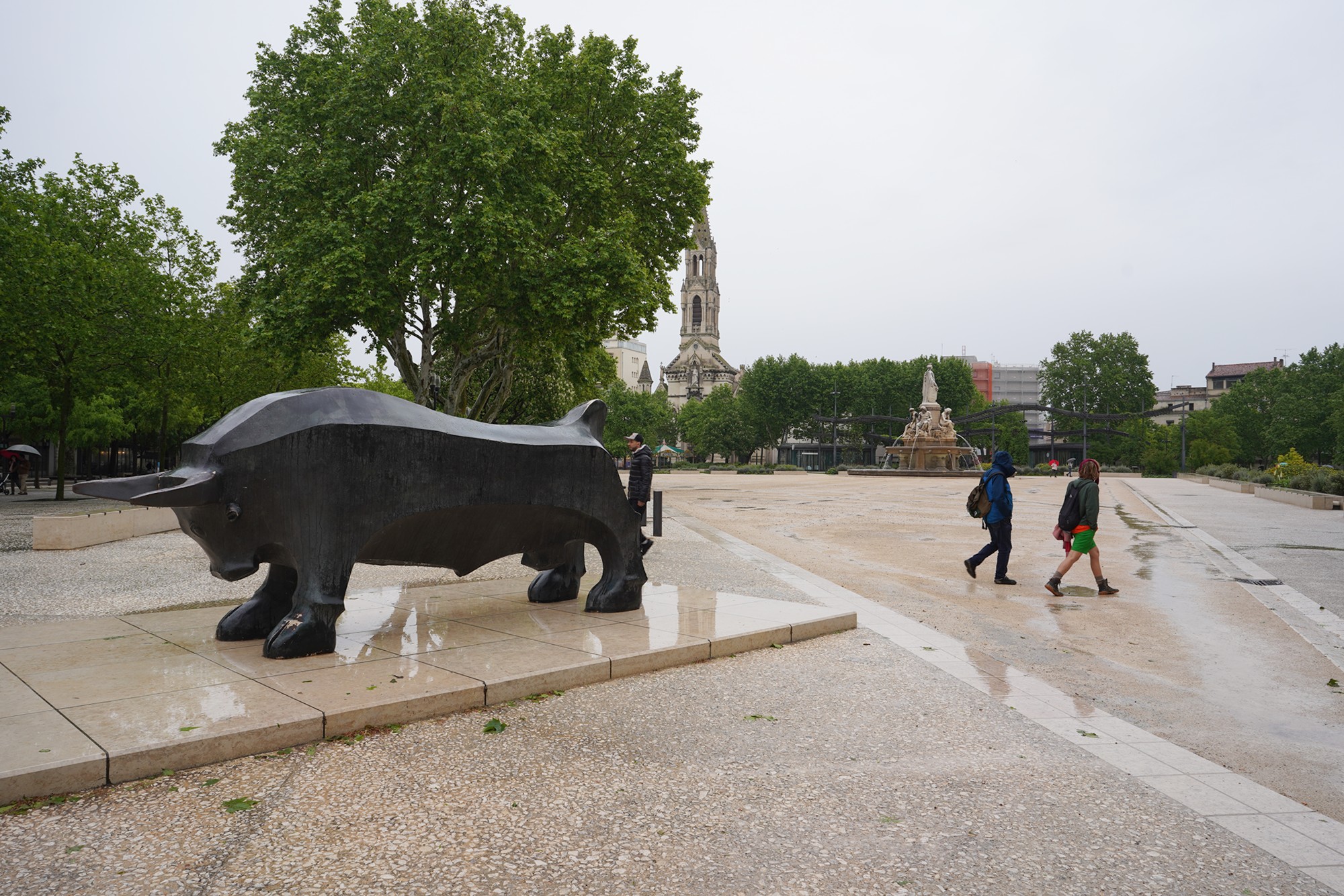
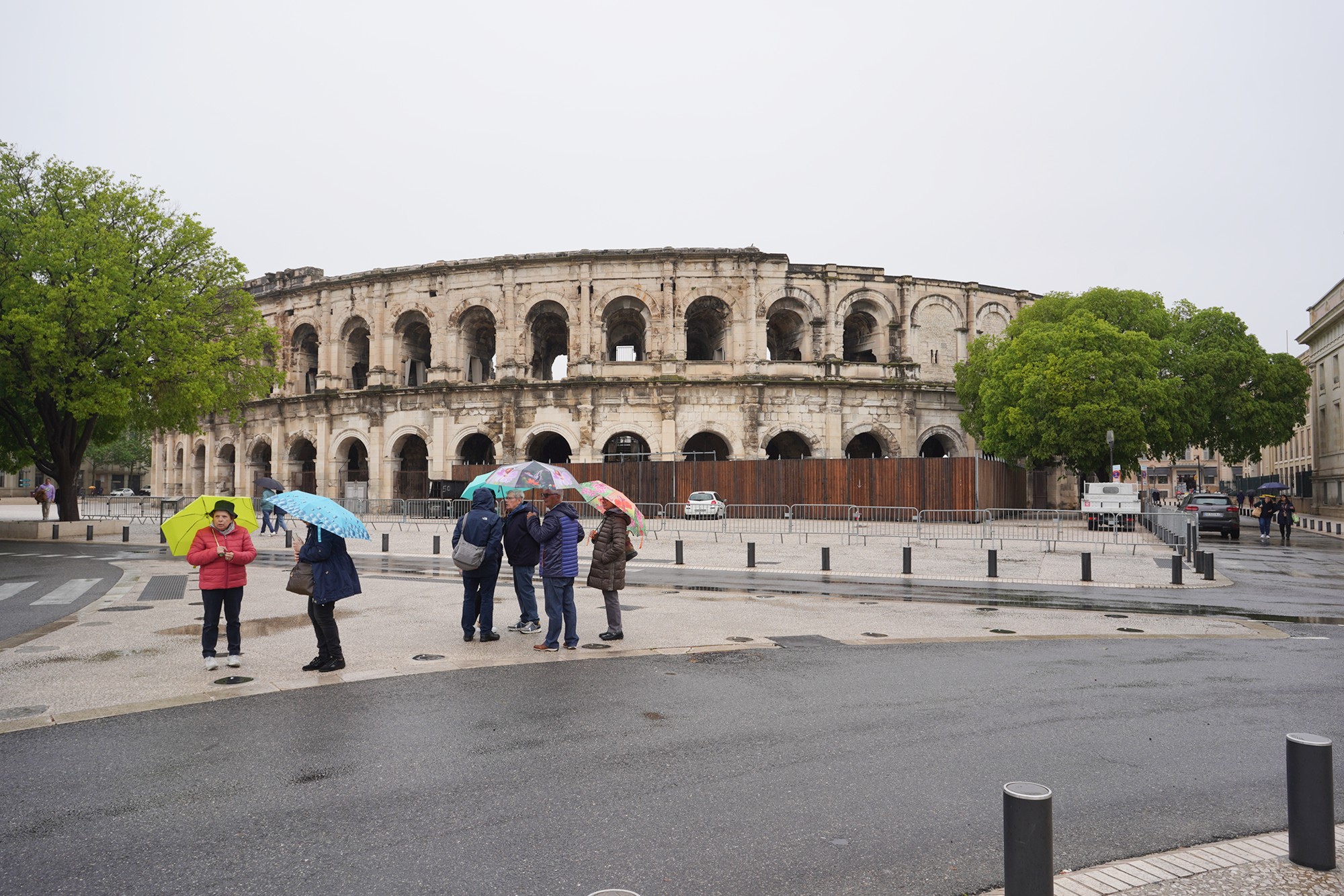
This Roman amphitheater, built in the 1st century CE, was used for gladiatorial contests, public spectacles, and later, as a fortress and residential area.
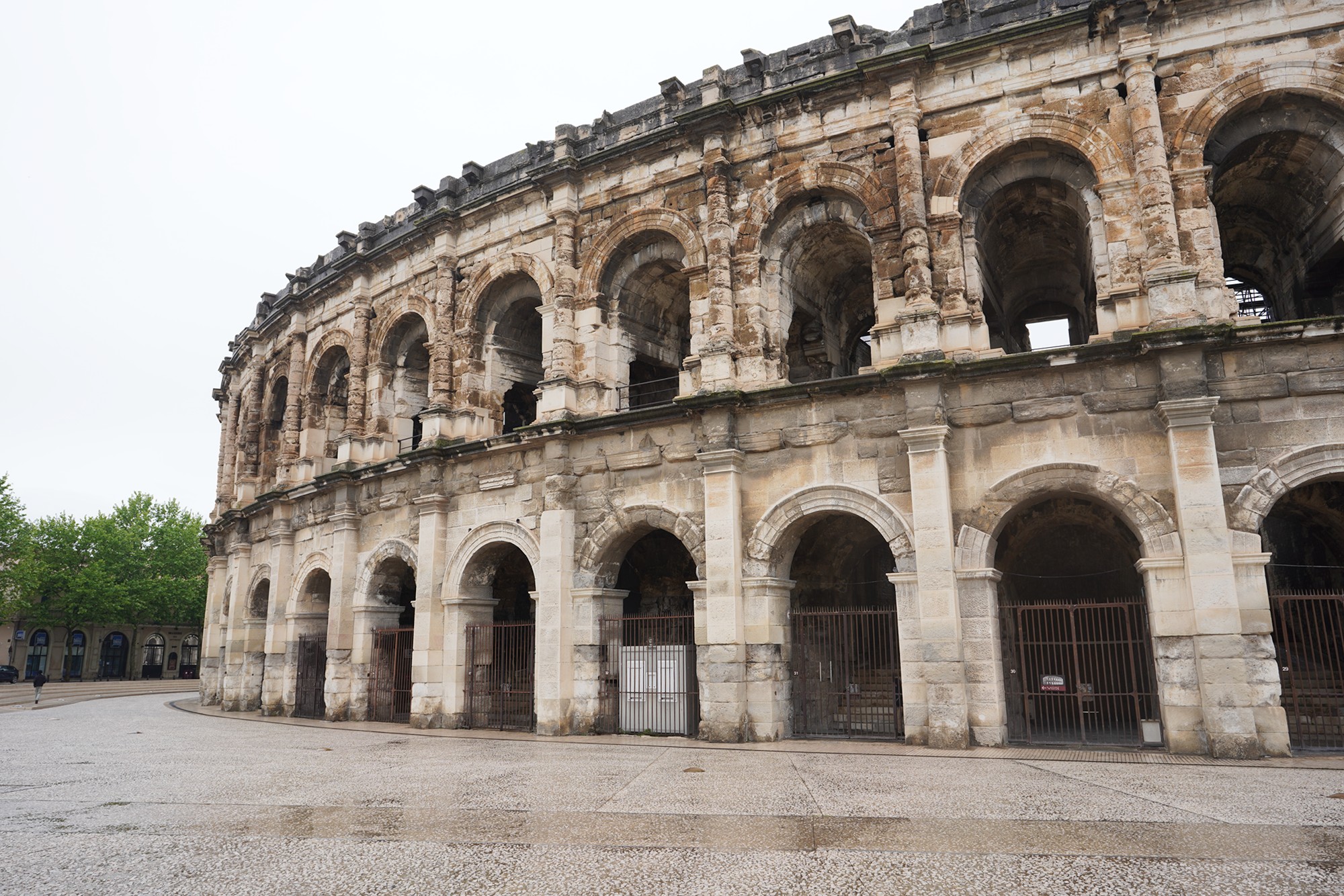
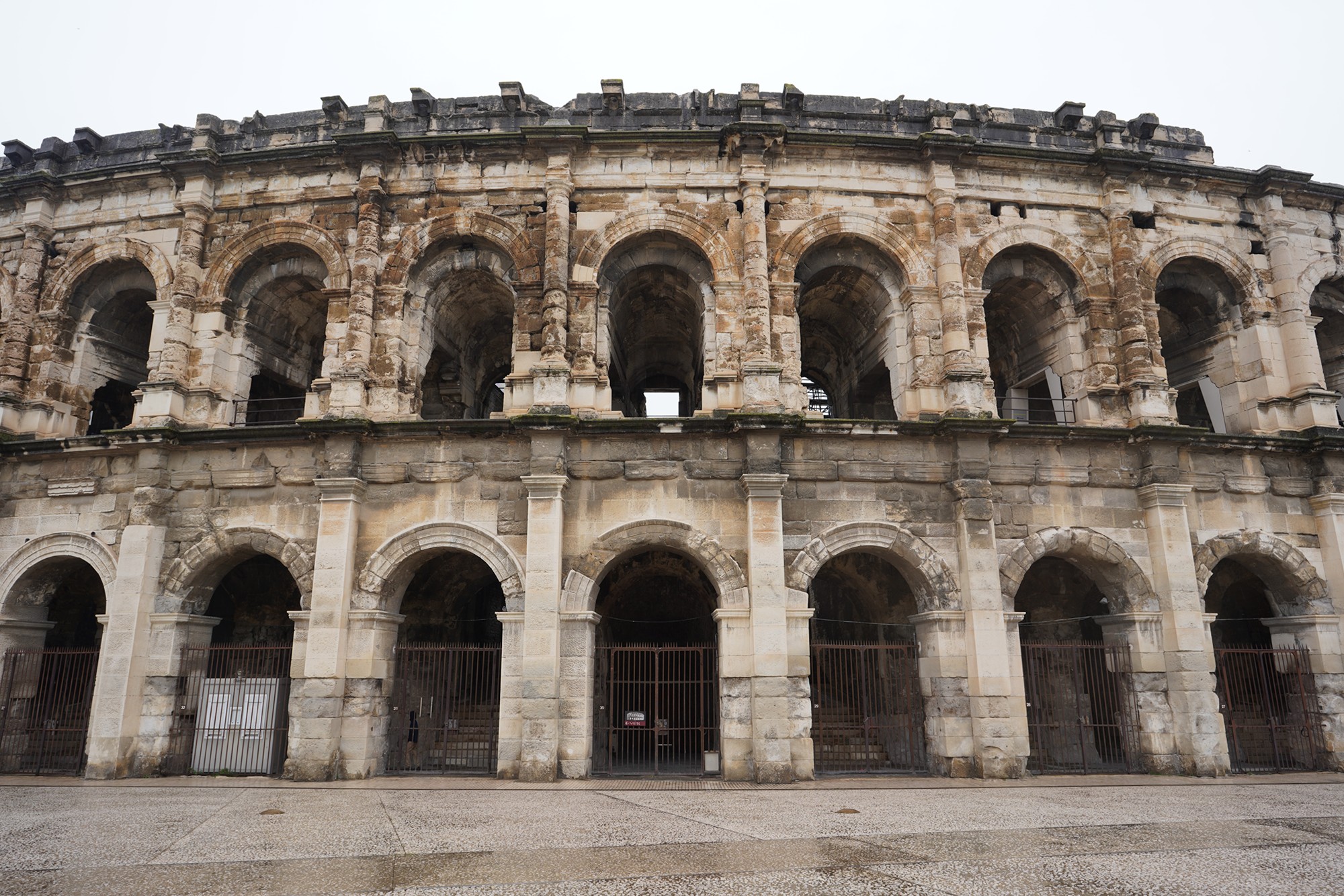
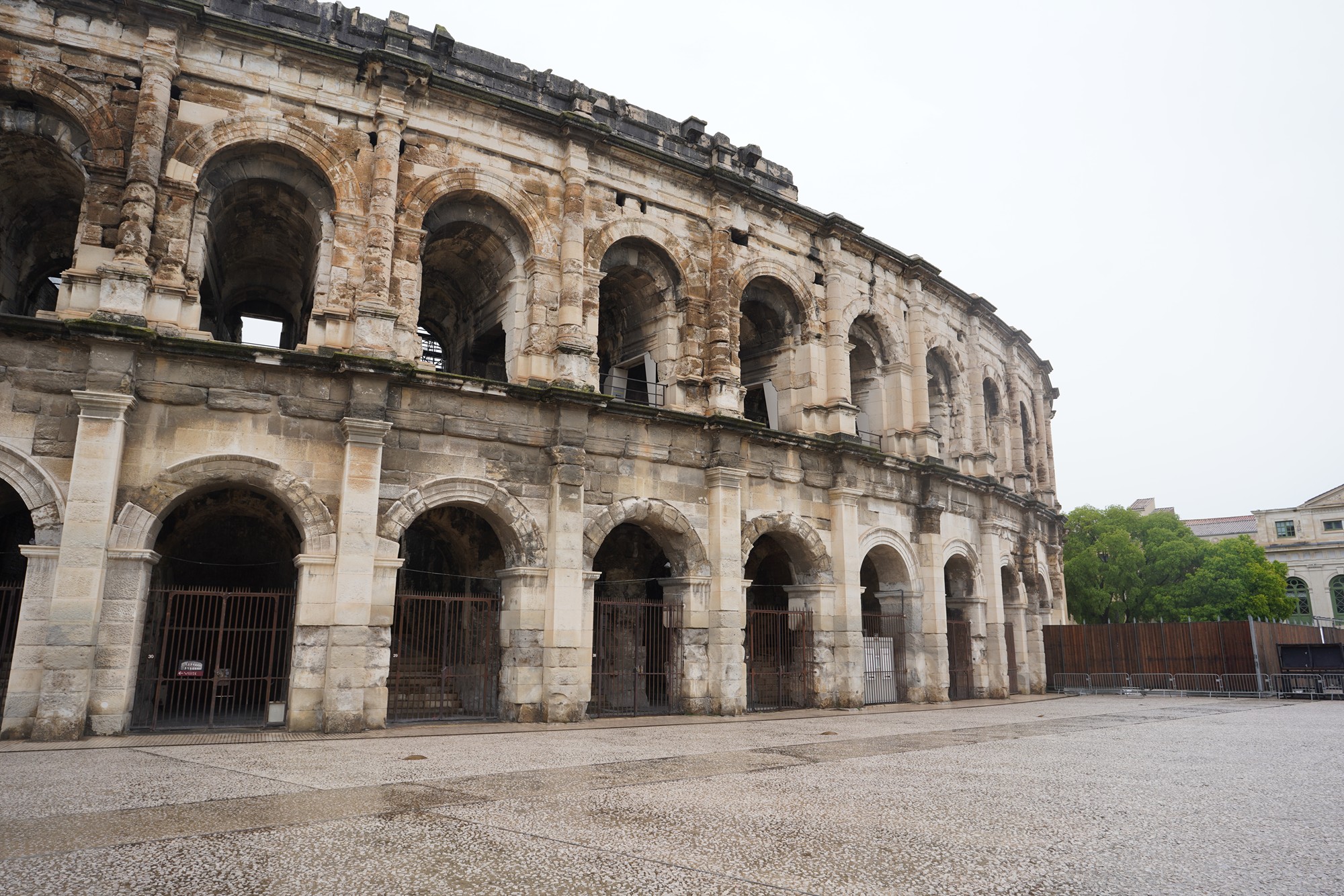
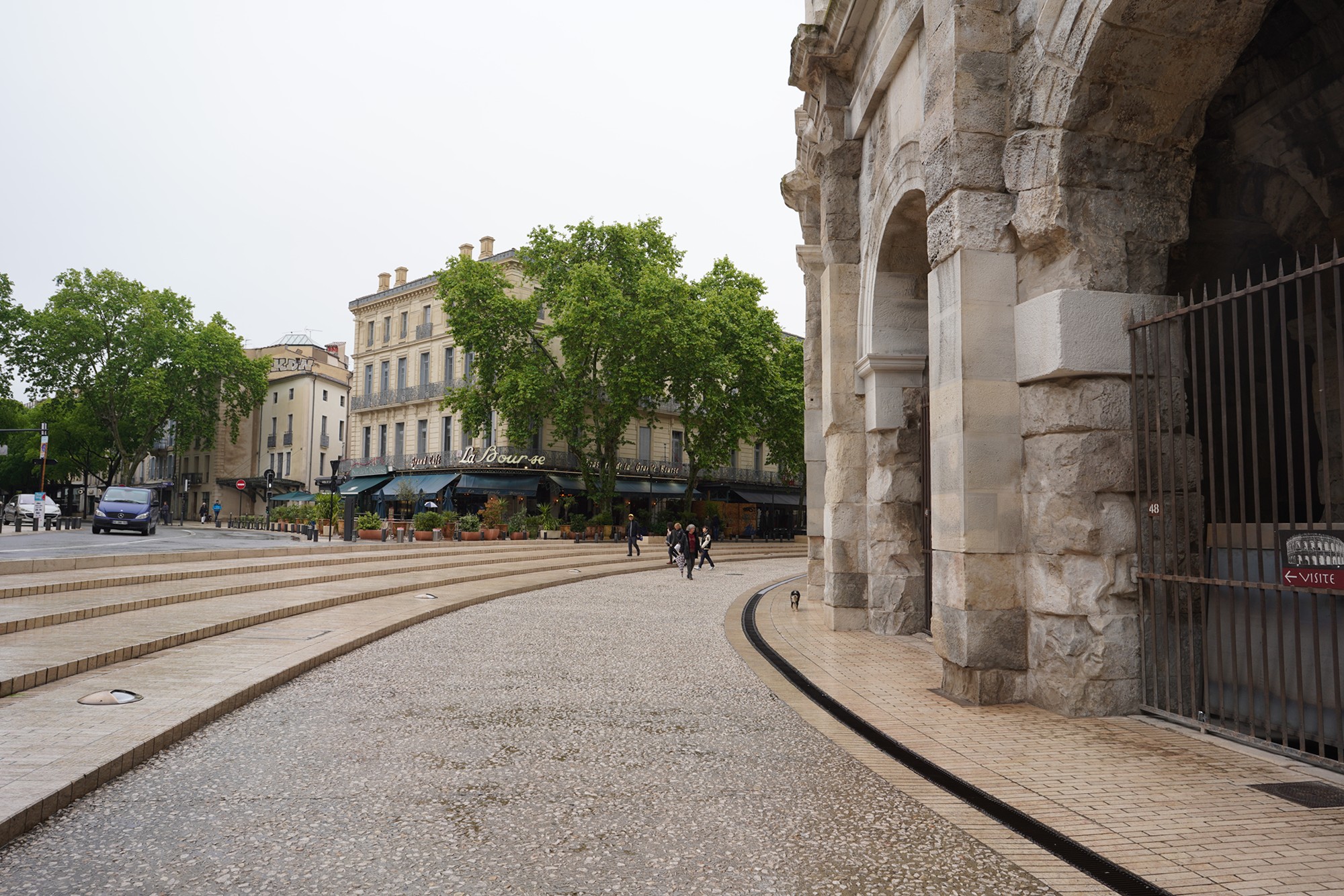
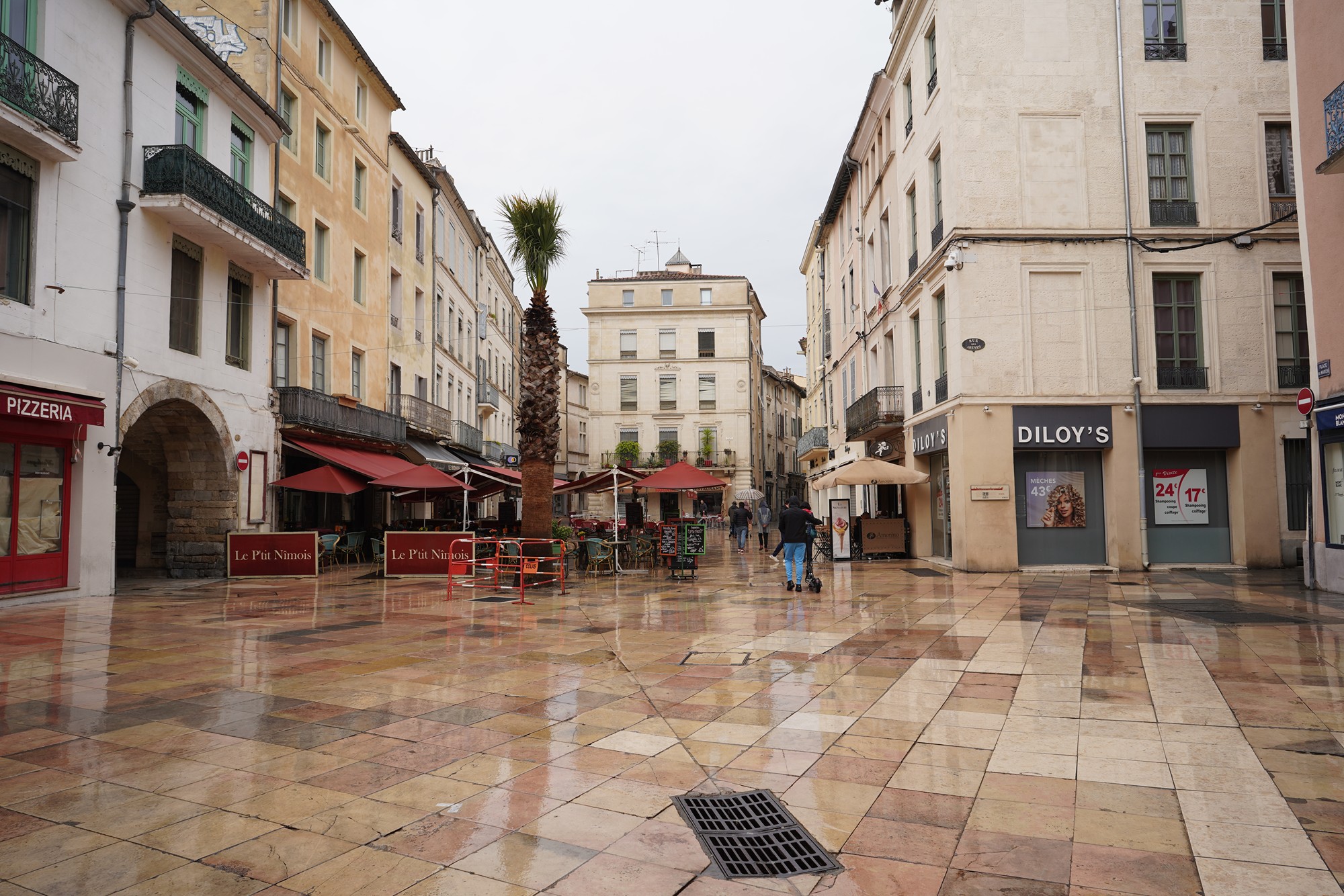
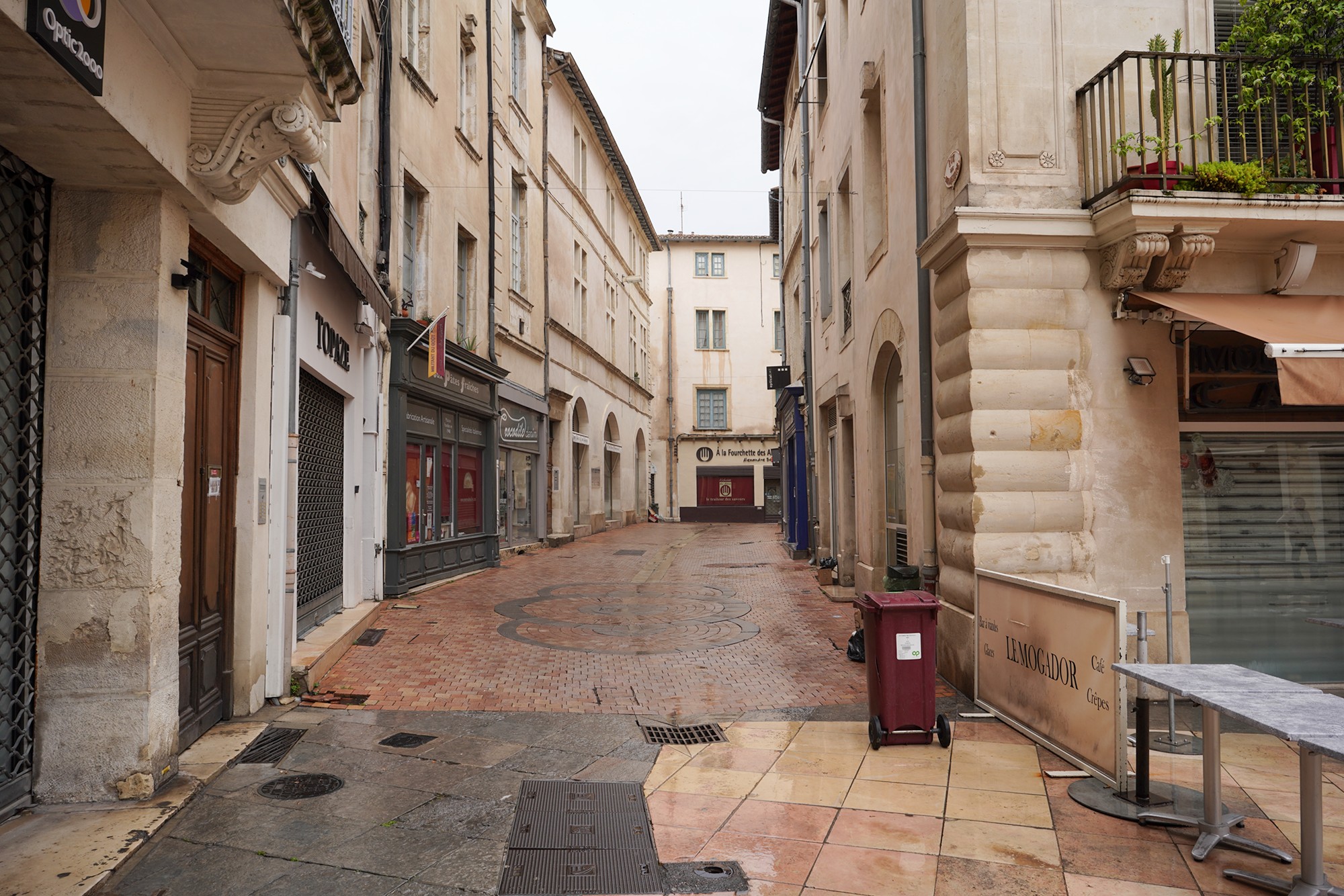
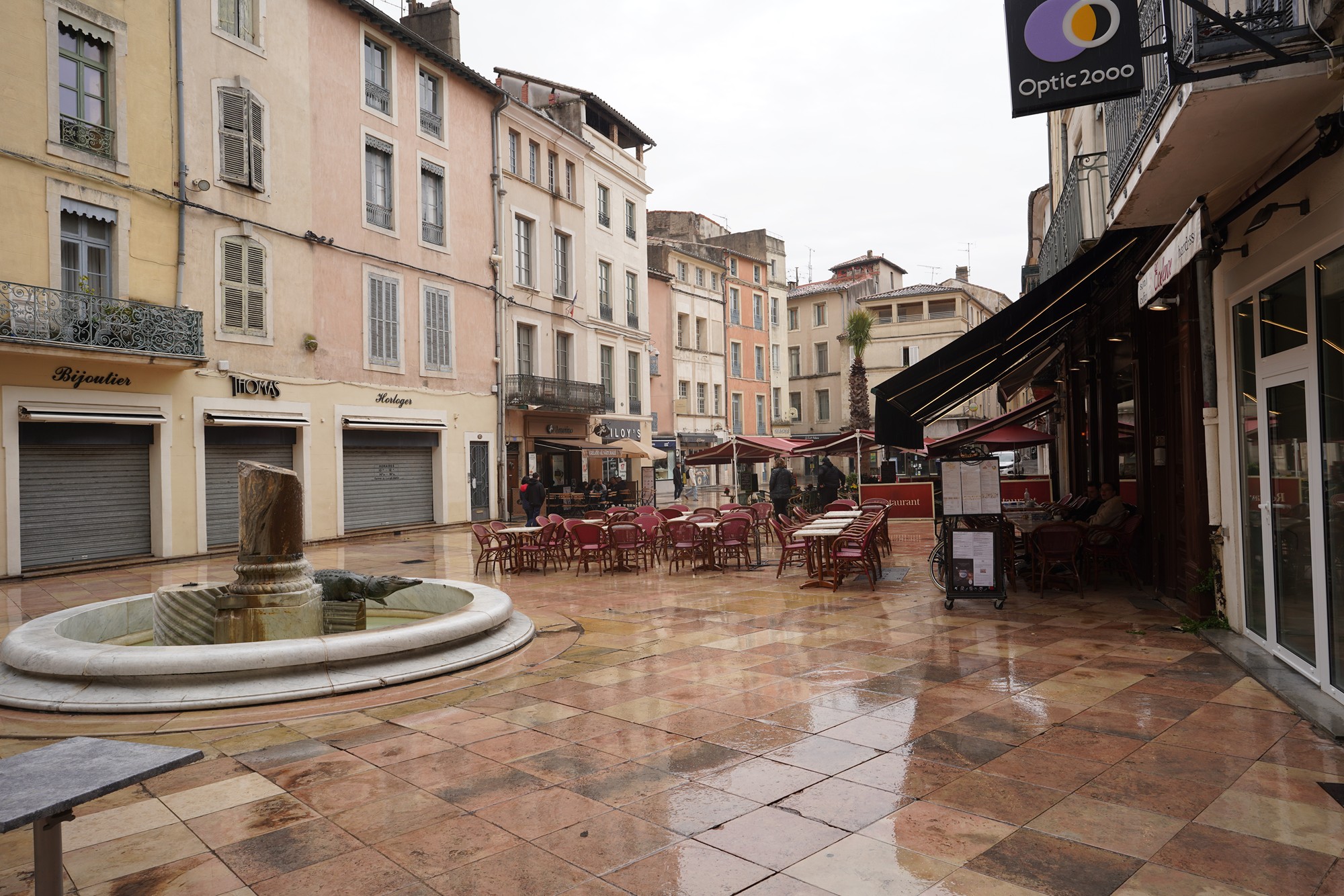
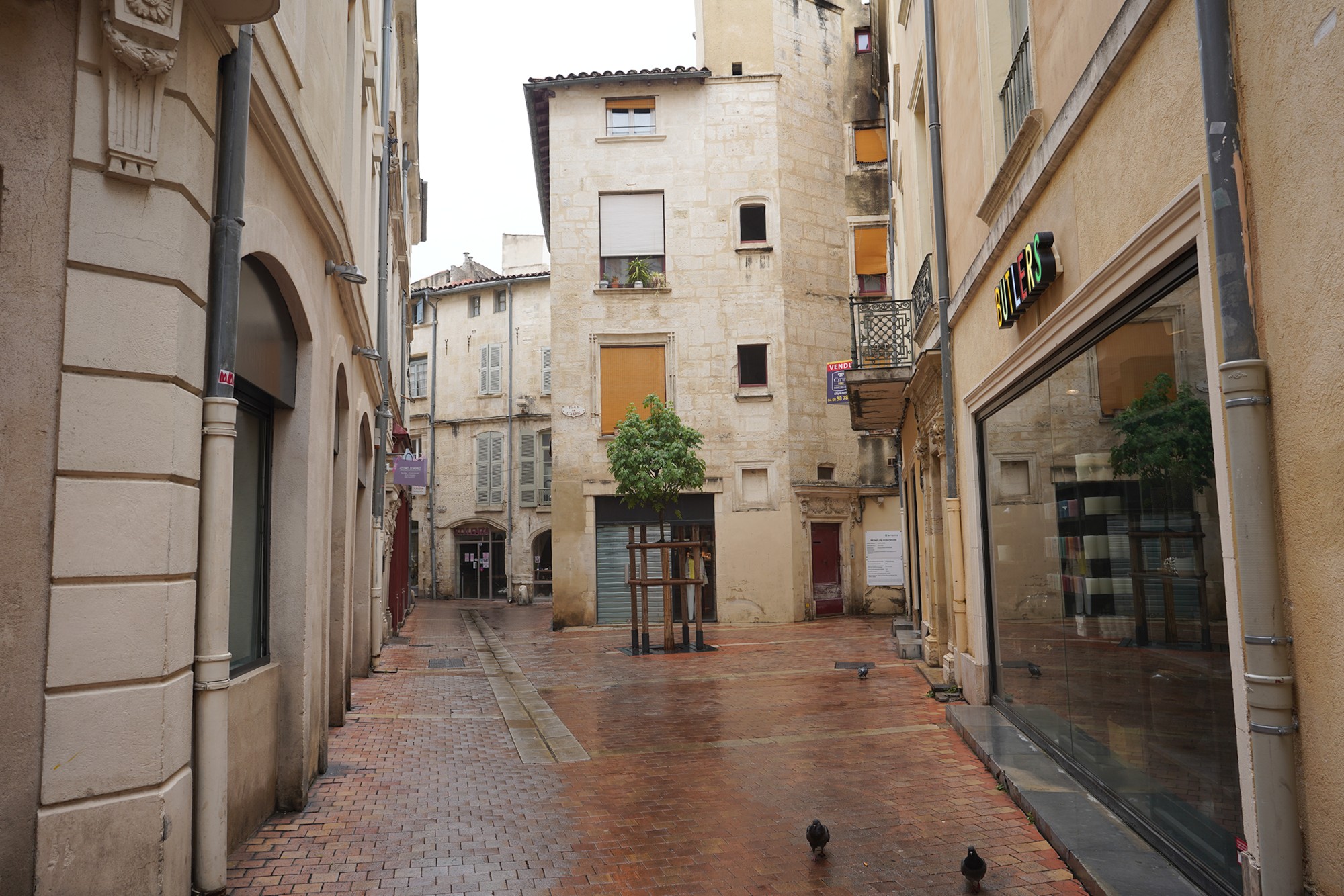
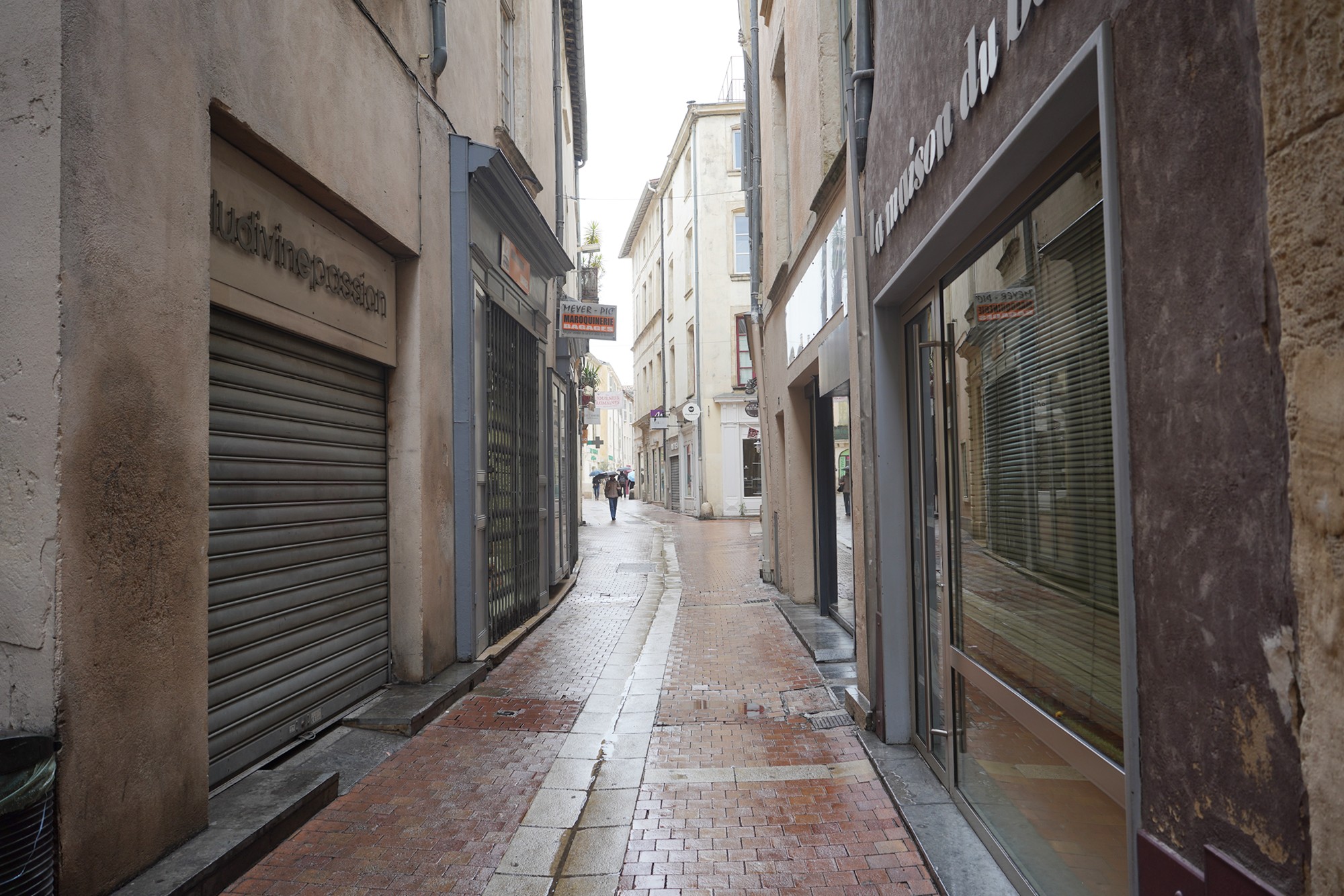
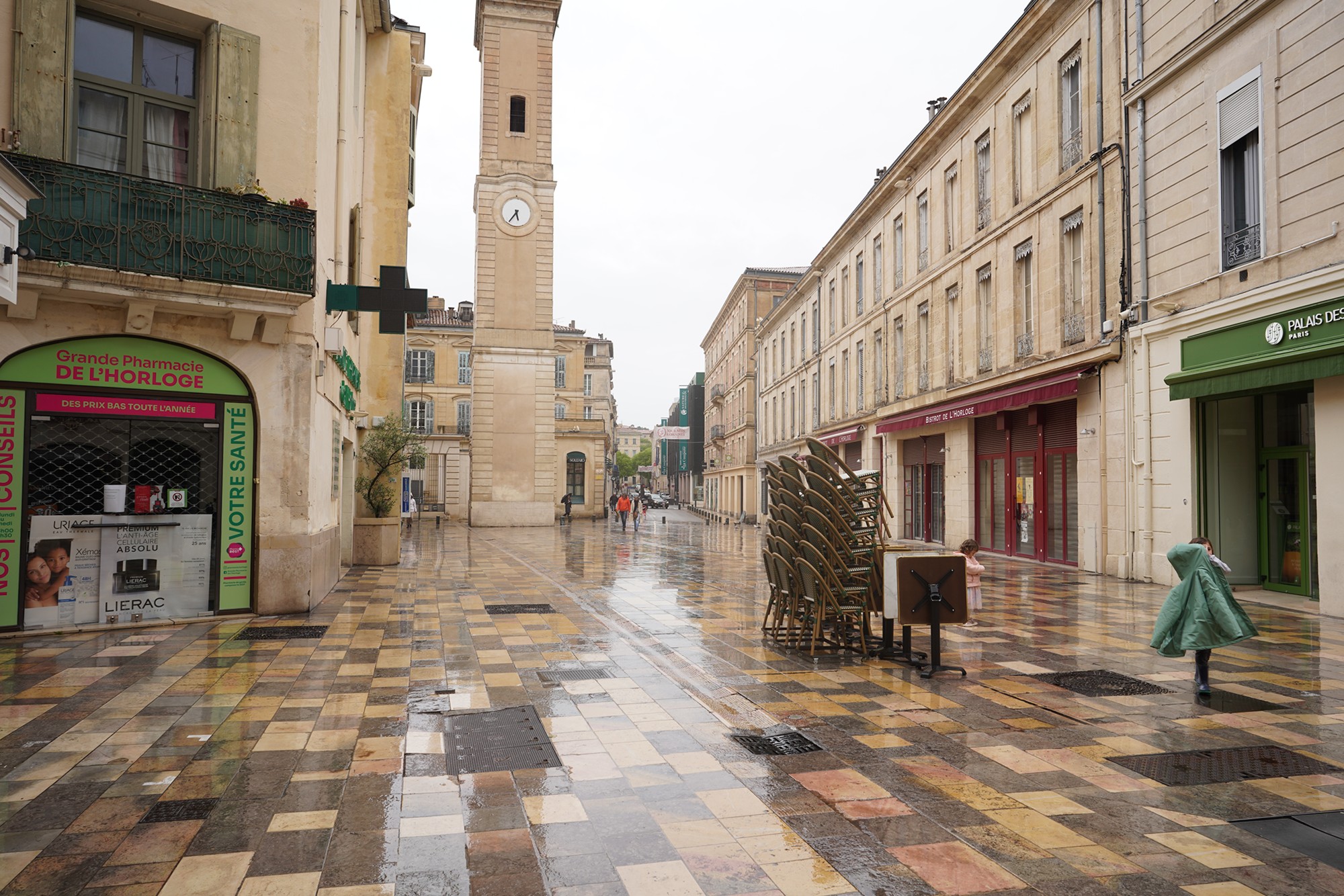
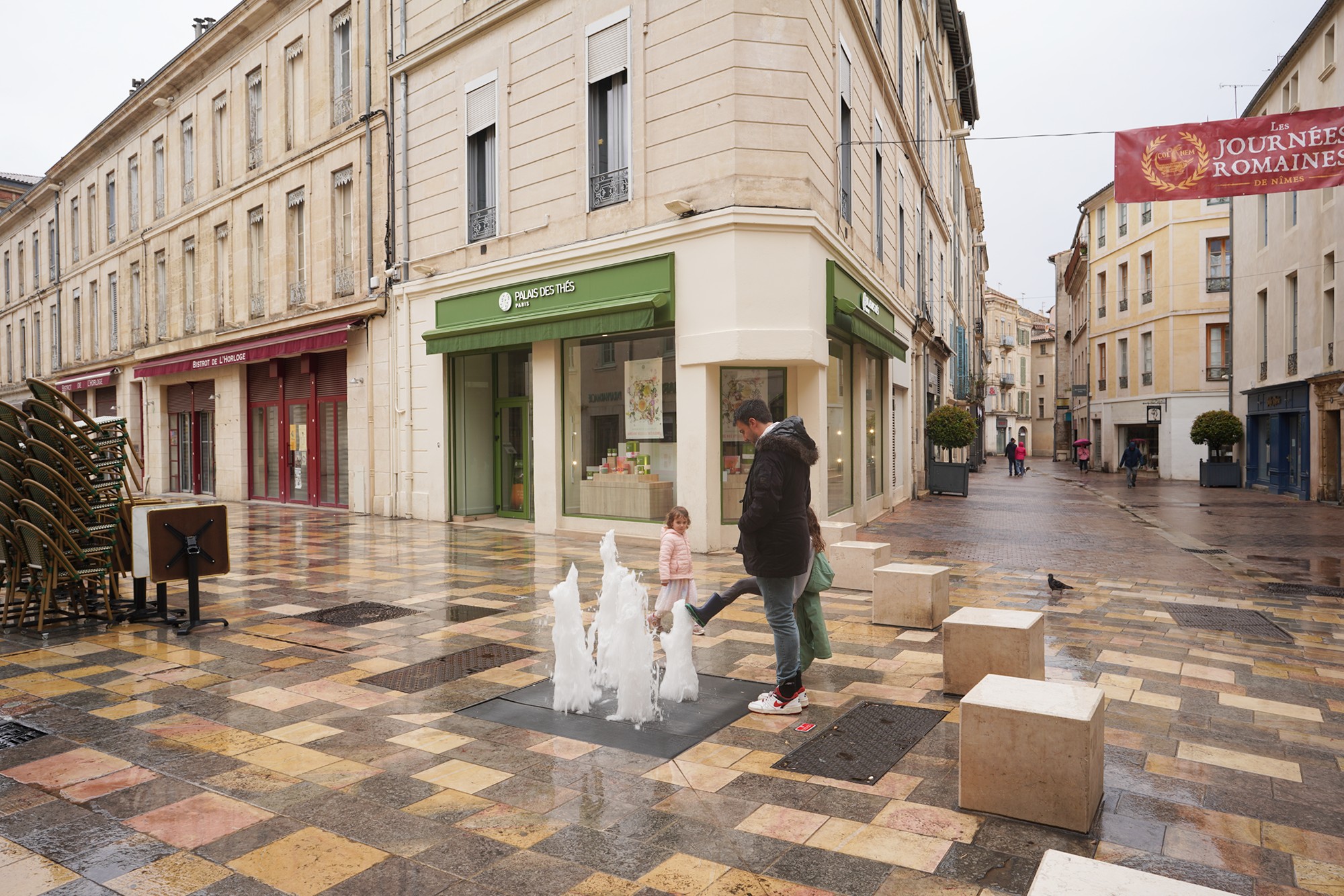
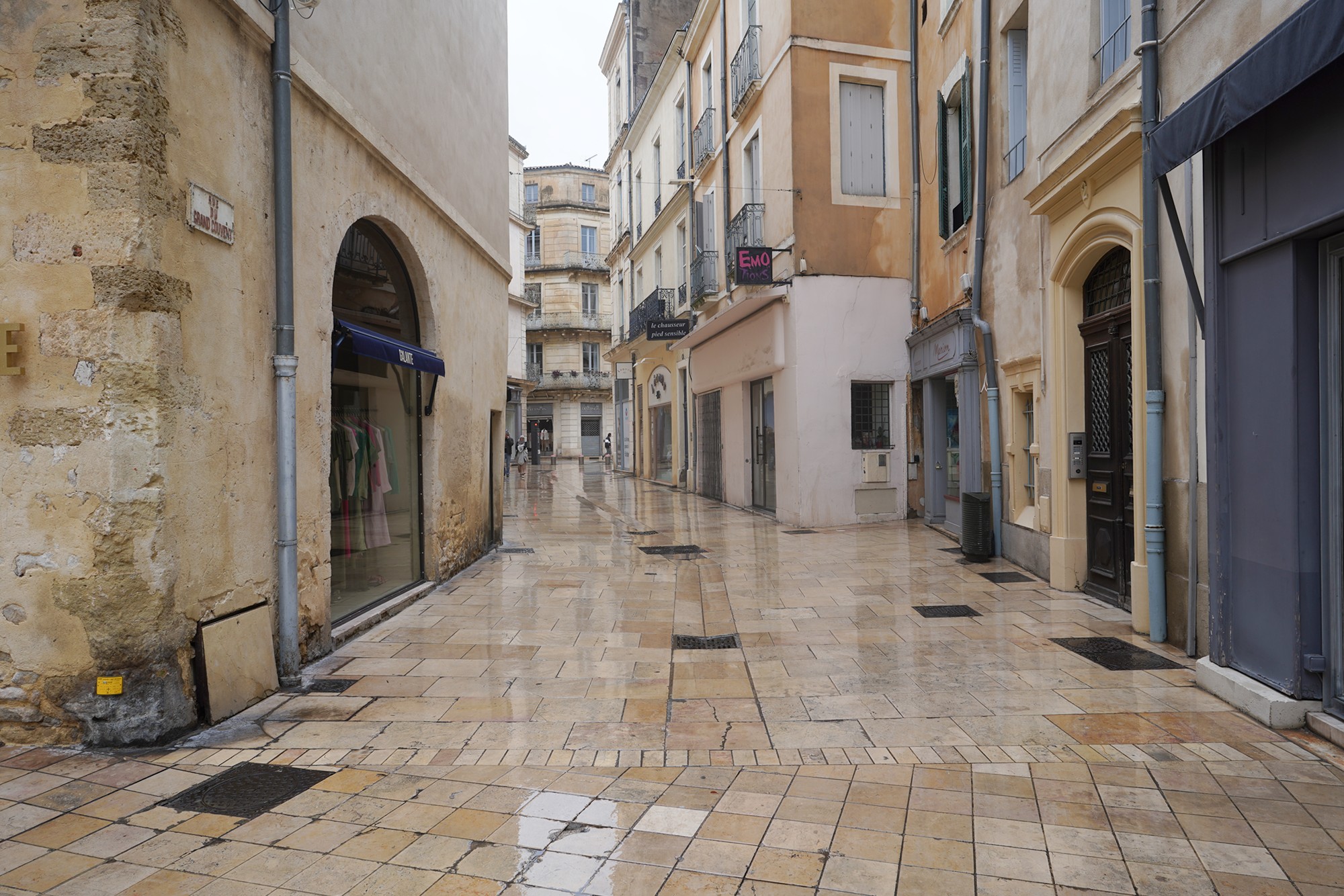
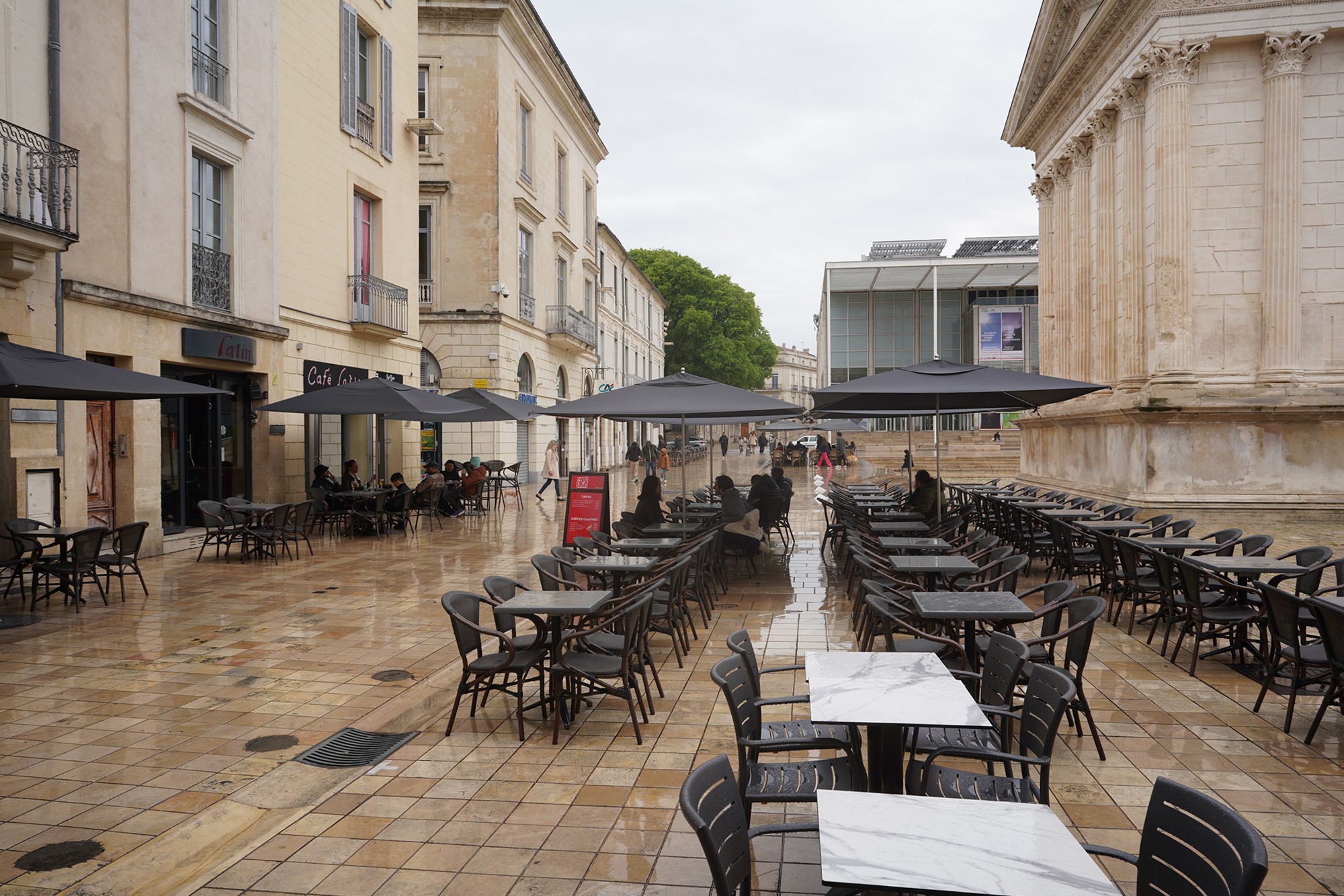
The Maison Carrée is a Roman temple dedicated to the sons of Agrippa, a prominent Roman statesman.
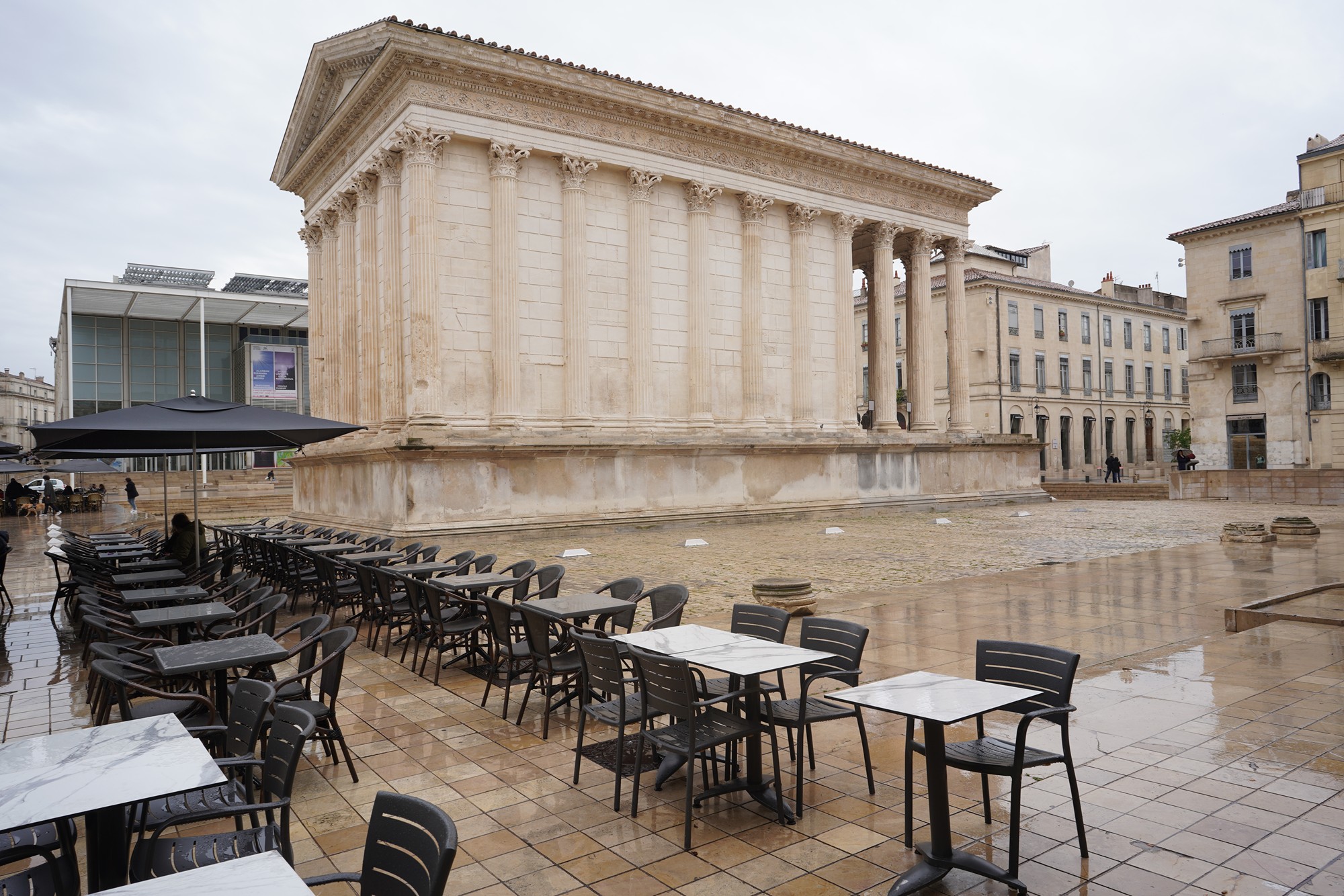
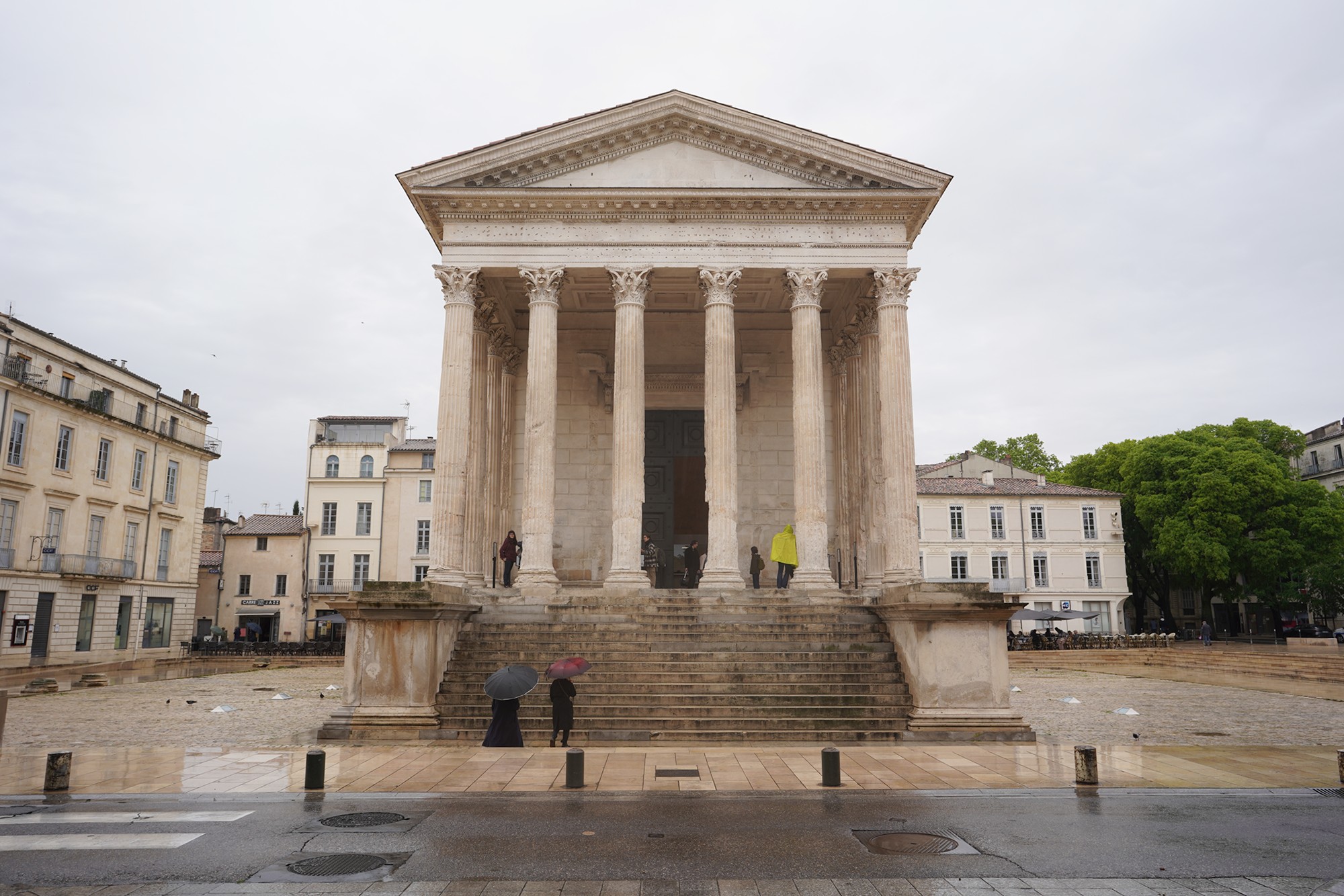
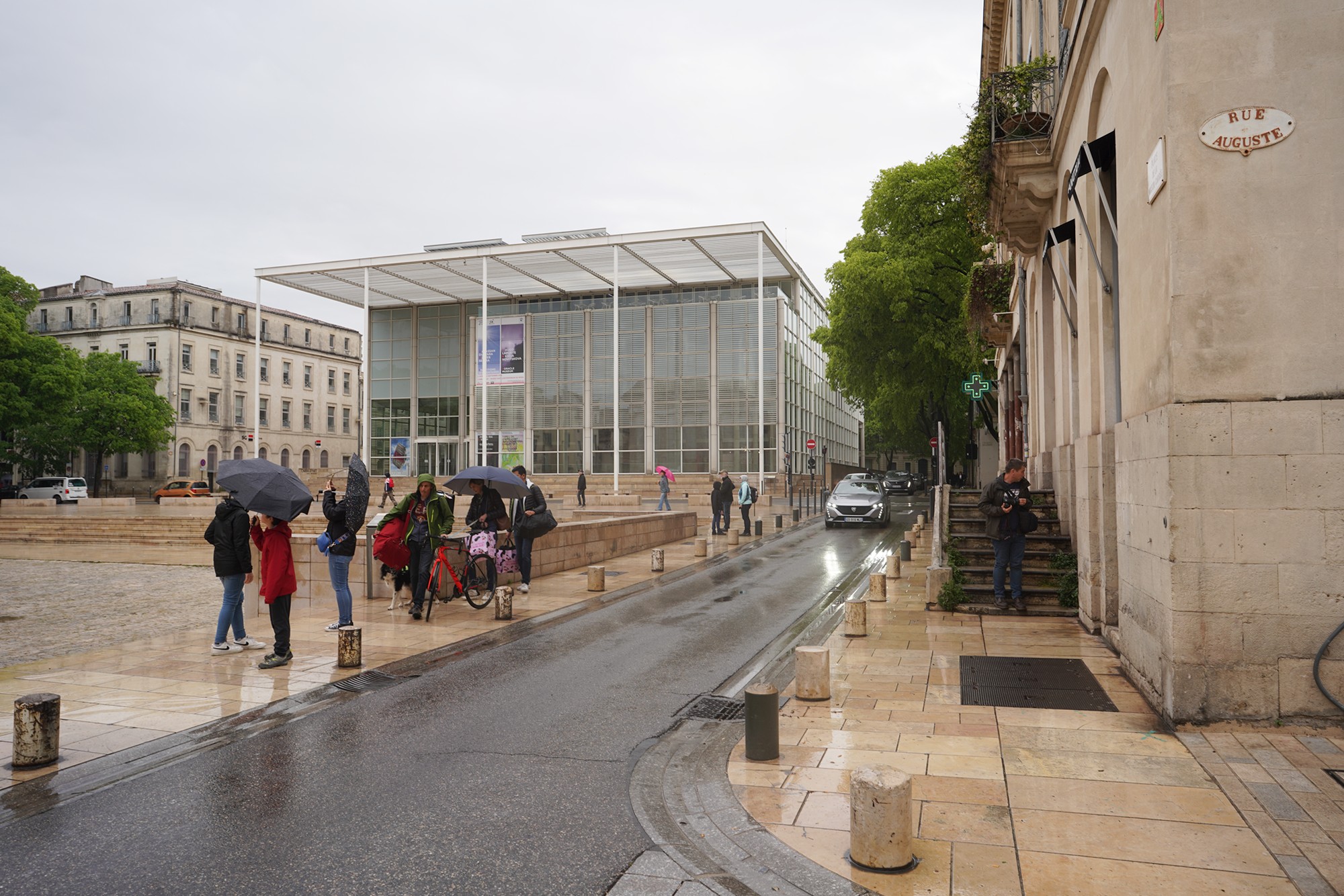
Built in the late 1st century BCE, it is one of the best-preserved Roman temples, characterized by its classical architecture with Corinthian columns and a deep portico.
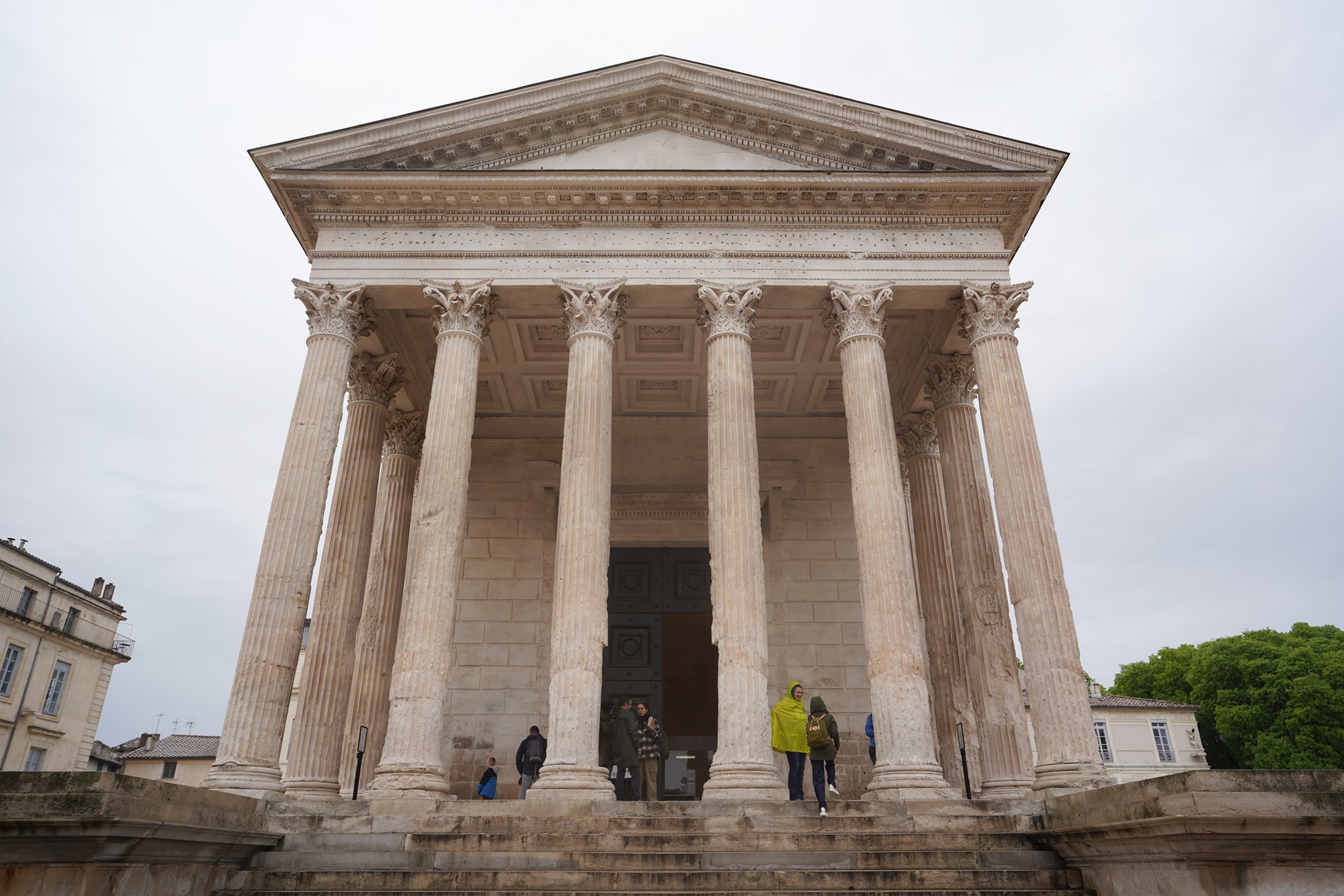
It now houses a small museum and serves as a tourist attraction.
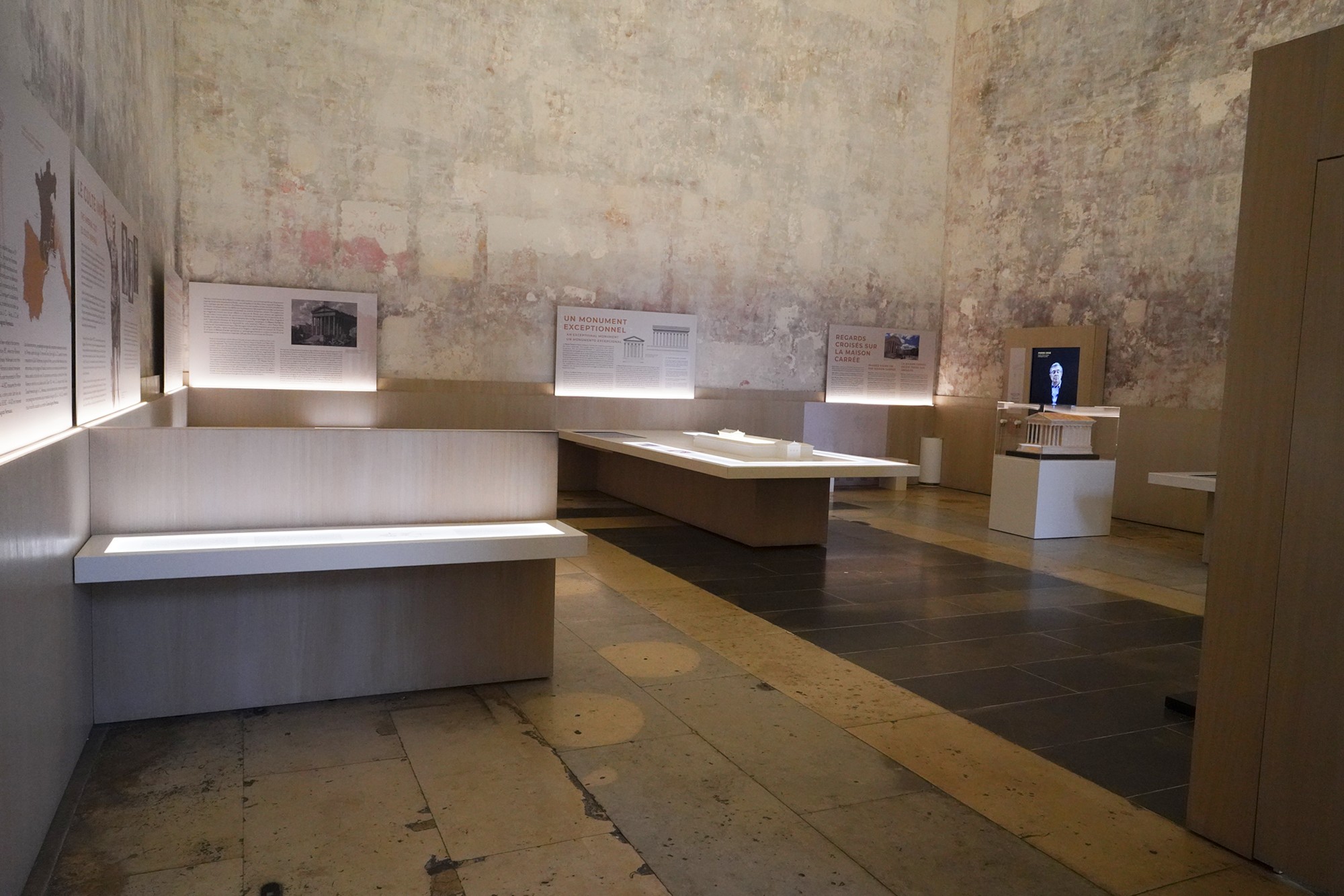
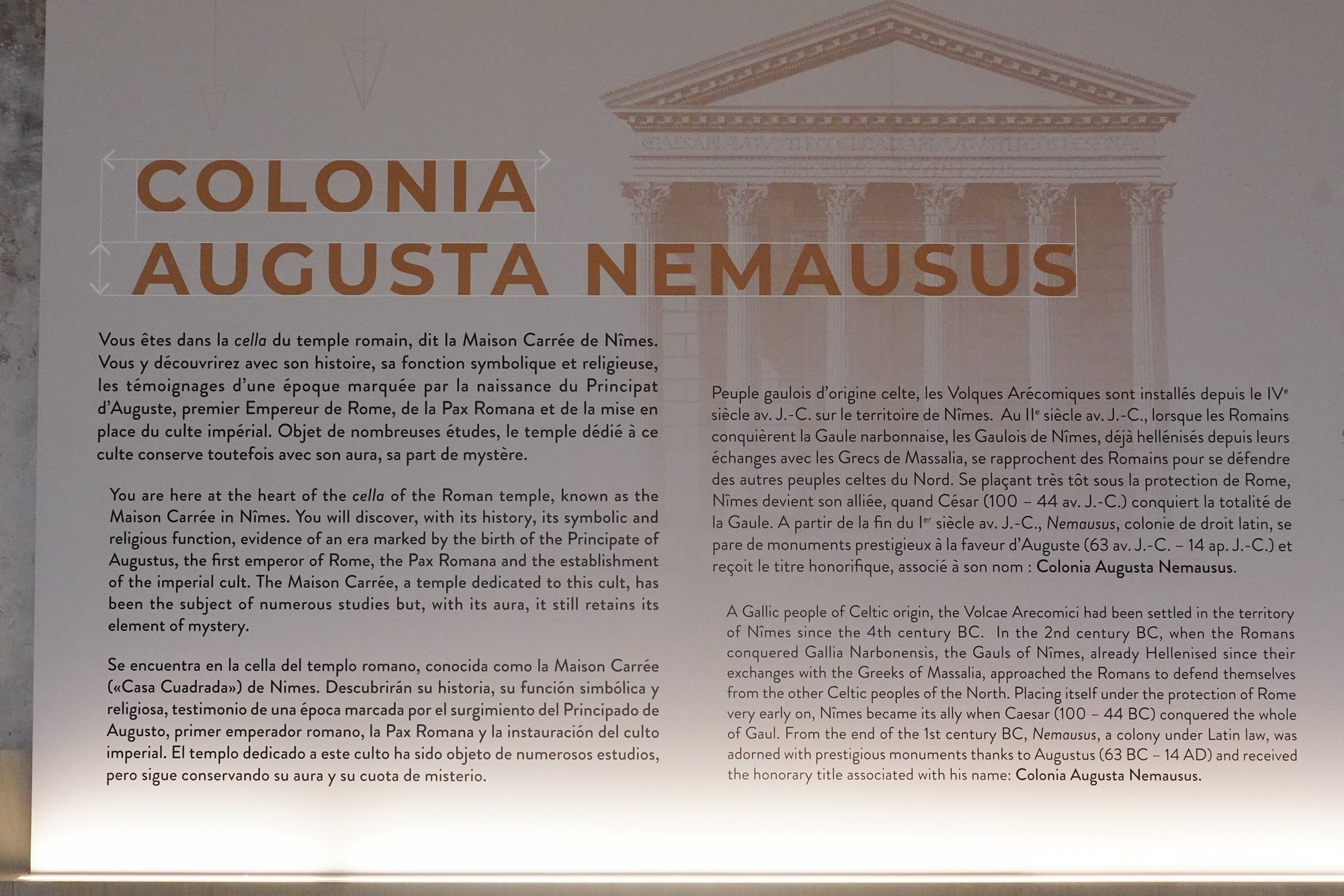
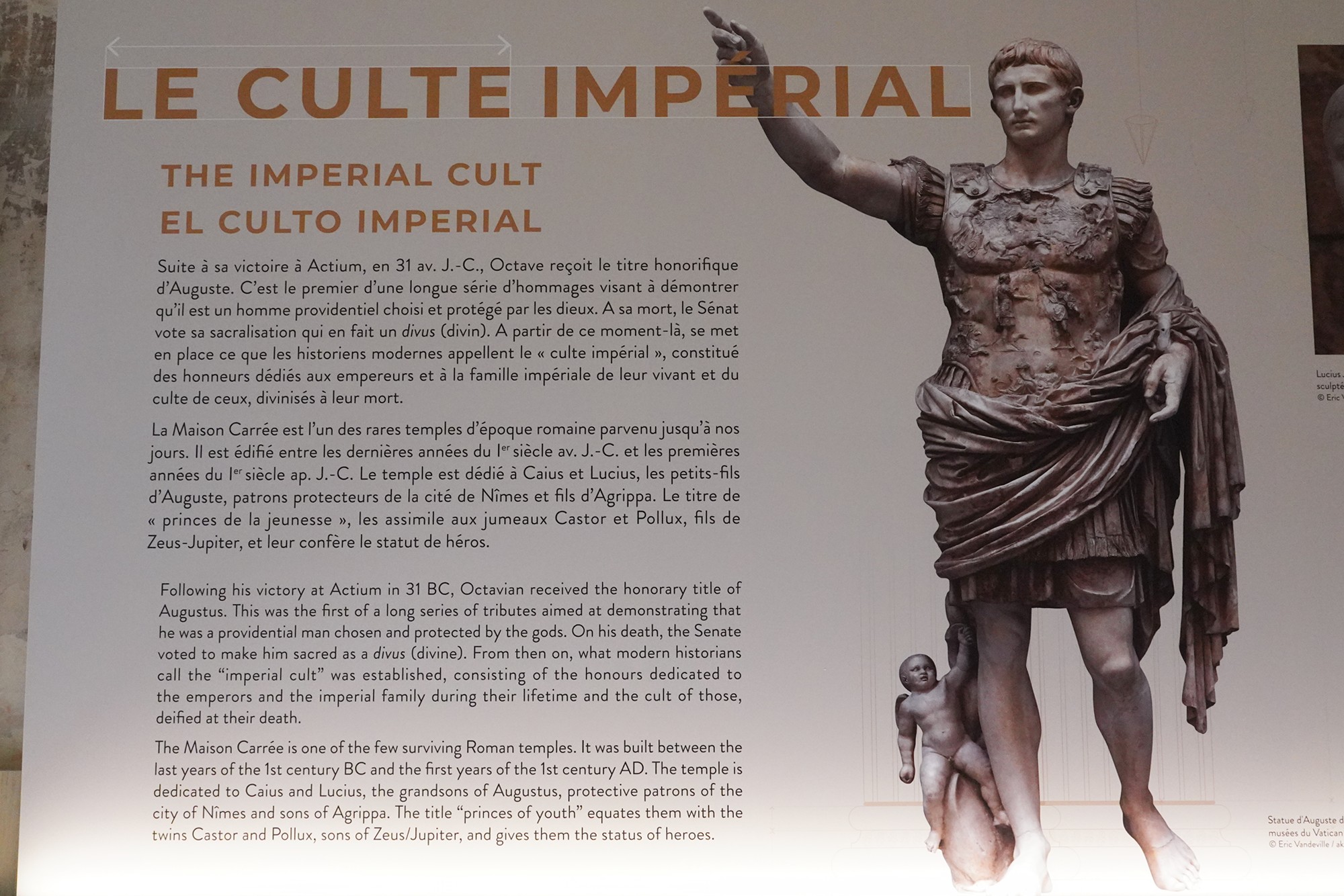
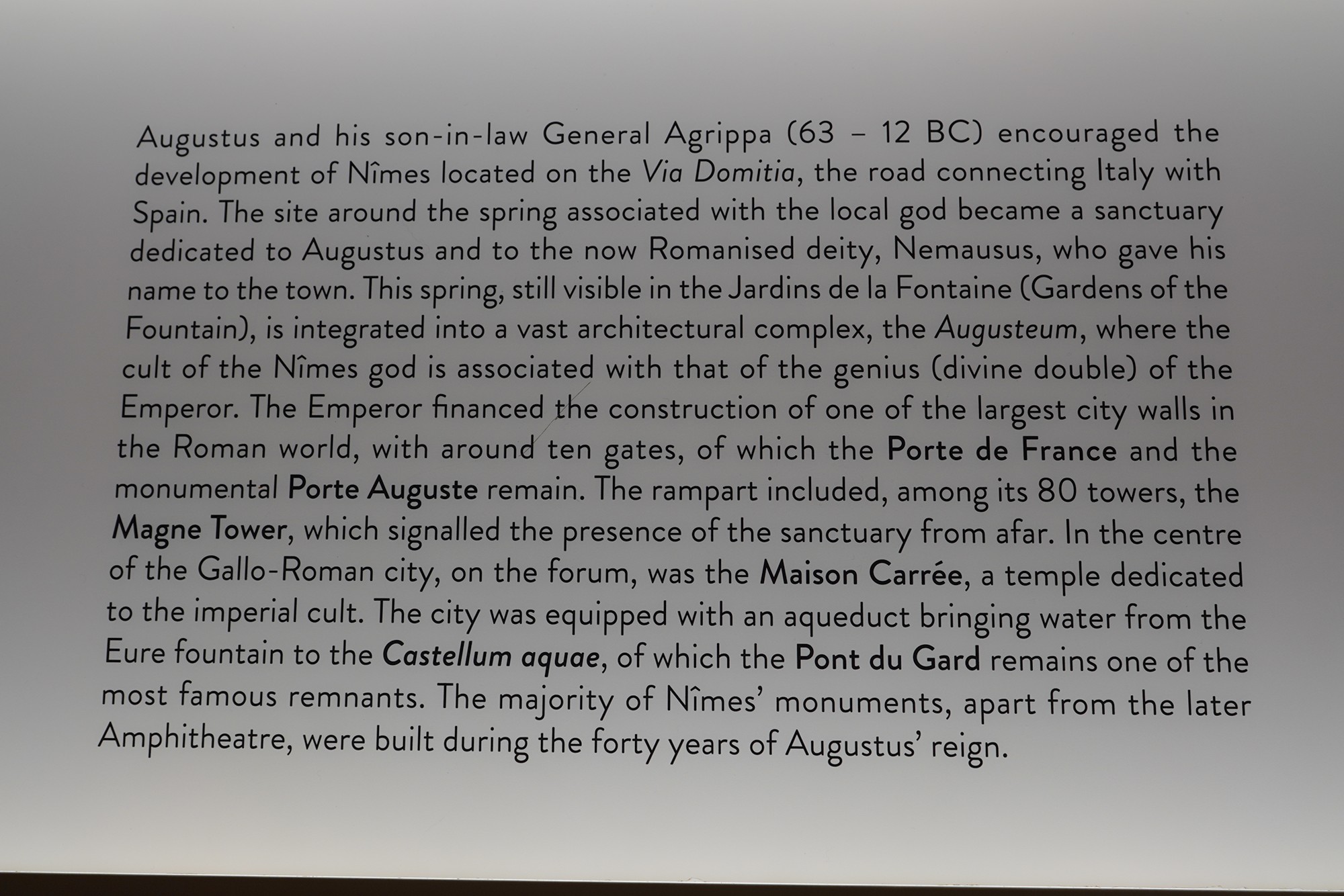
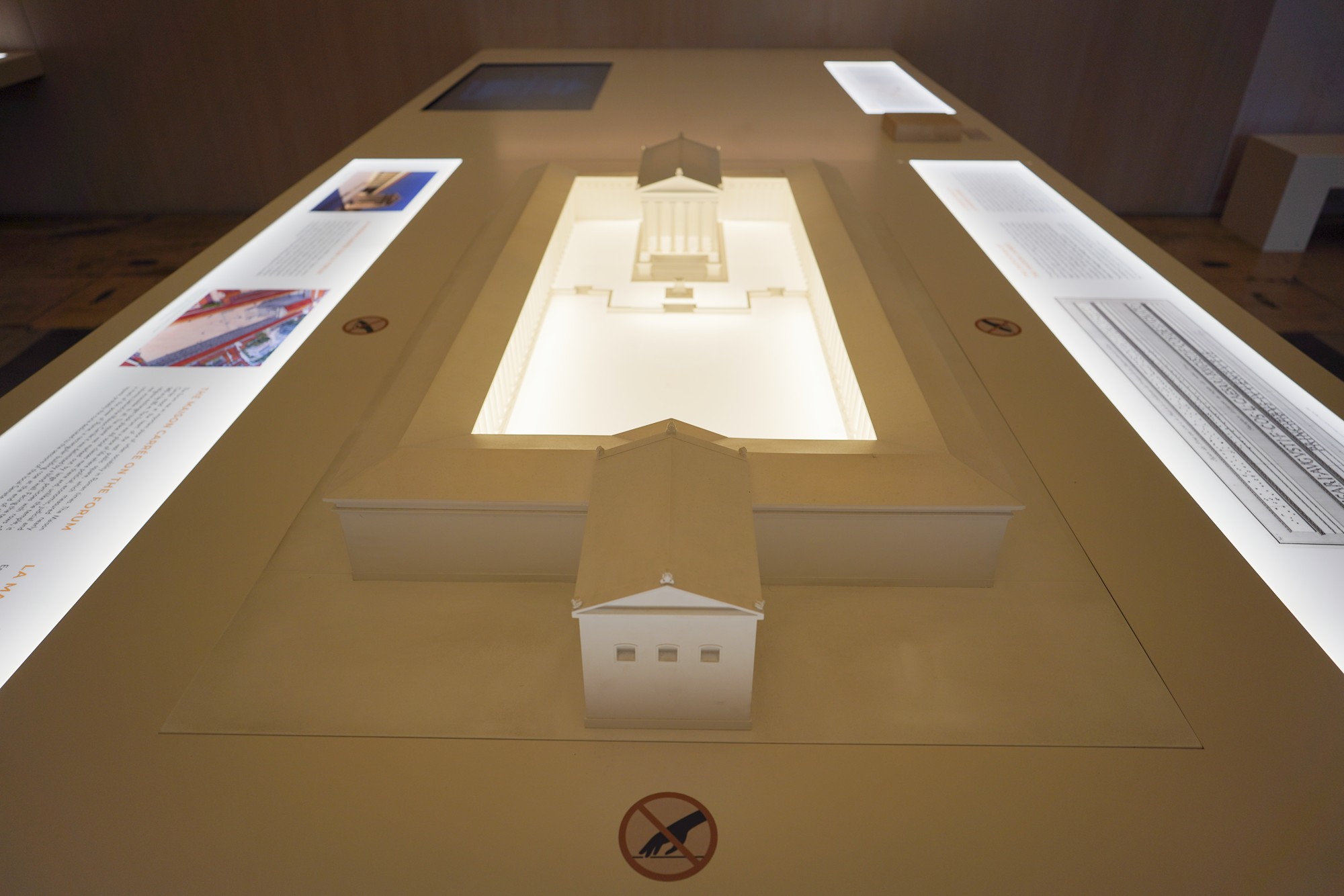
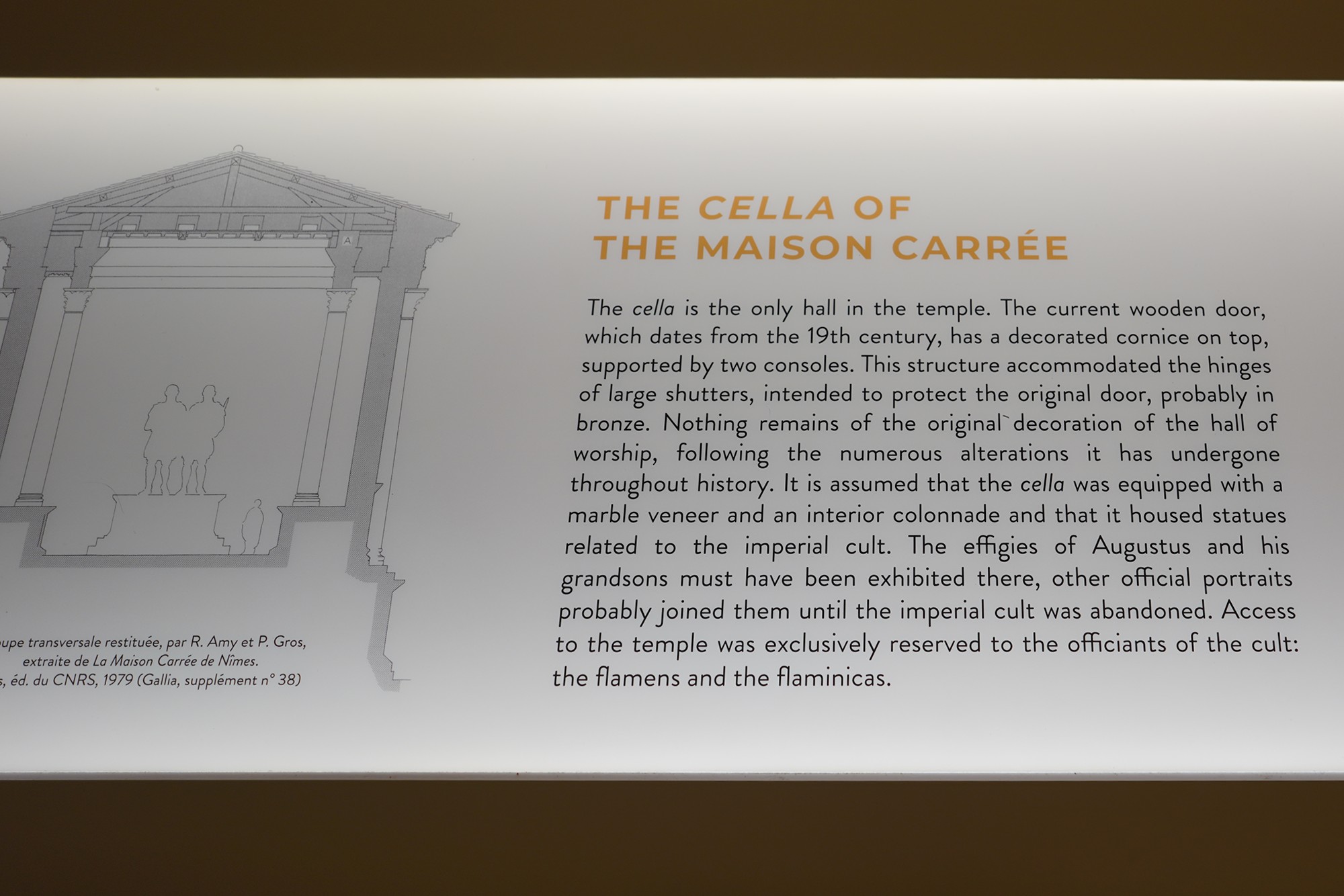
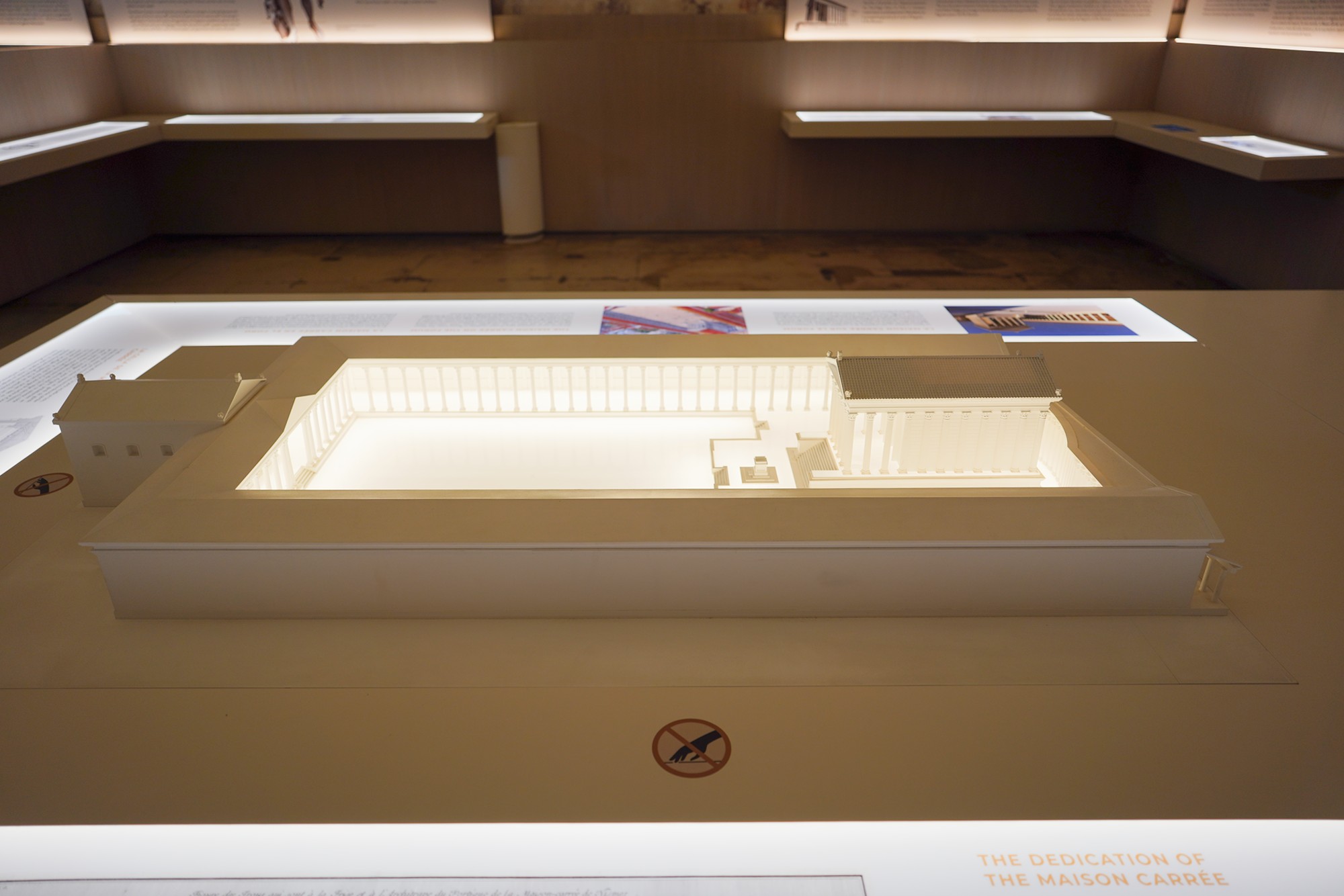
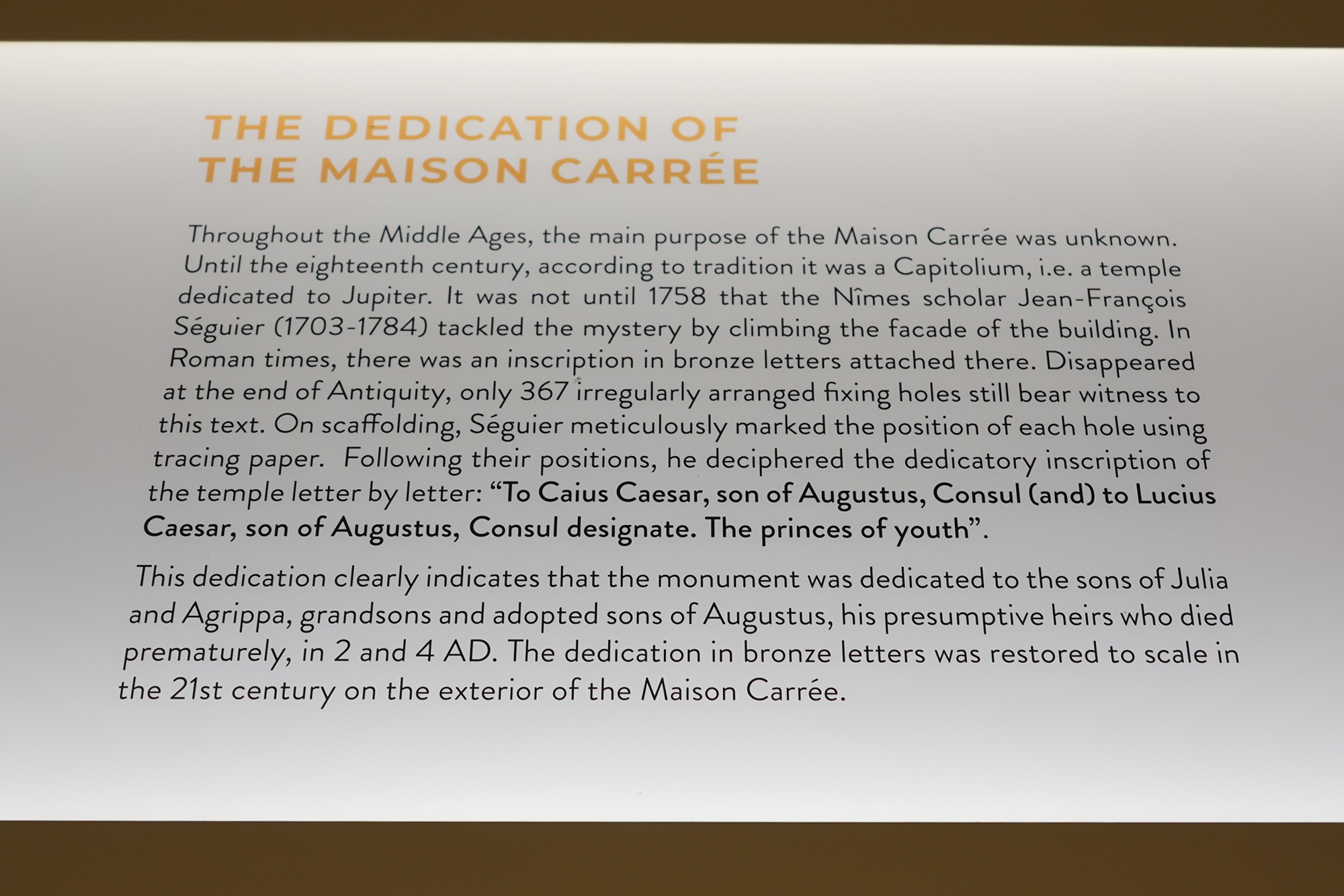
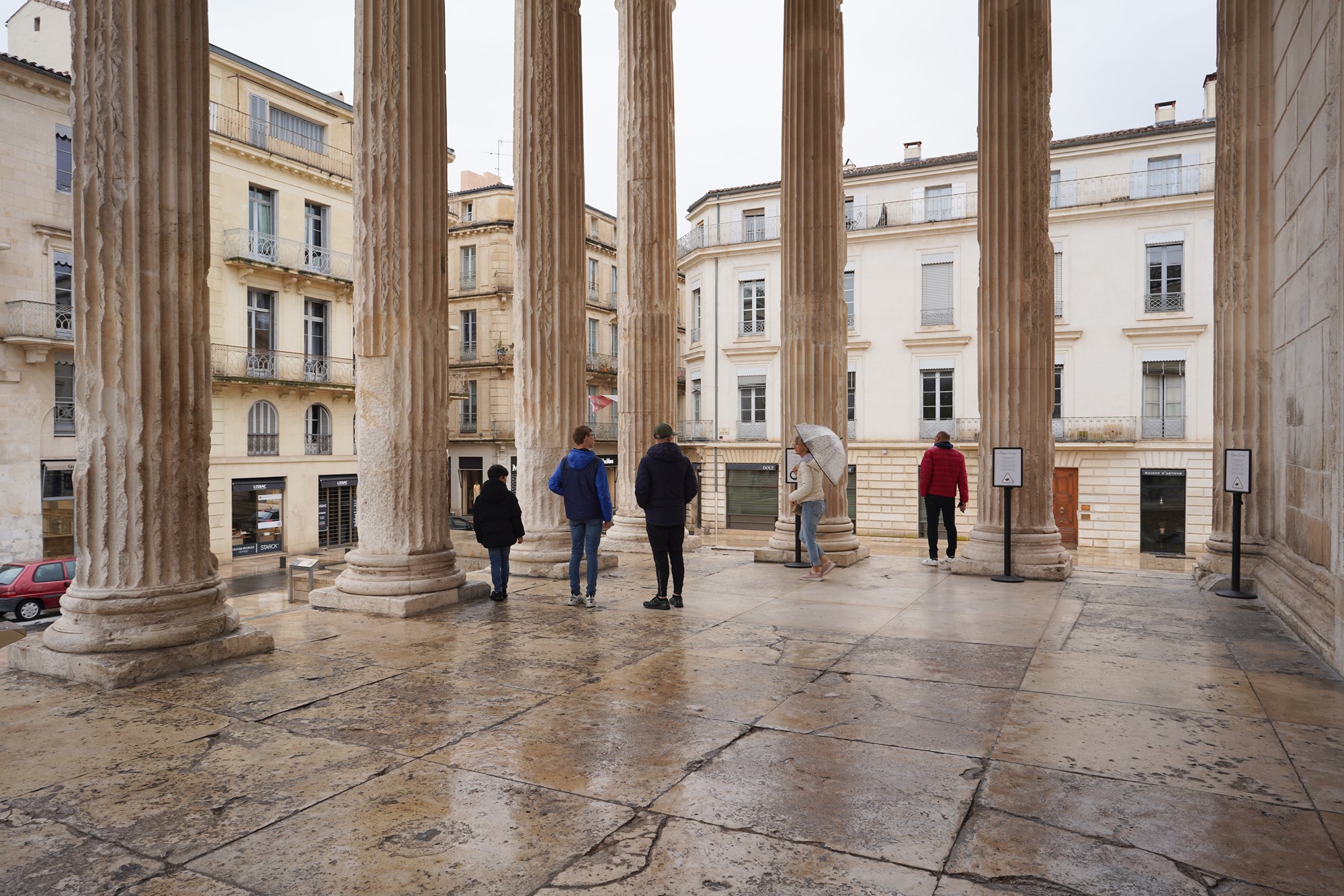
Walked back to the train station for Arles
